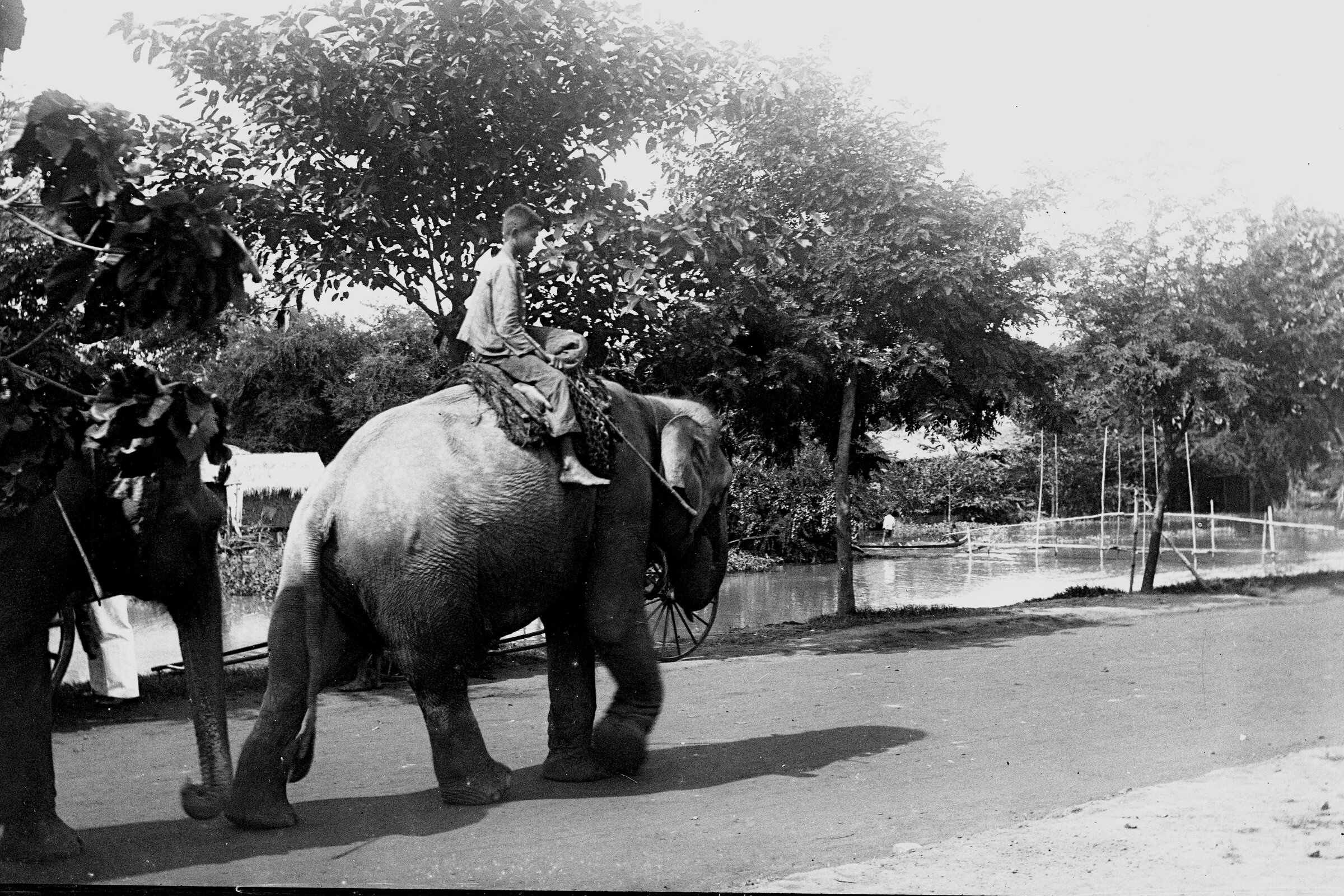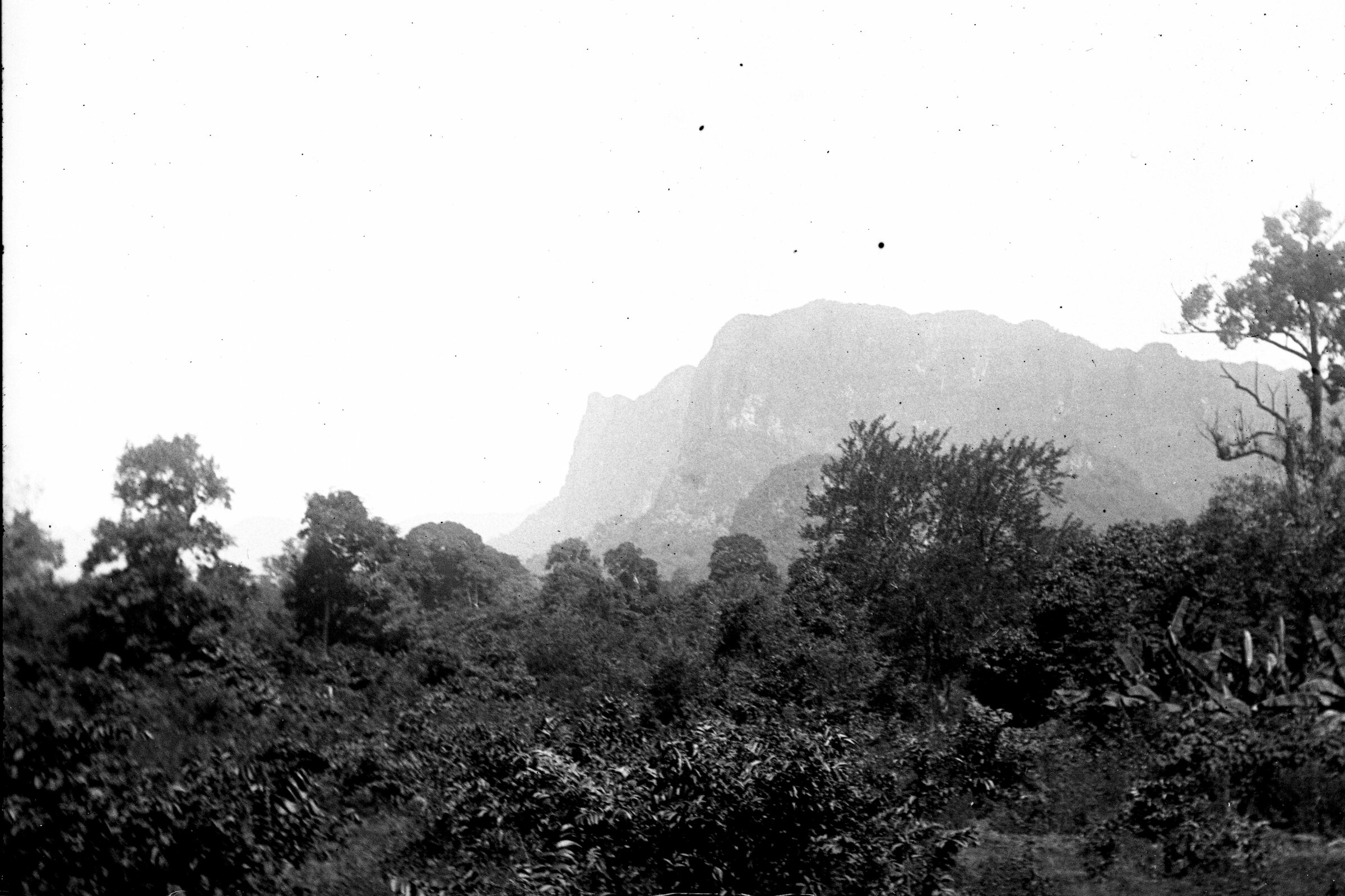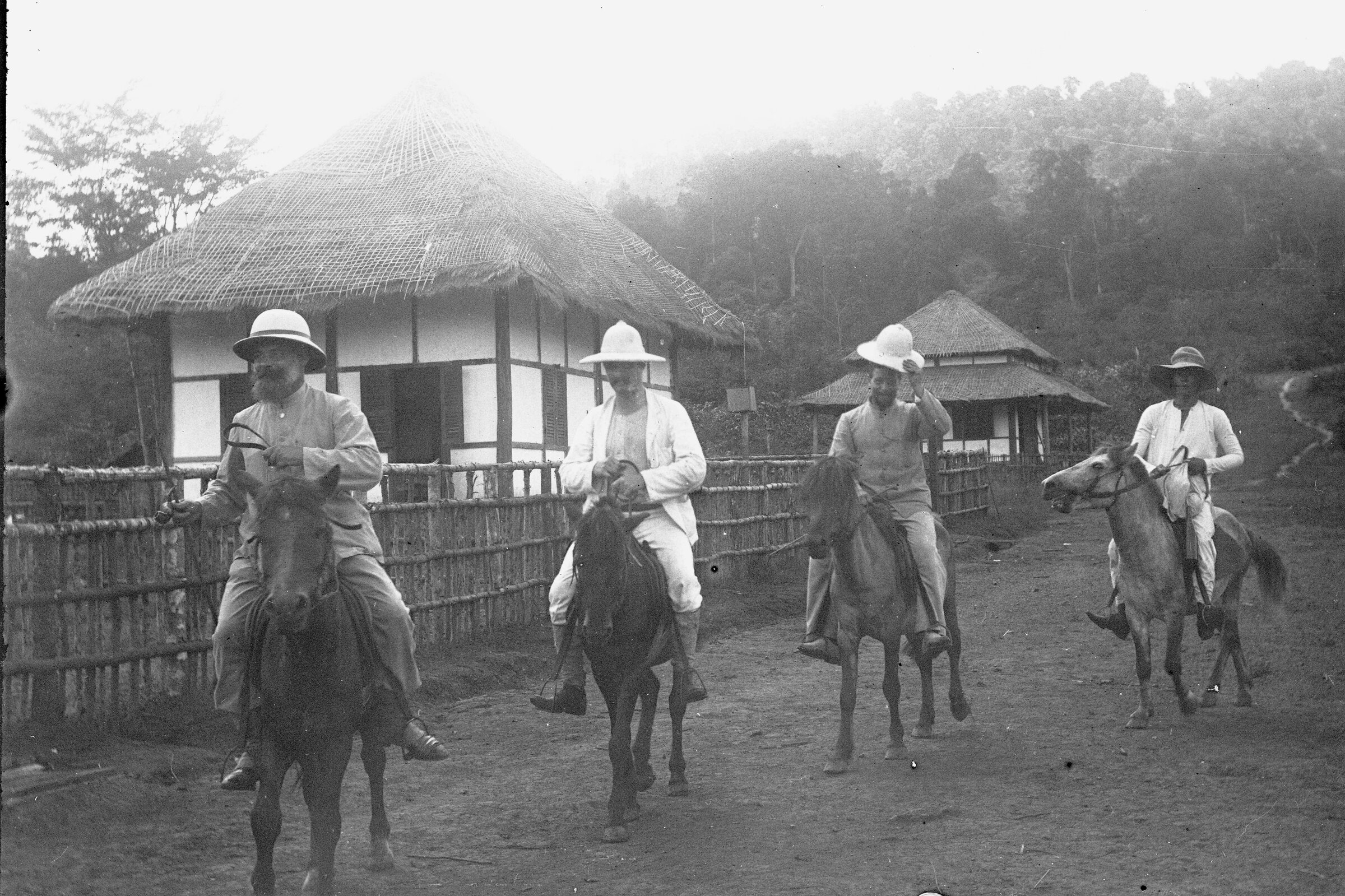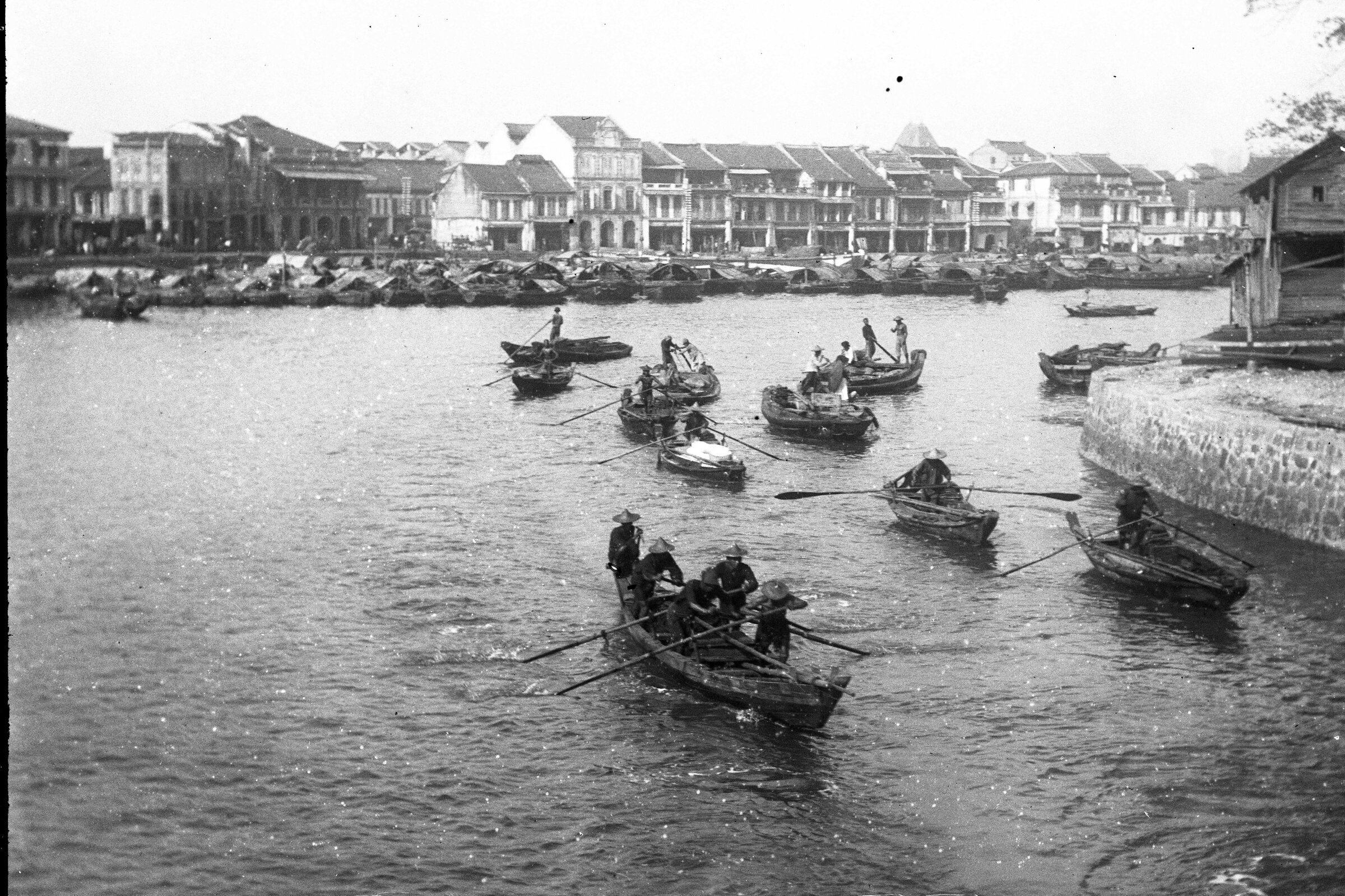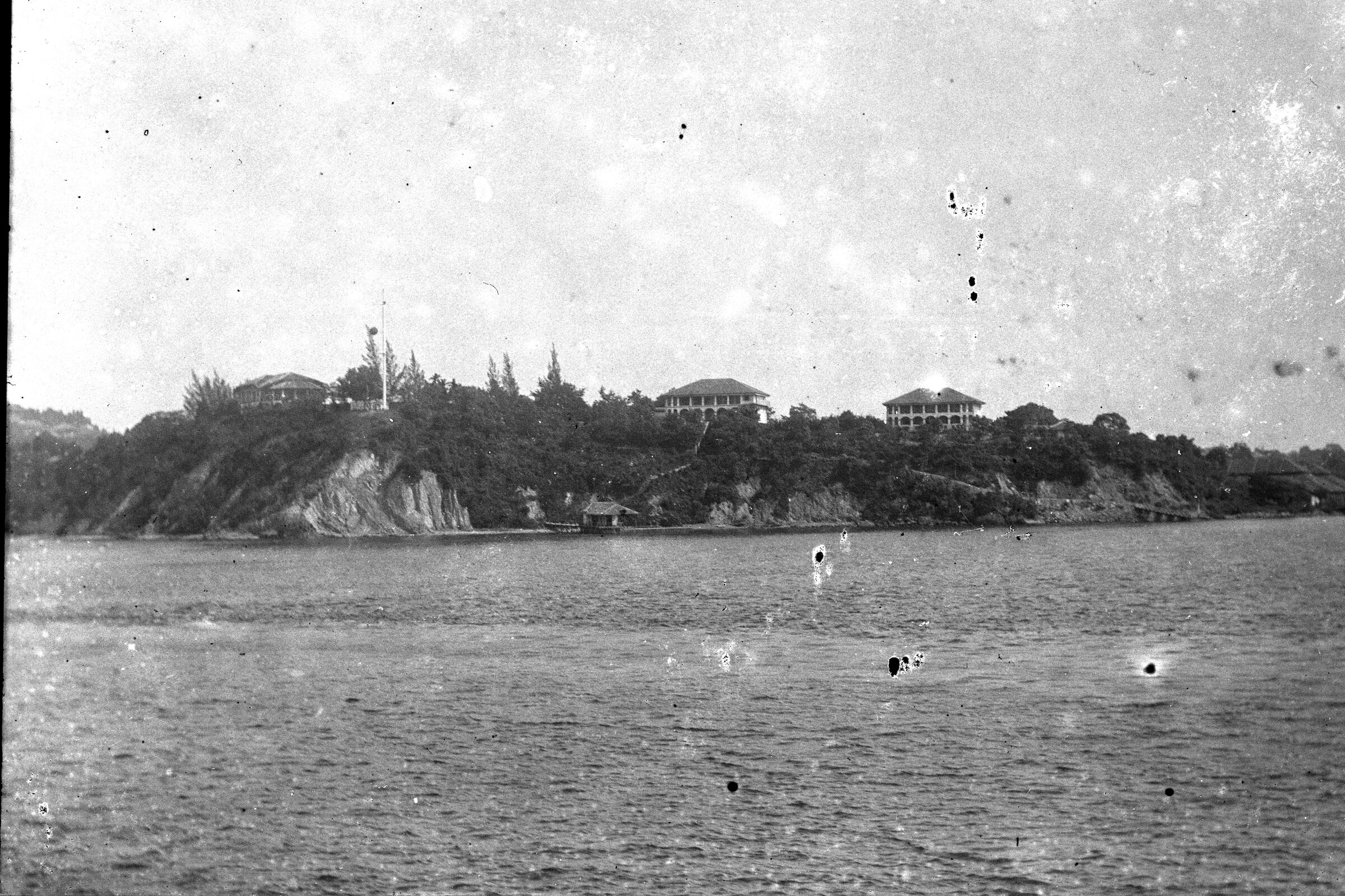Visions of Southeast Asia by....Louis Gascuel
by Louis Gascuel
A rare photographic account on Saigon, Cambodia, Laos and Singapore dating back from 1904, by a civil engineer and talented amateur photographer.



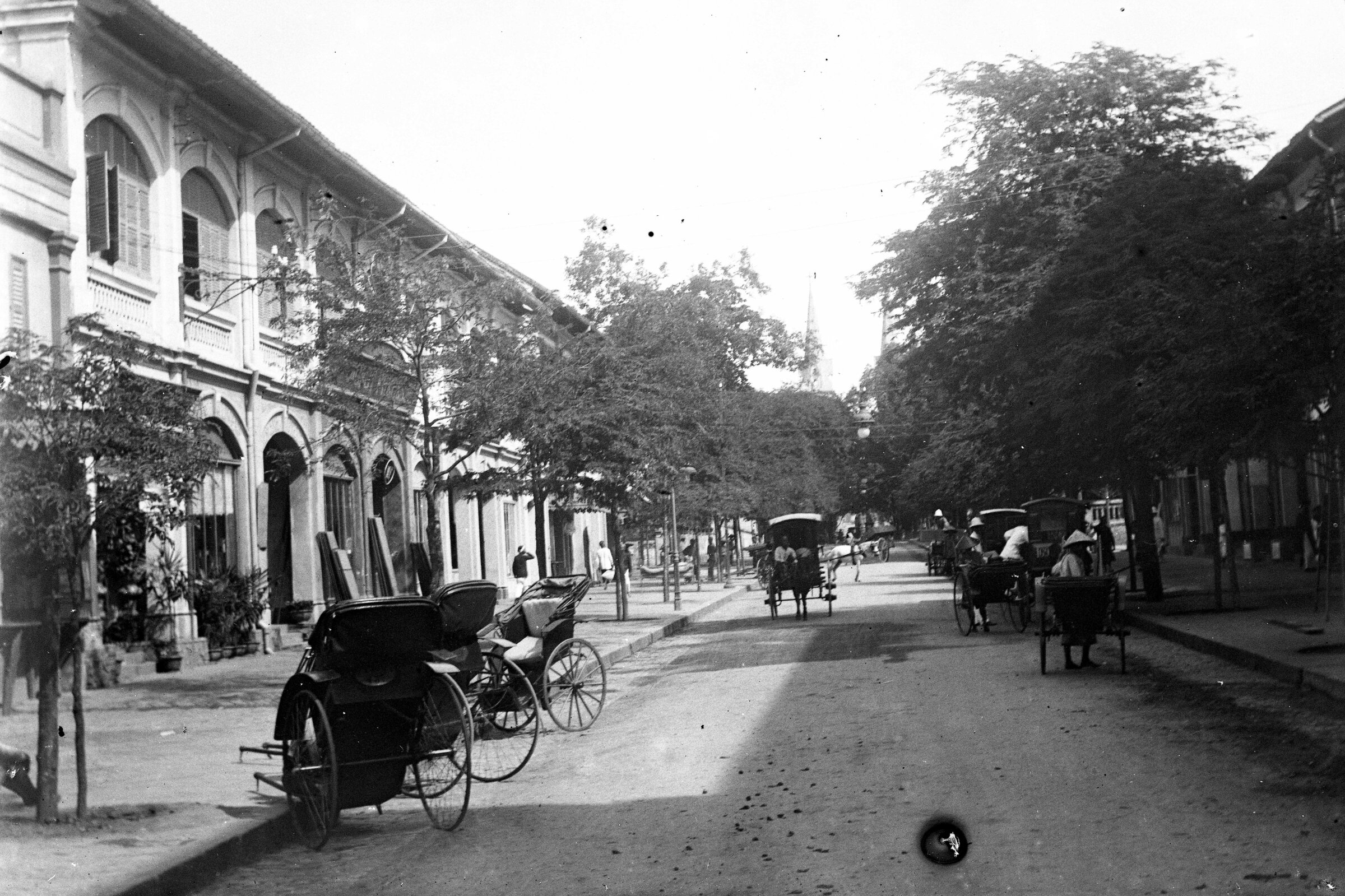

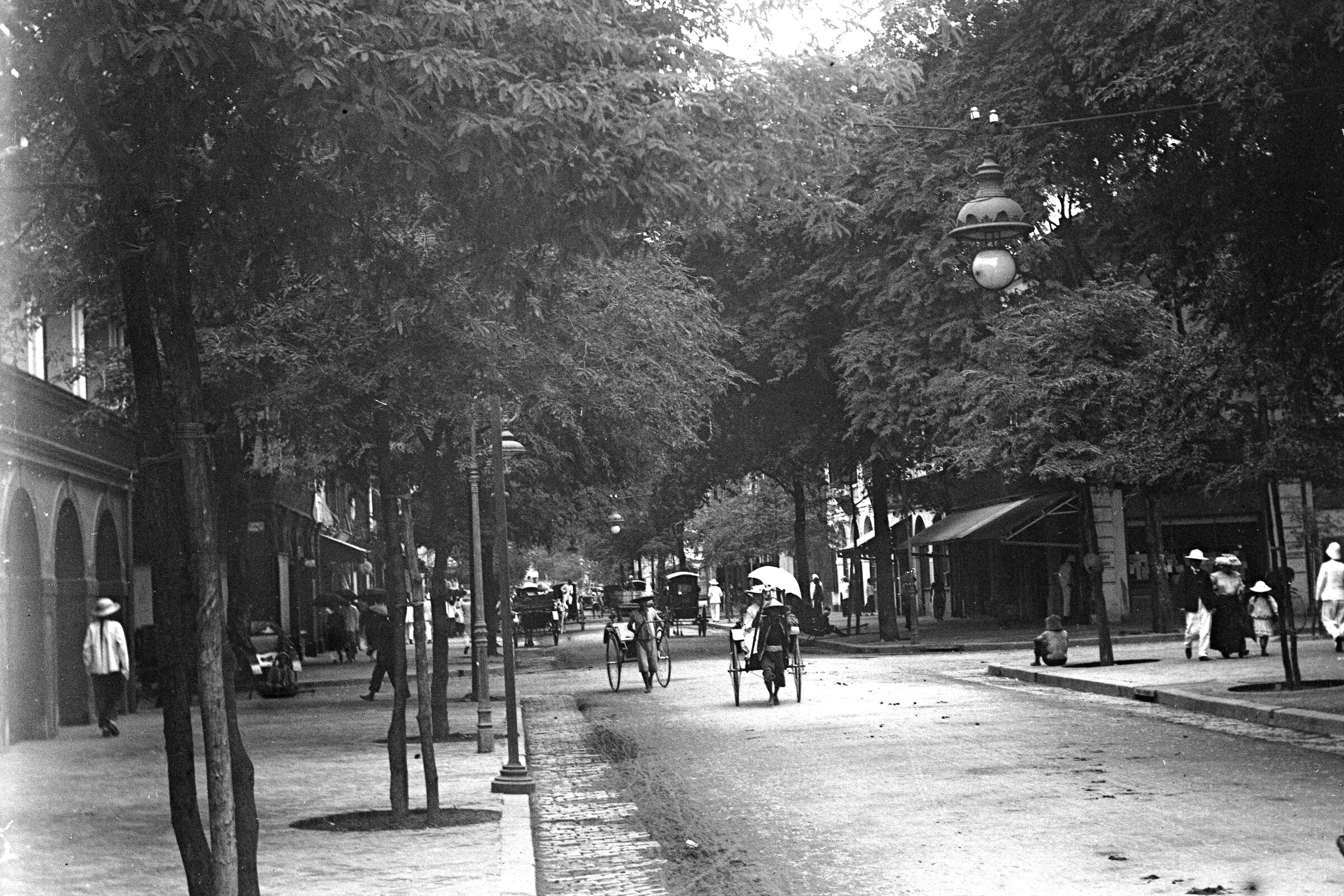


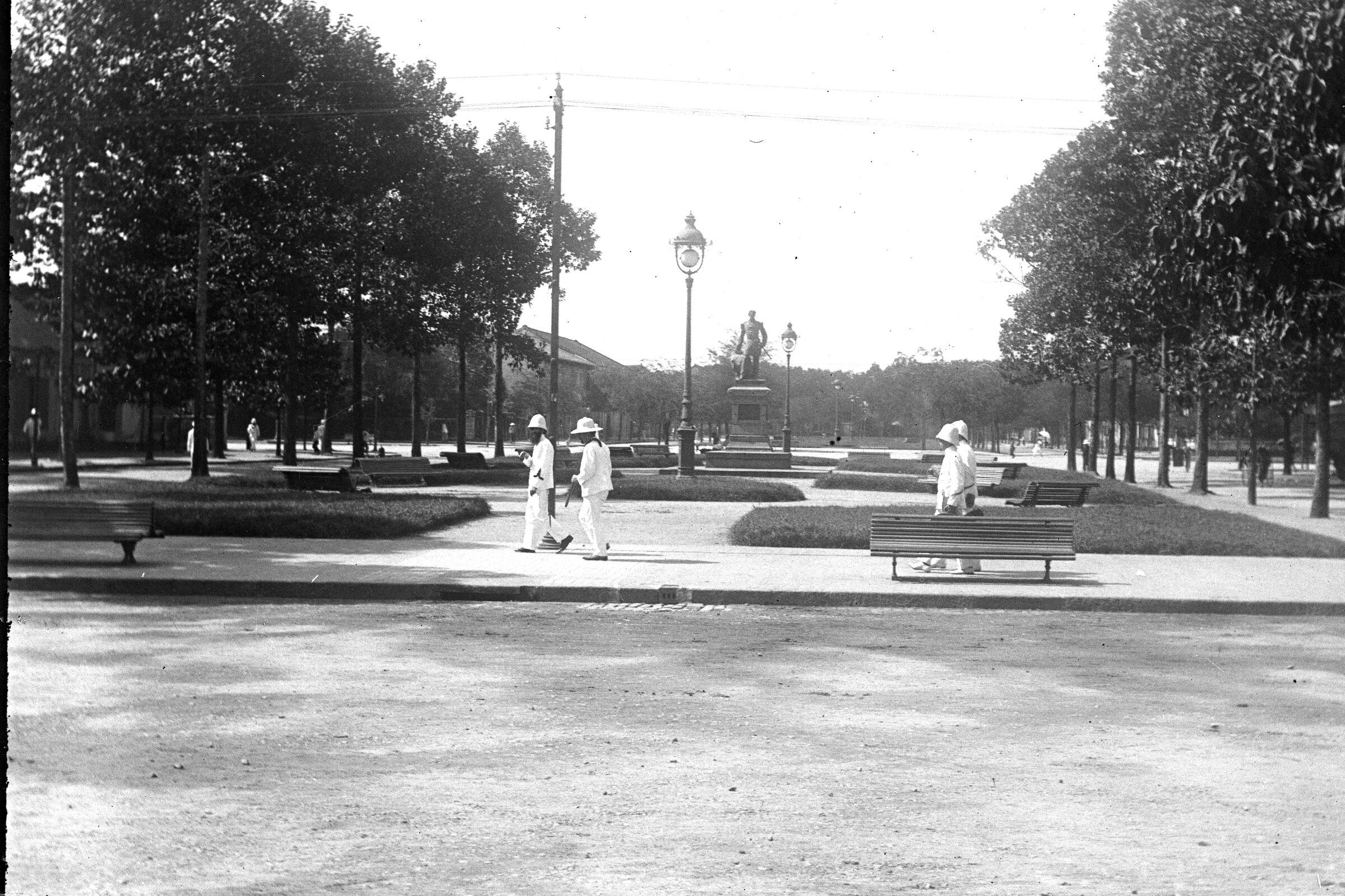
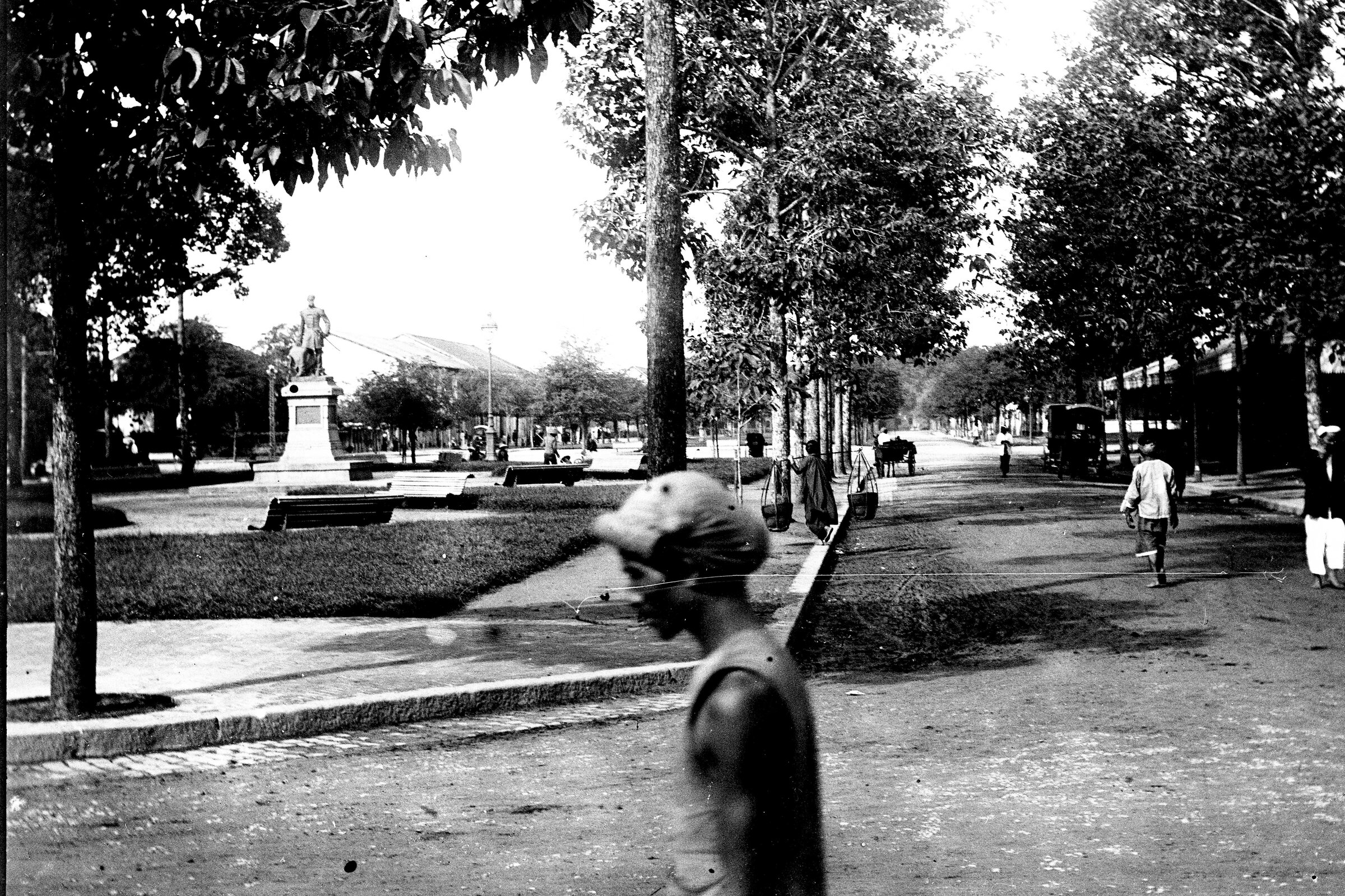
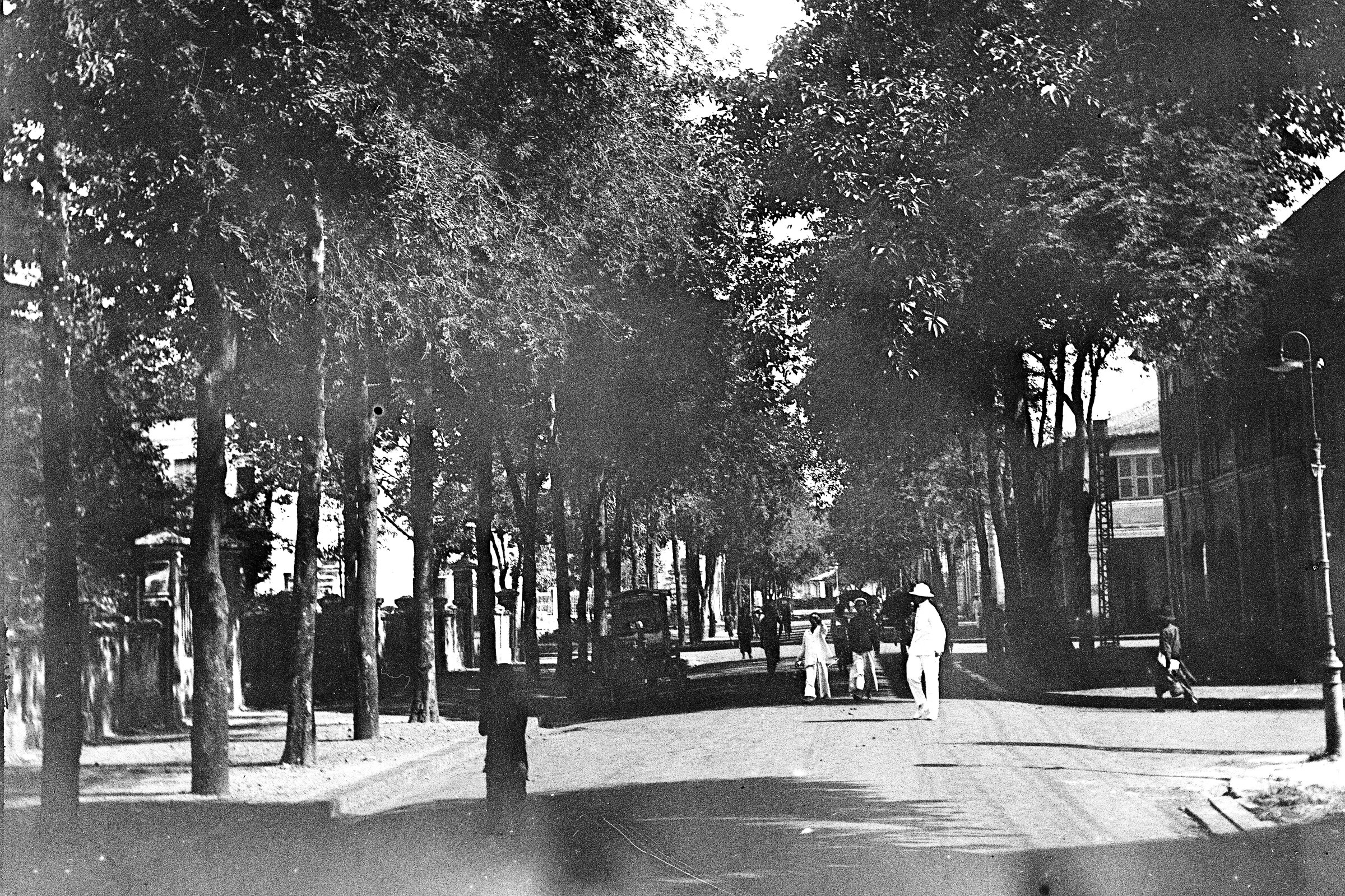
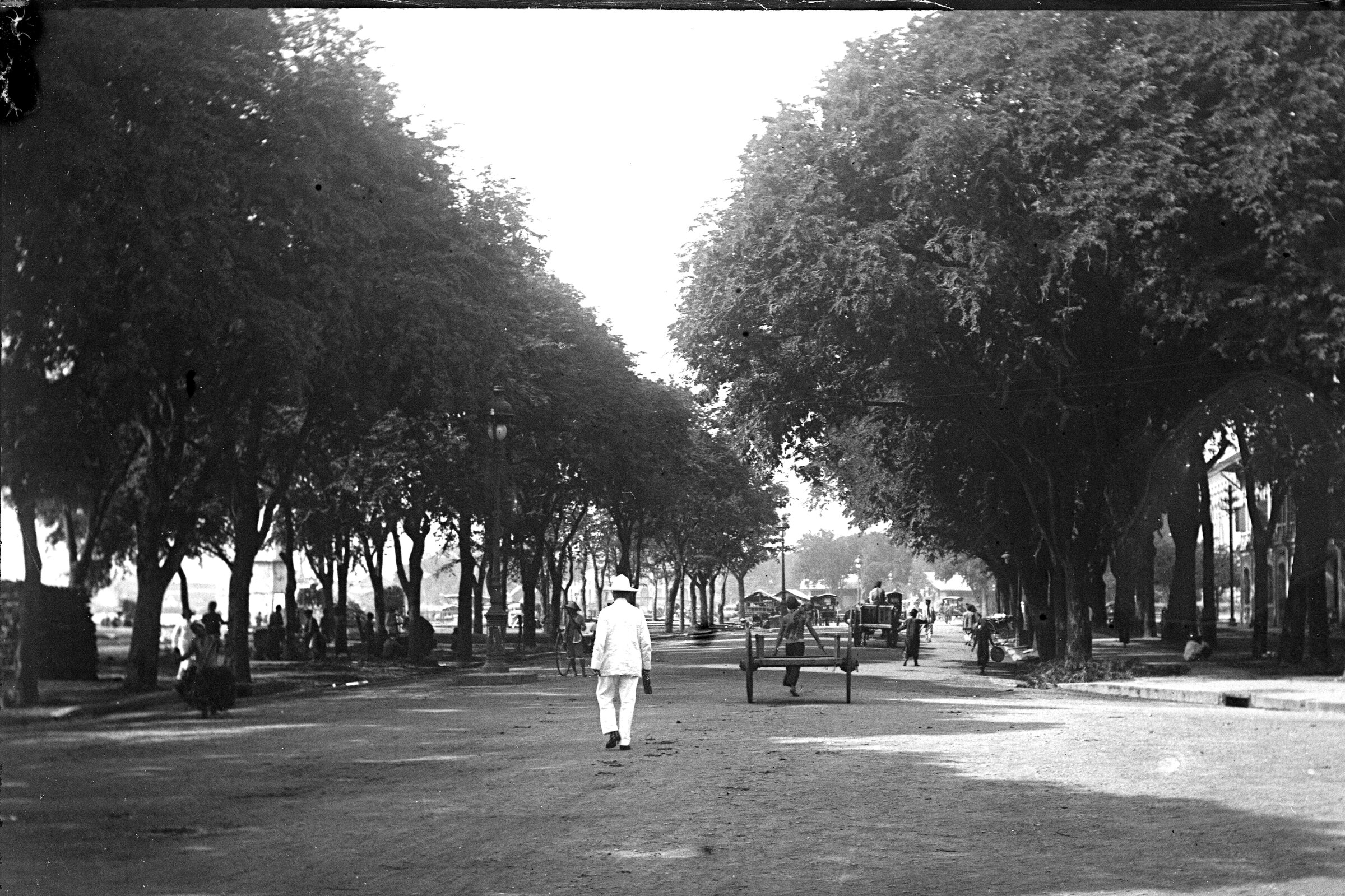
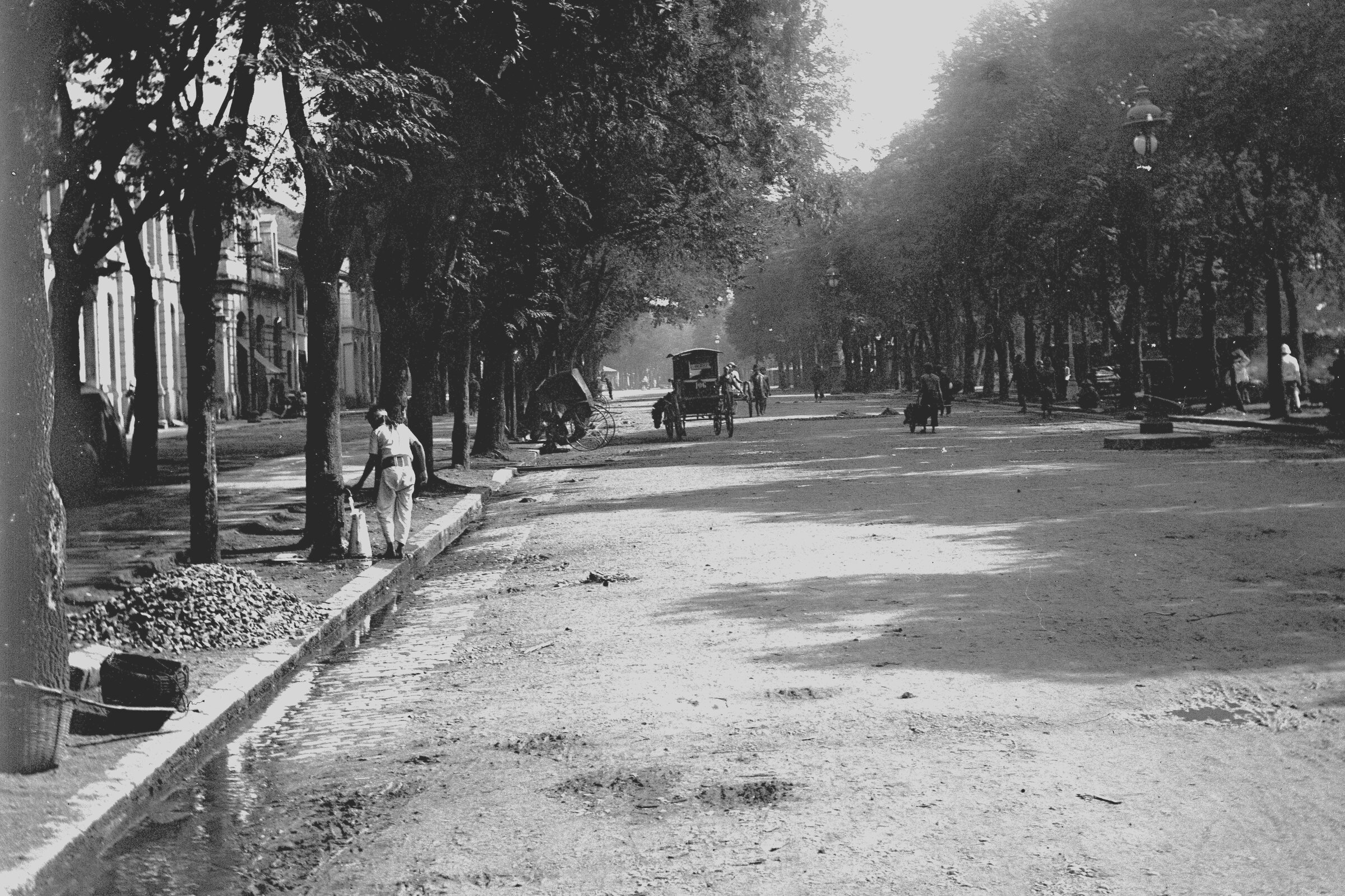

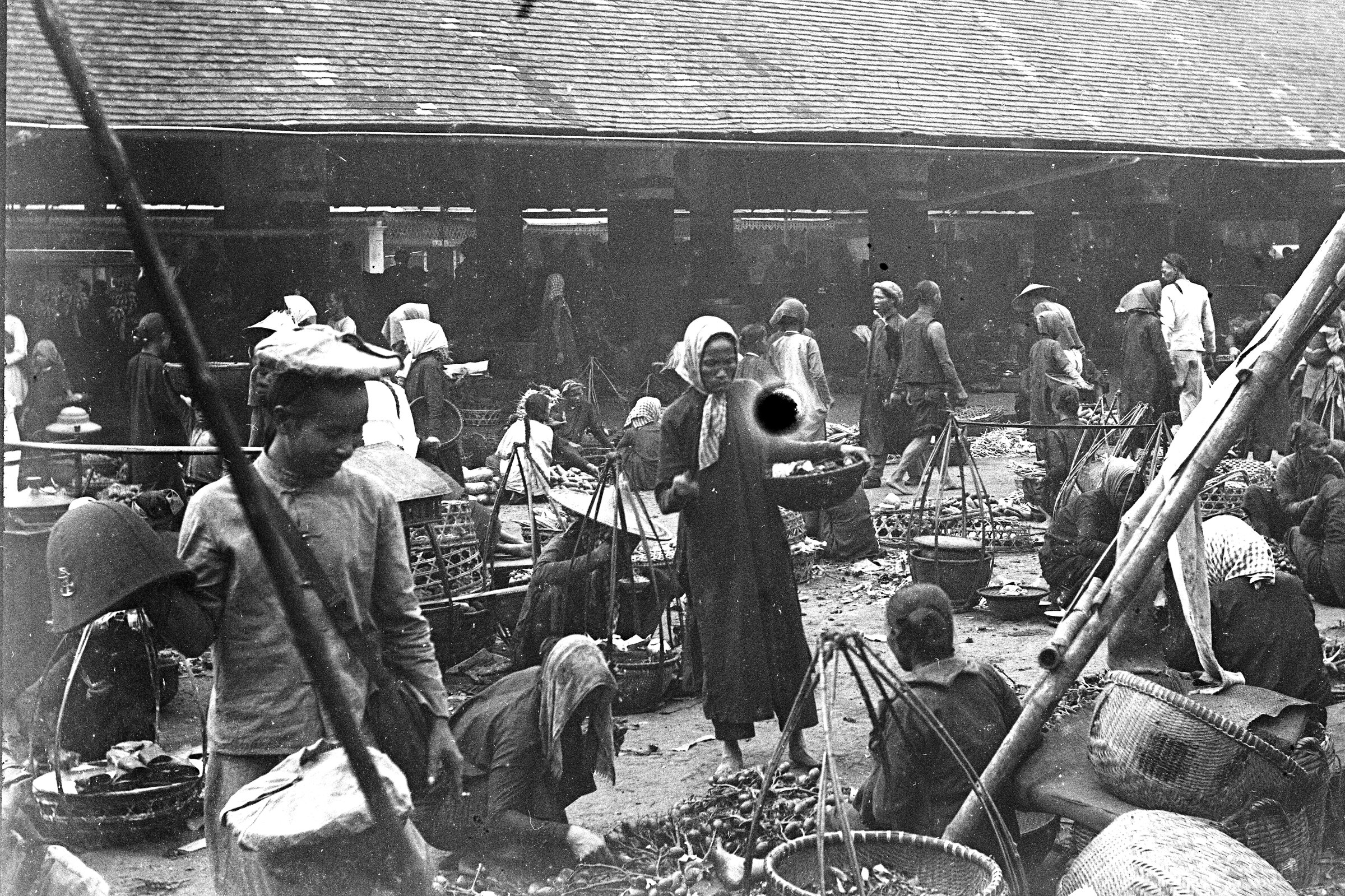
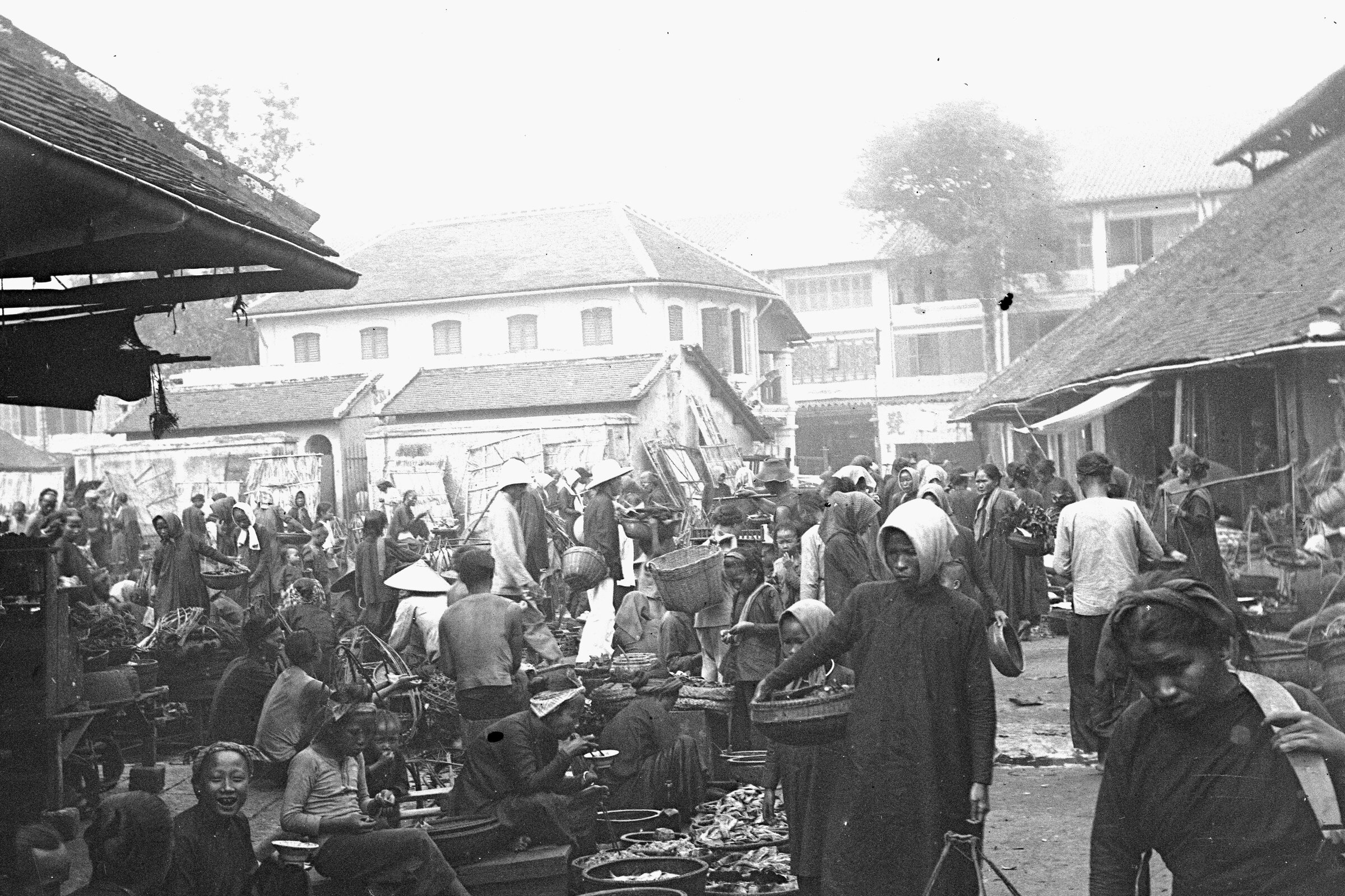
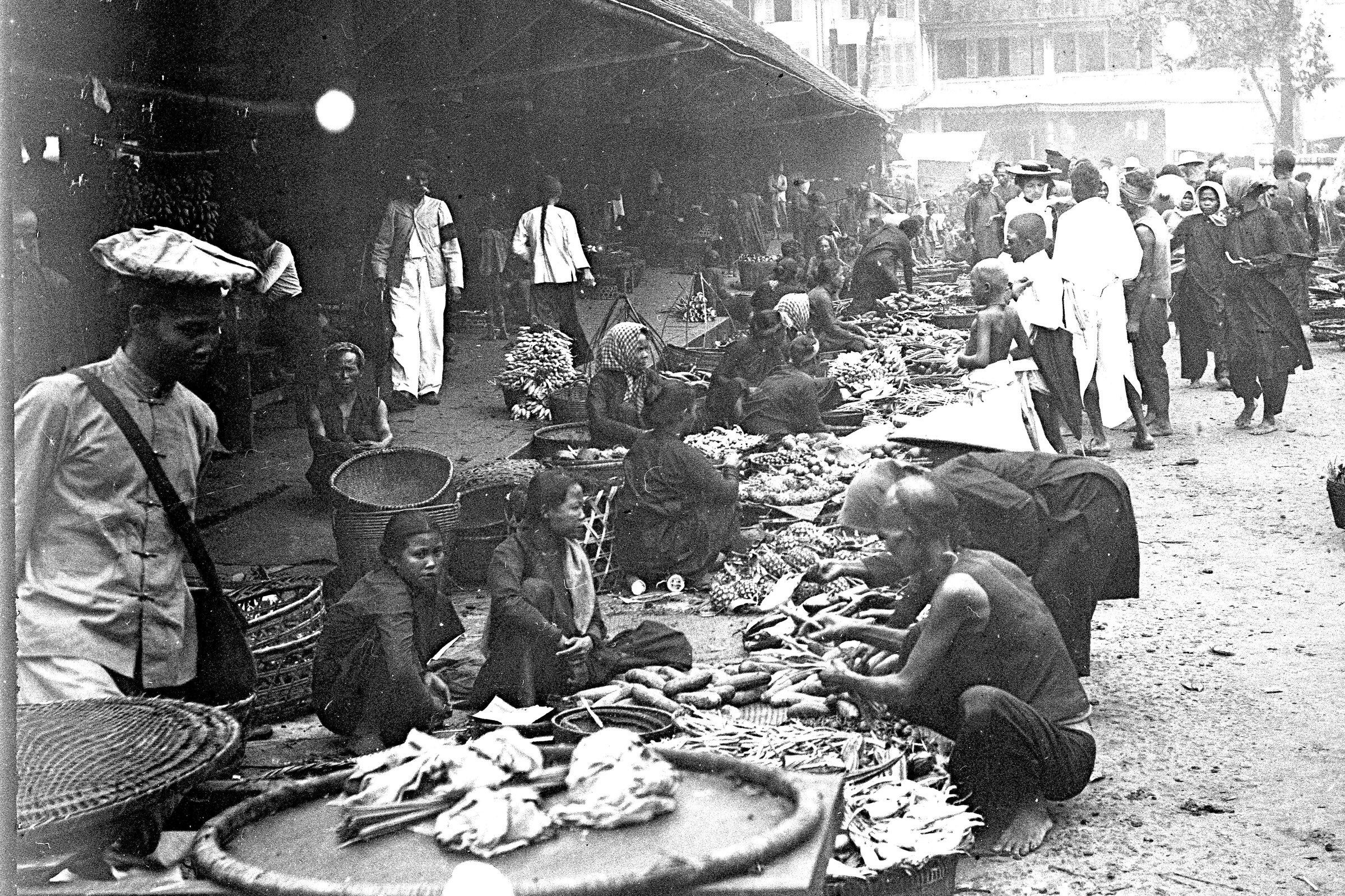
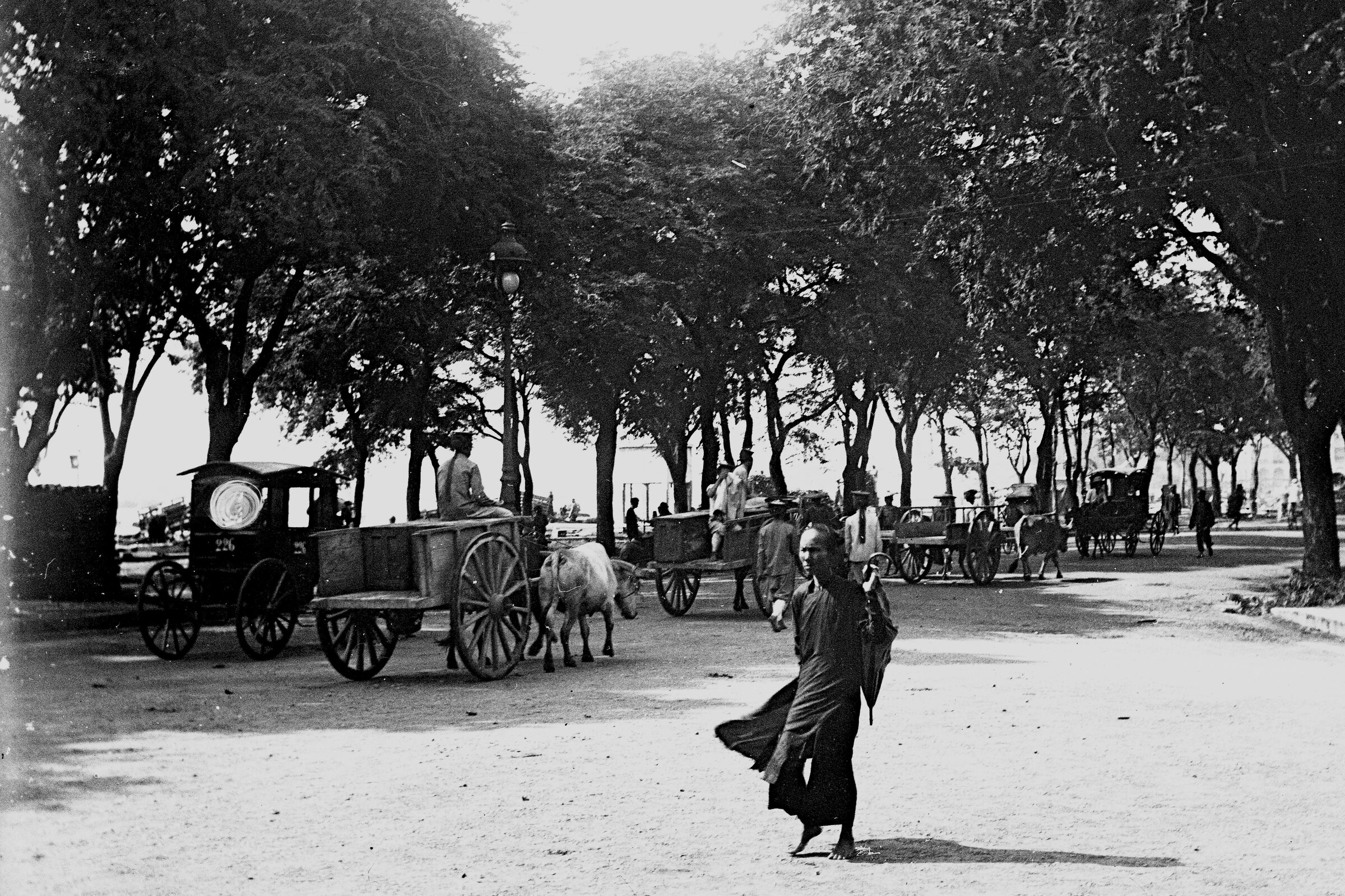



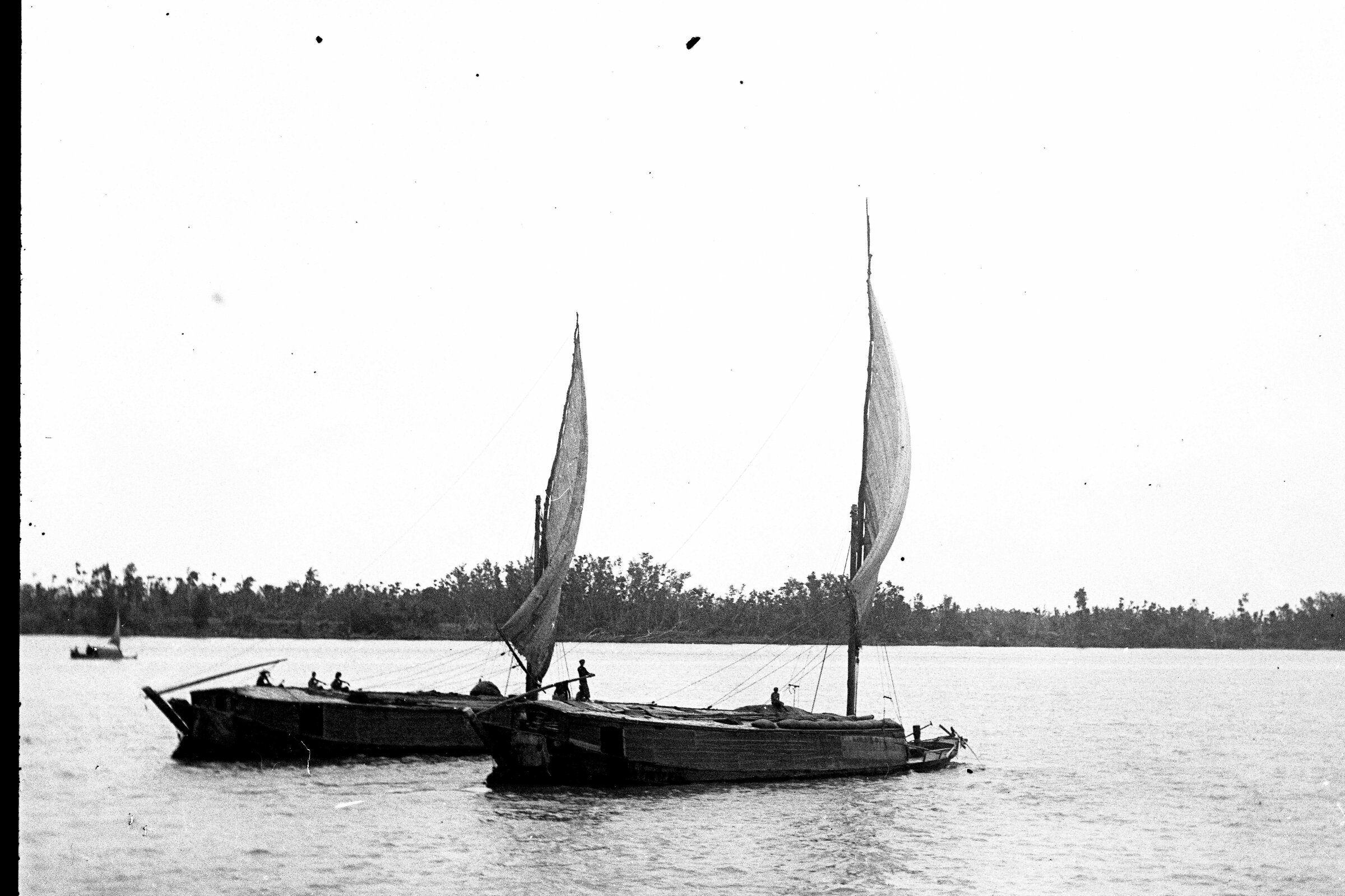

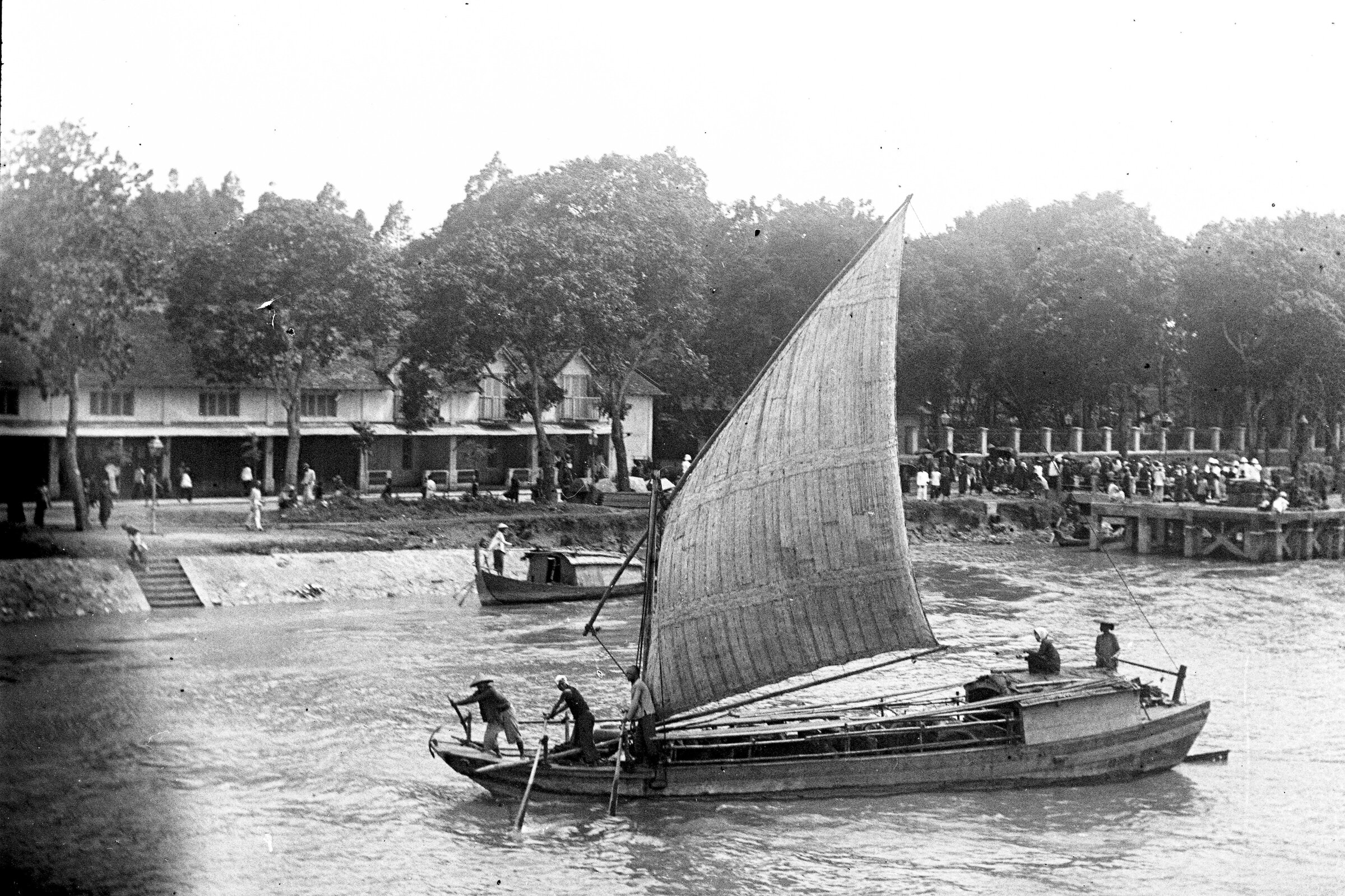

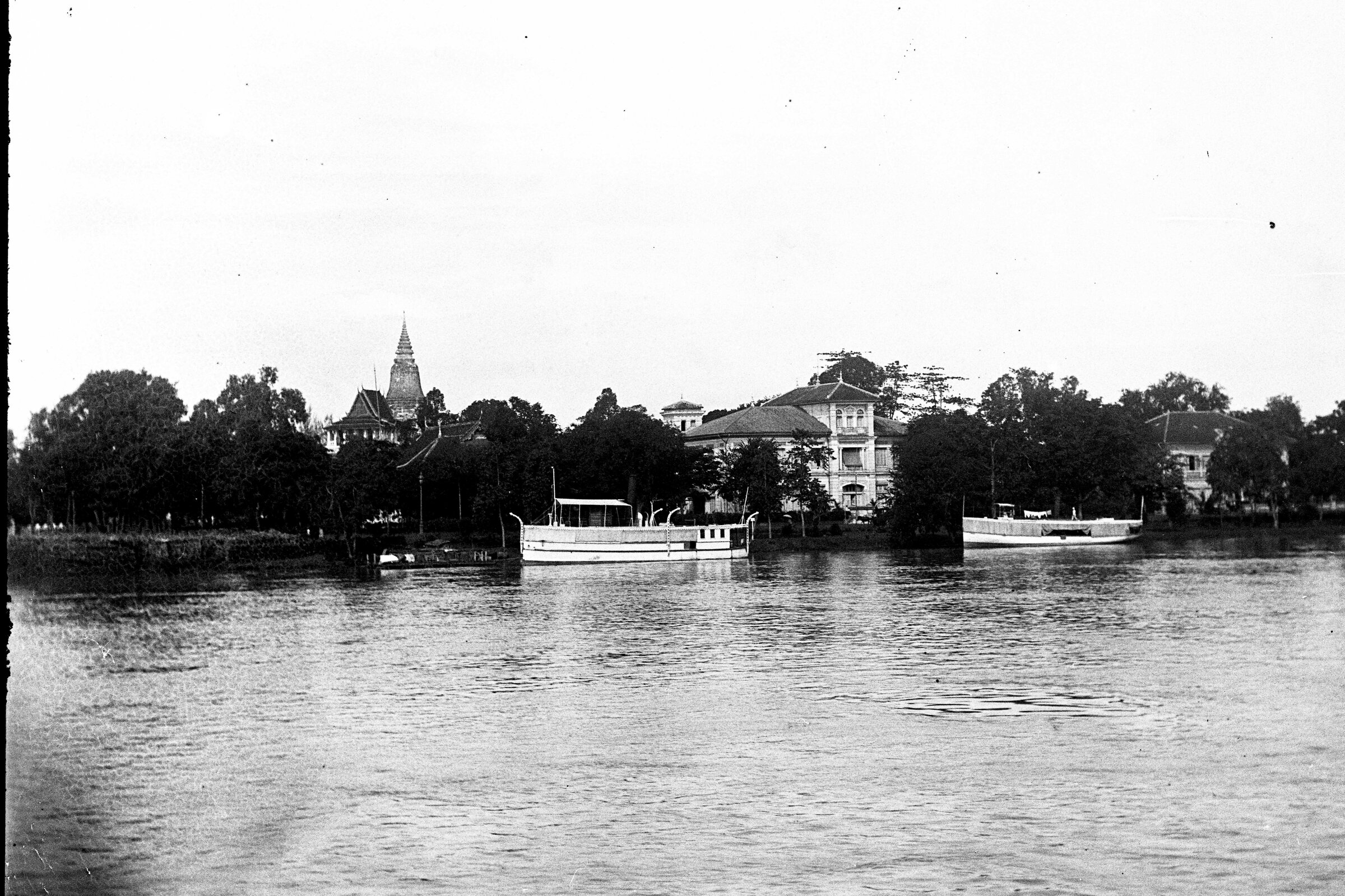
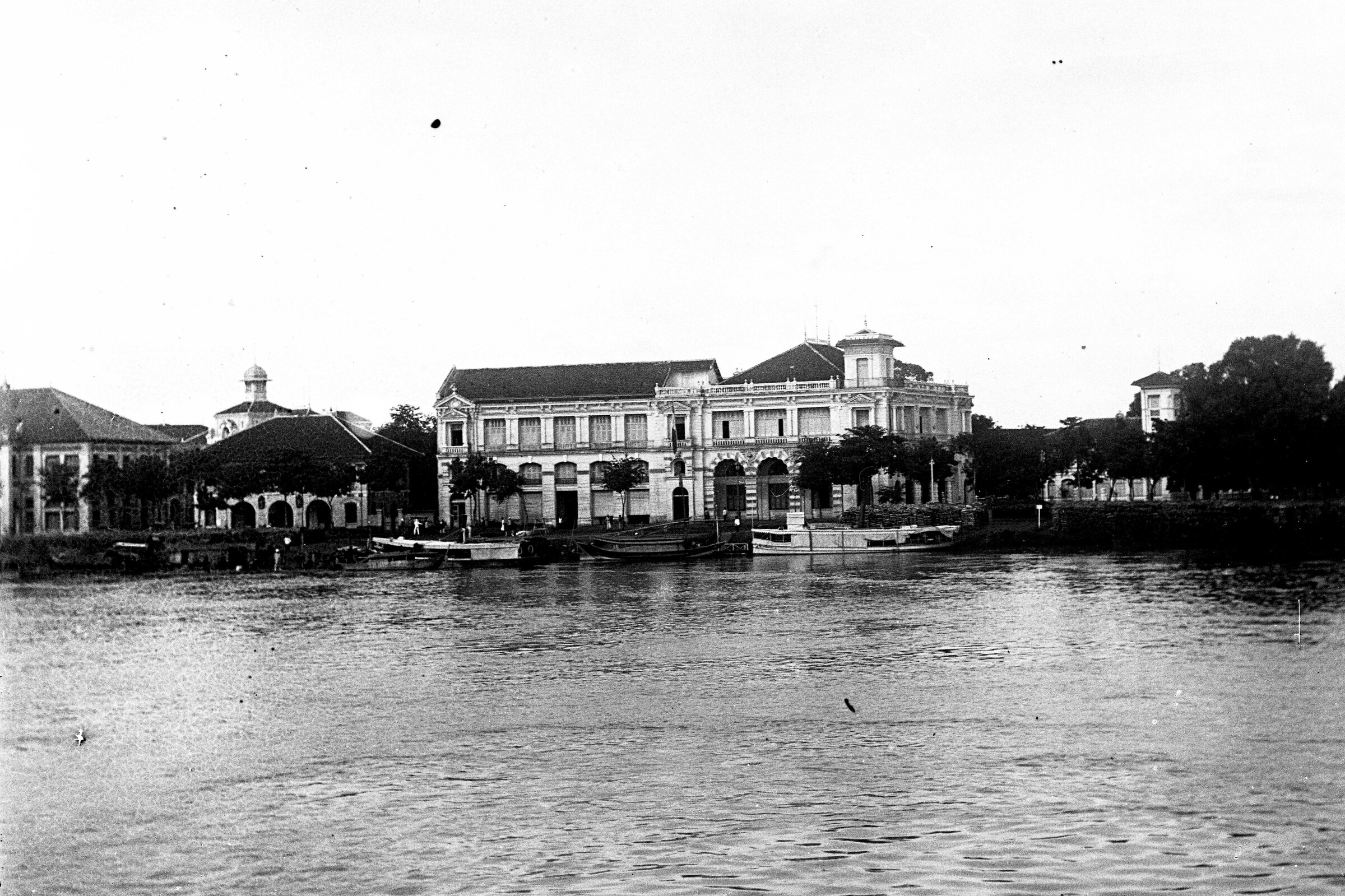
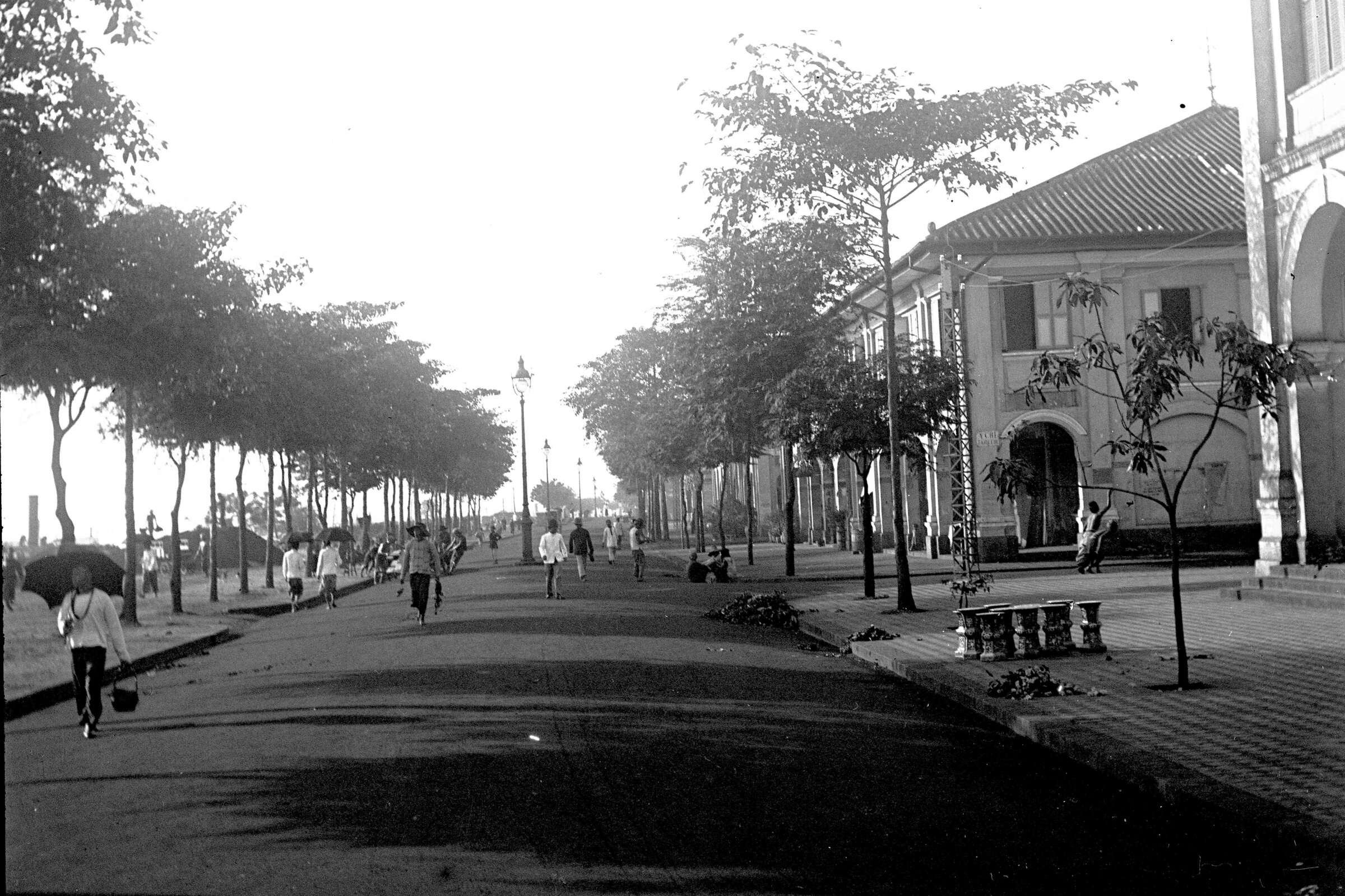
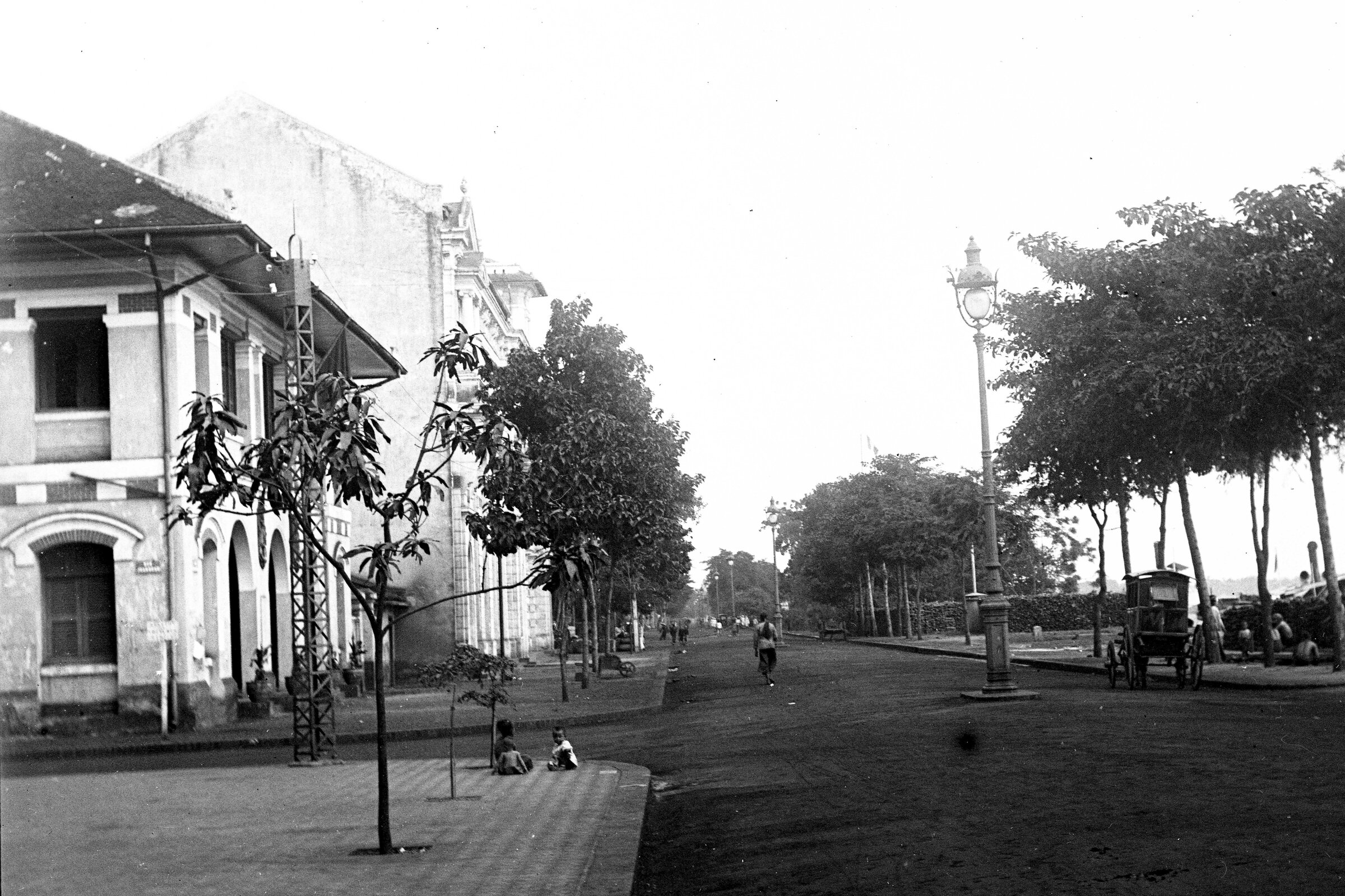
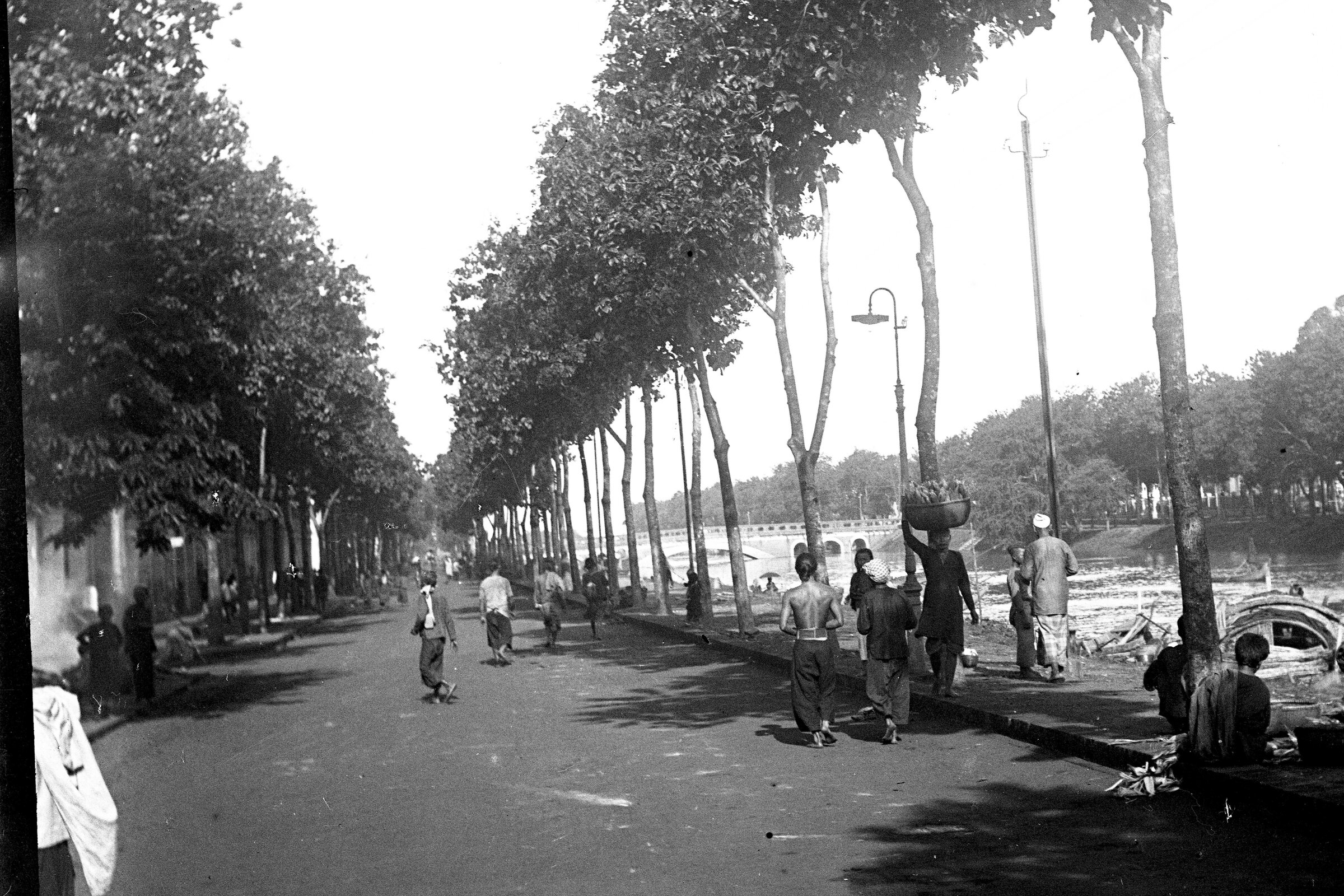
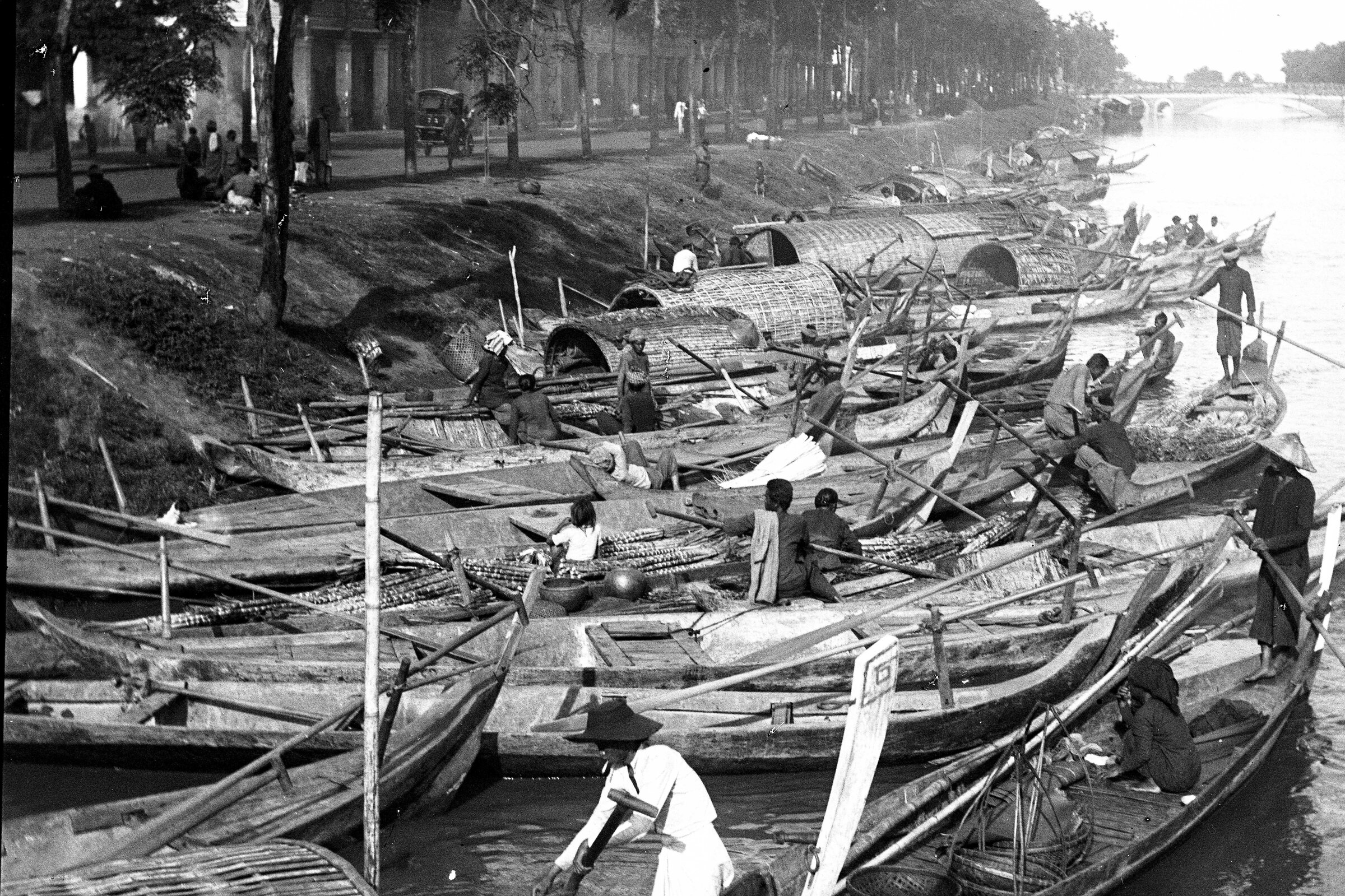
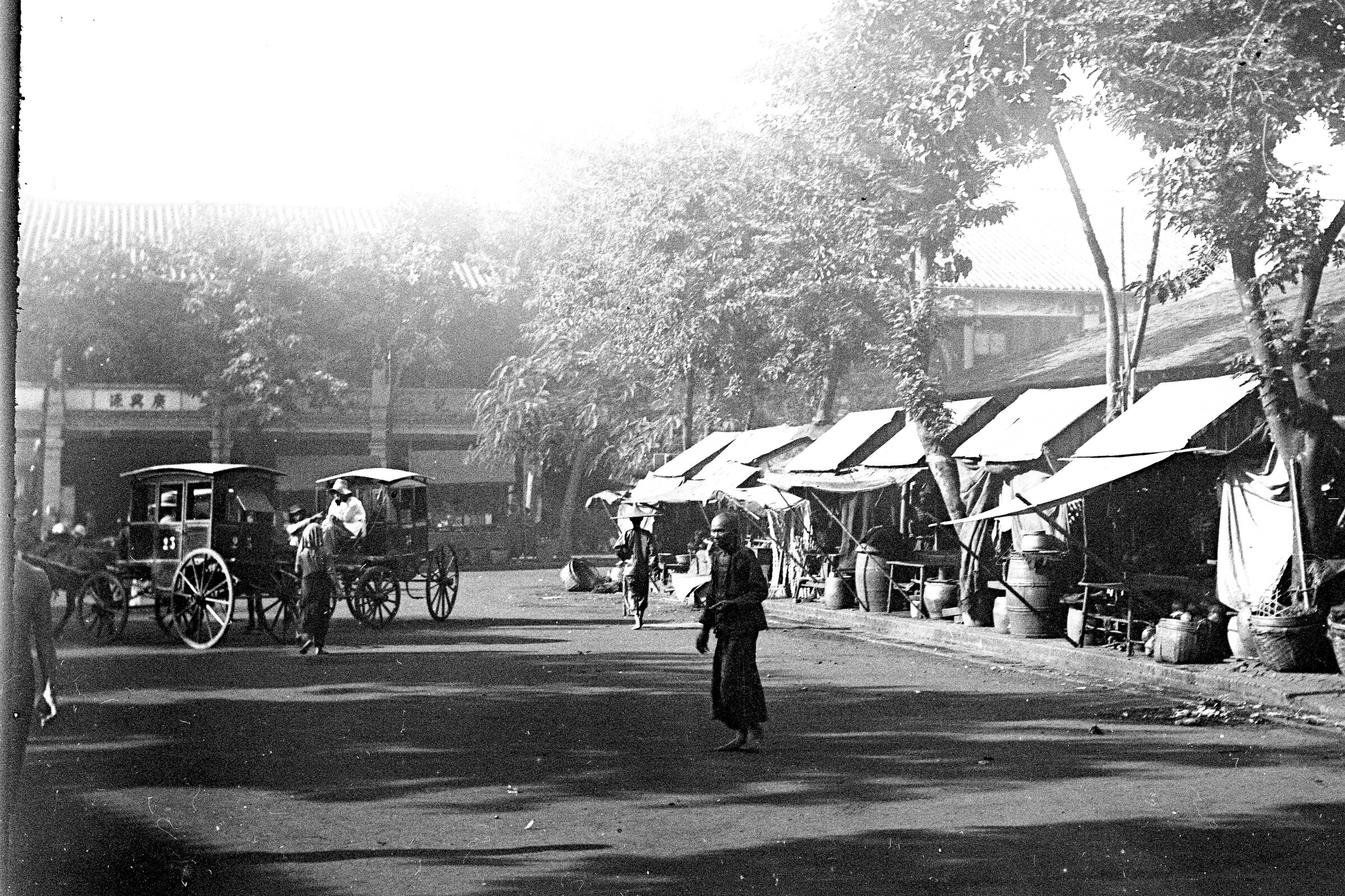


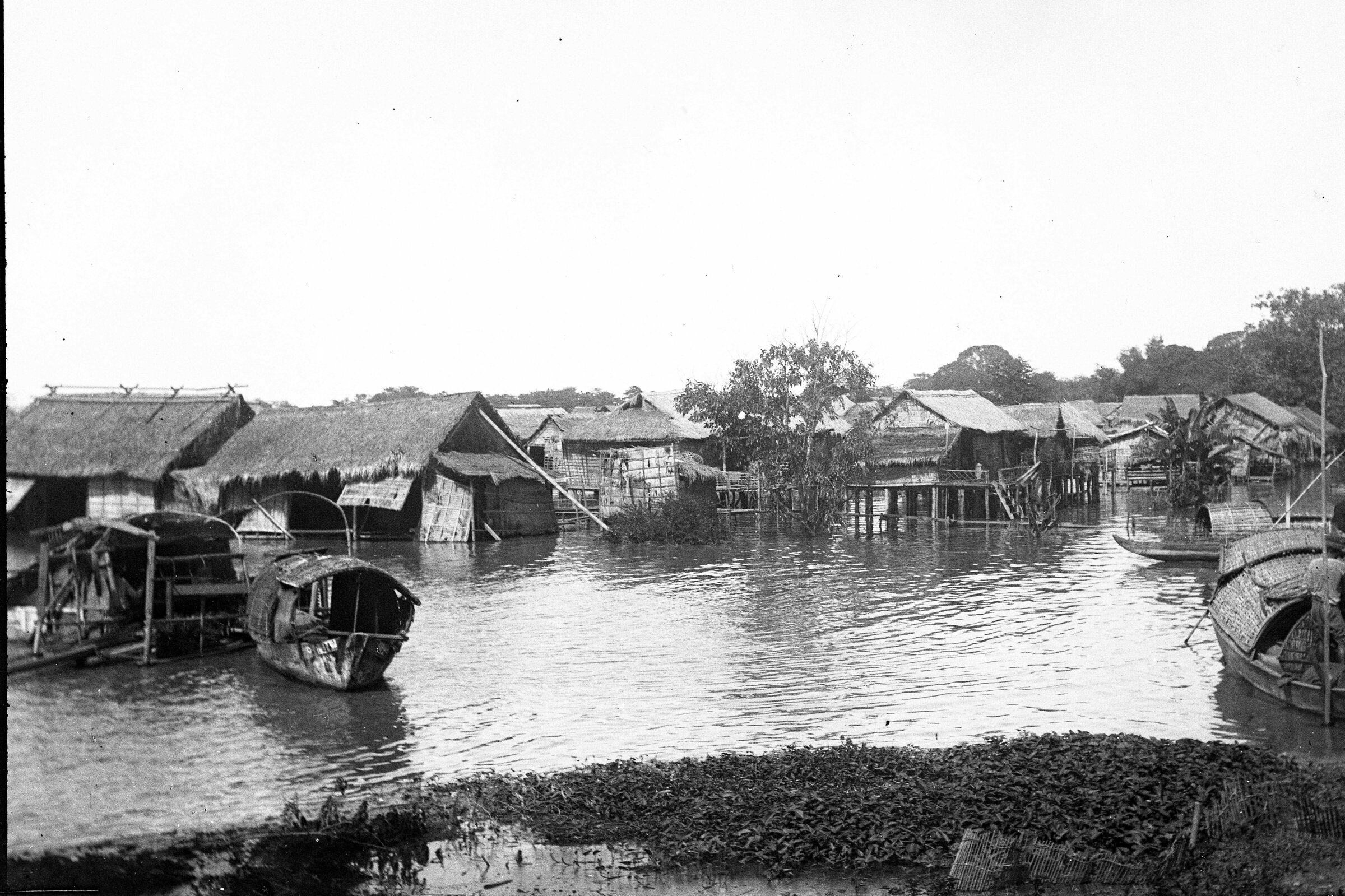
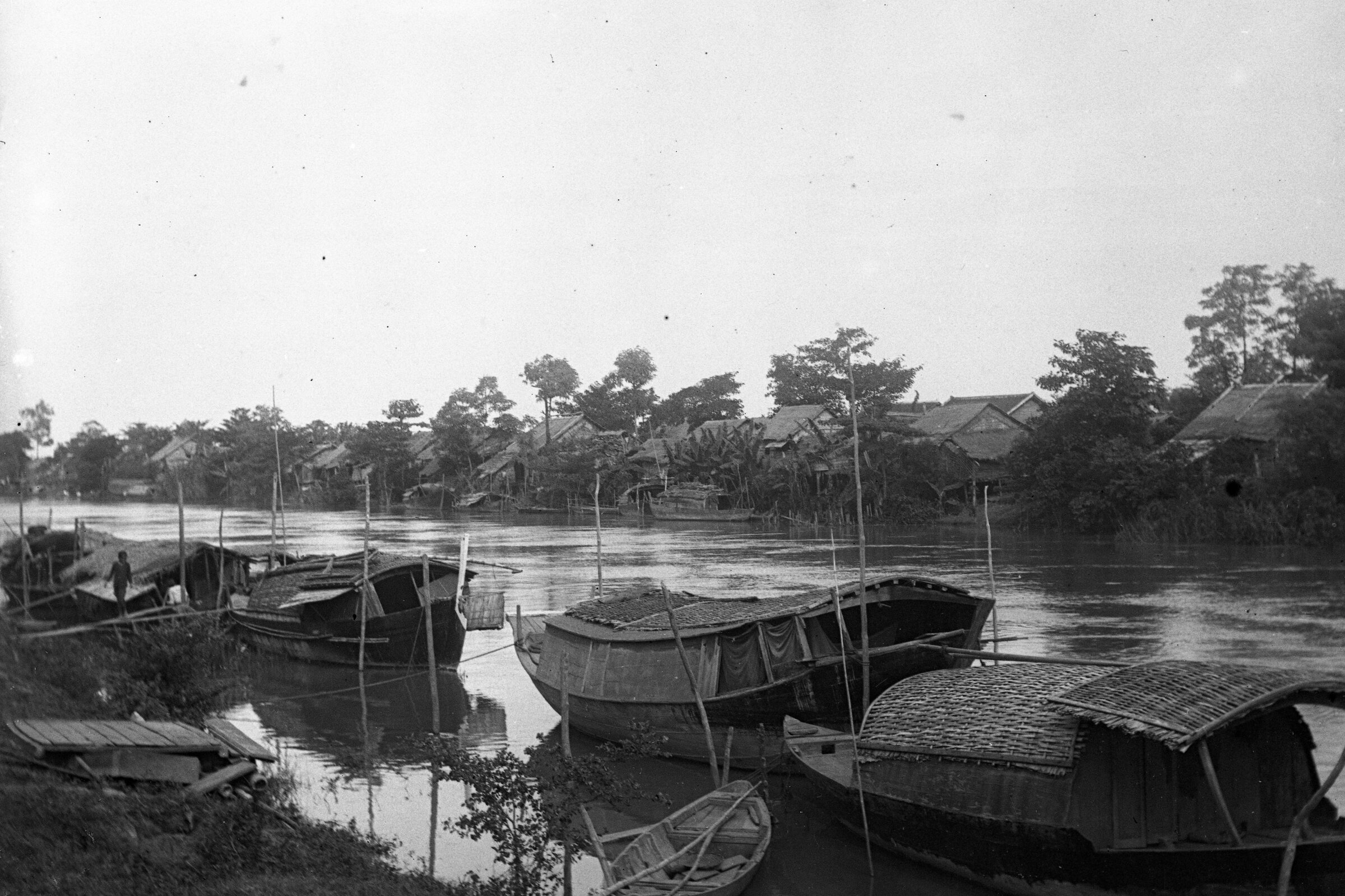



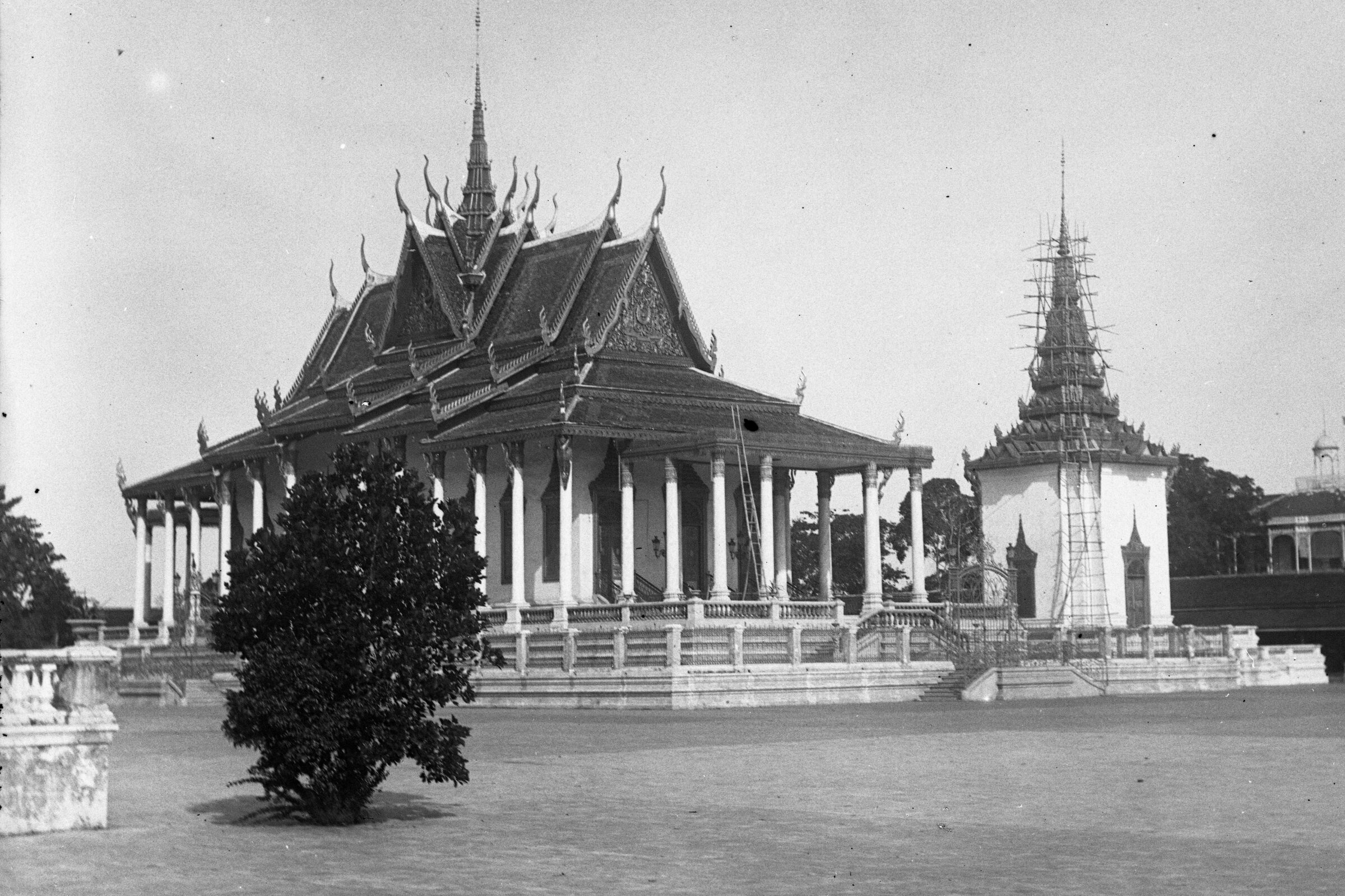
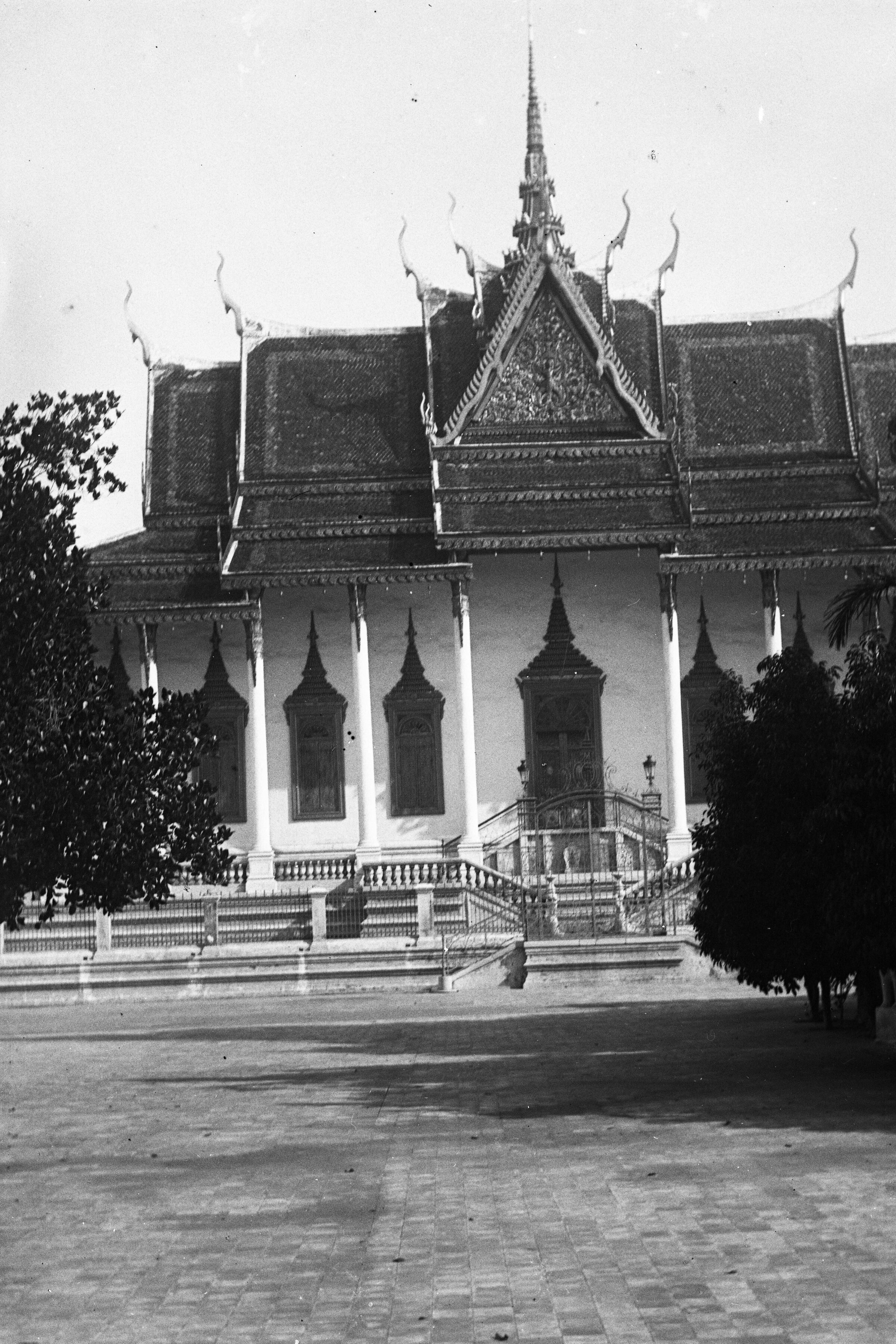


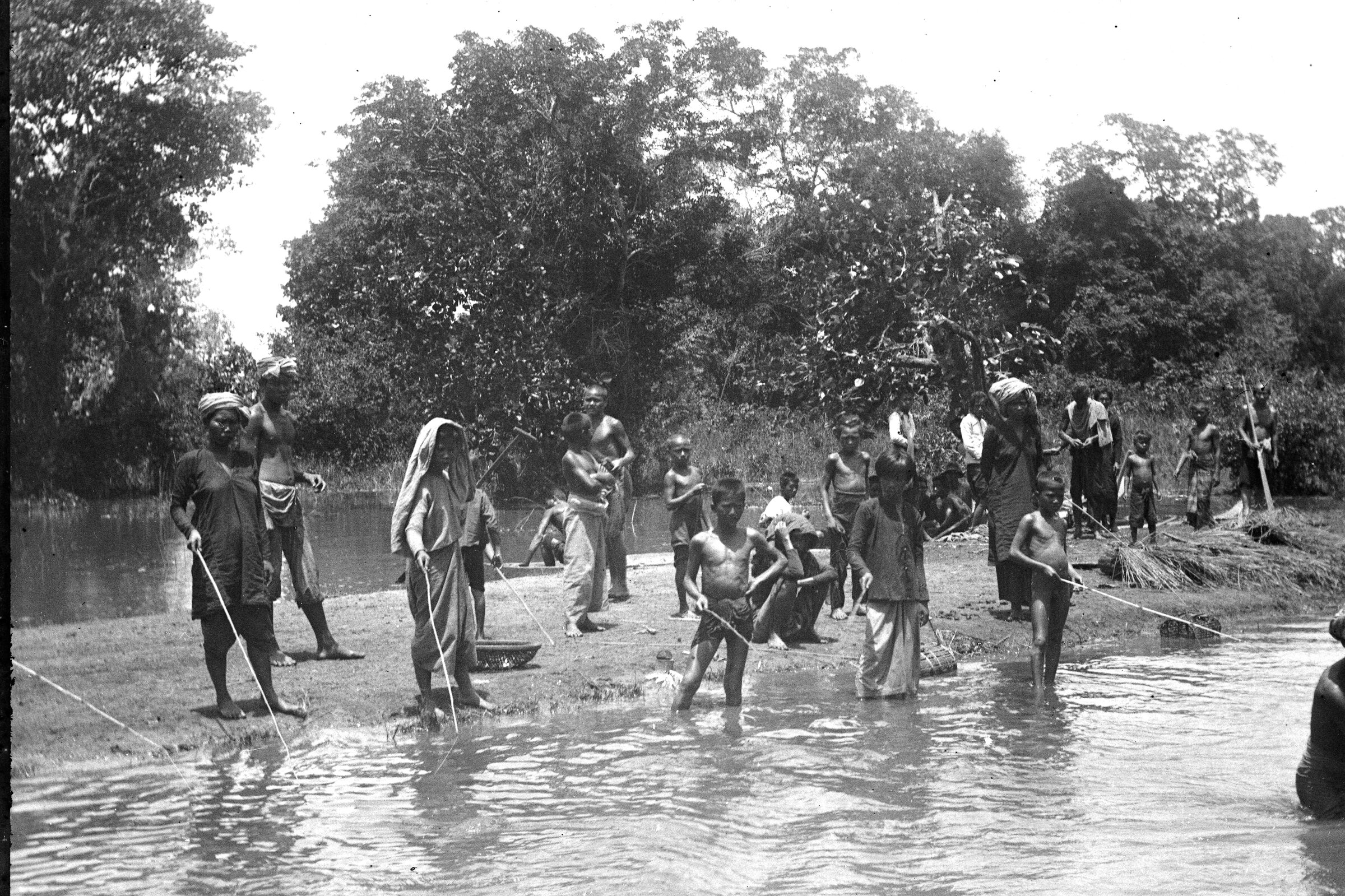




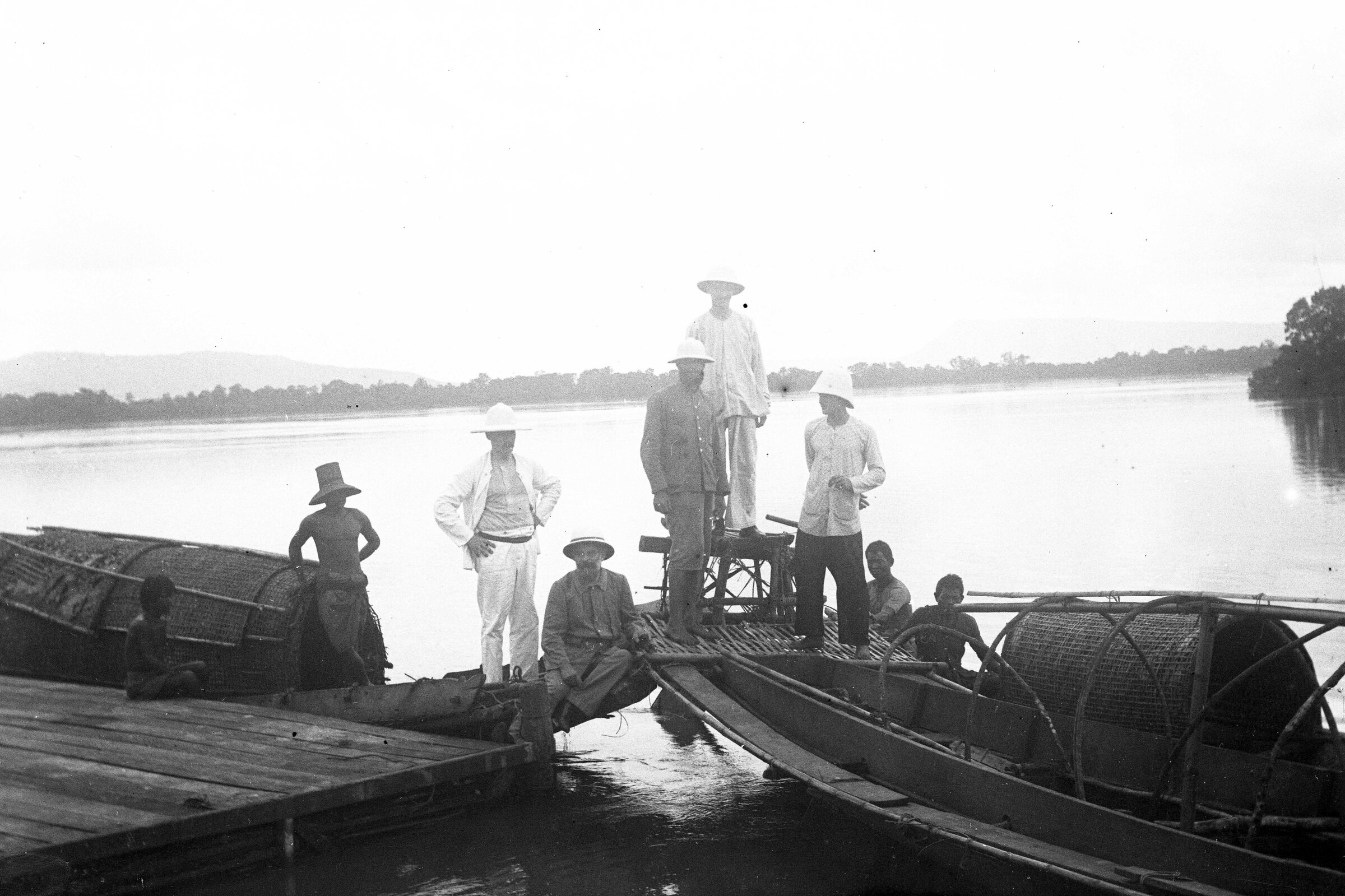
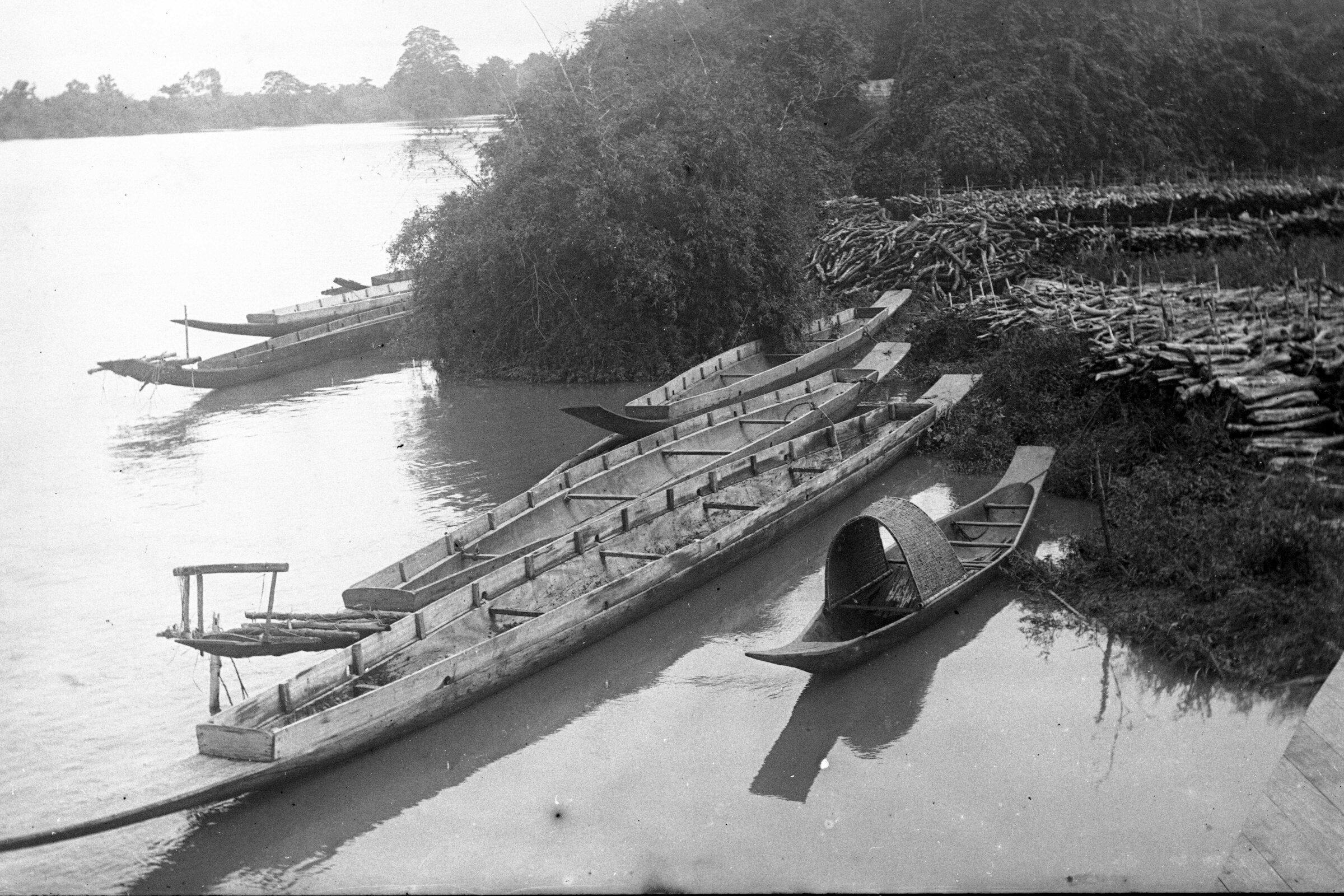
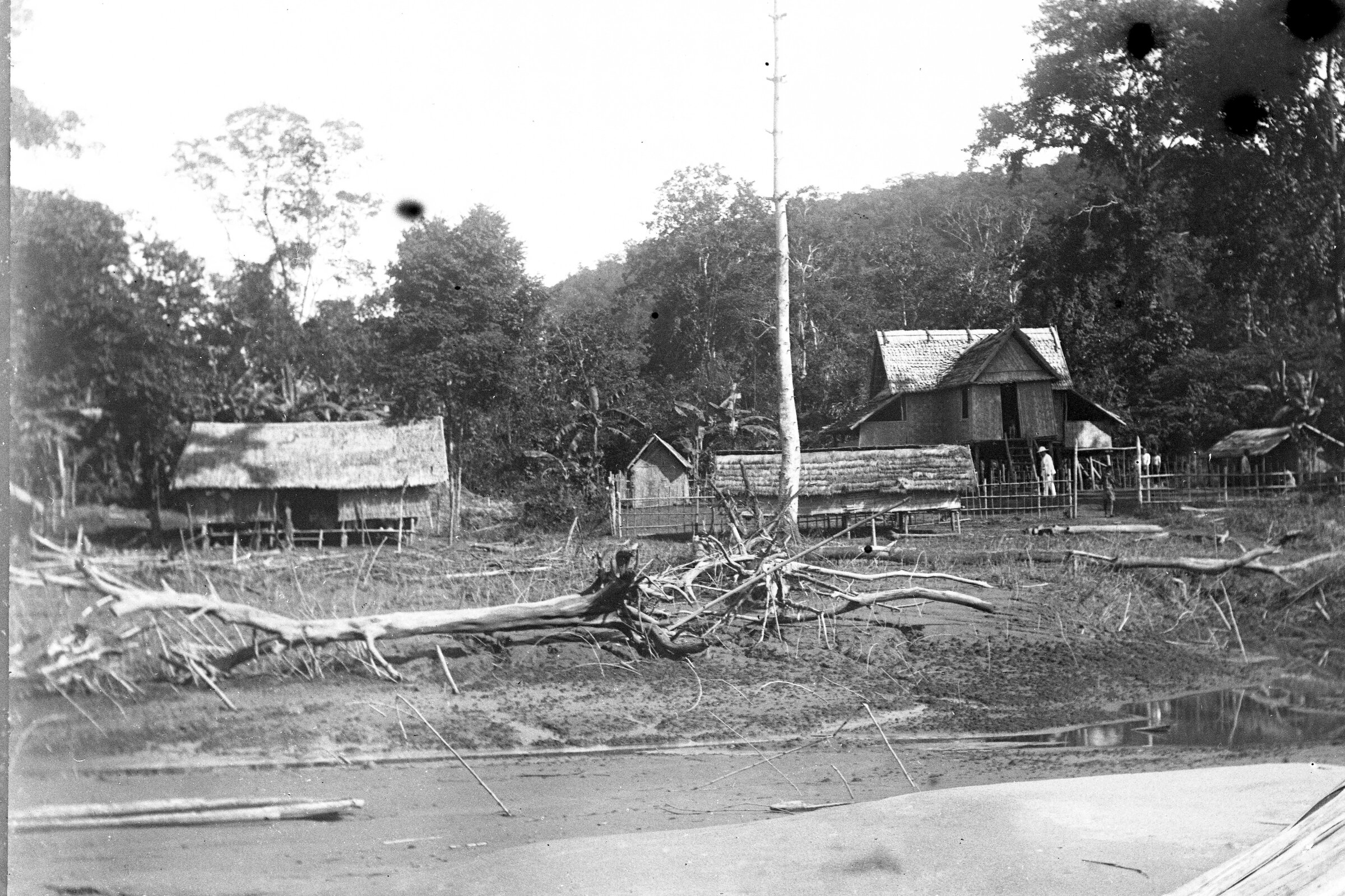
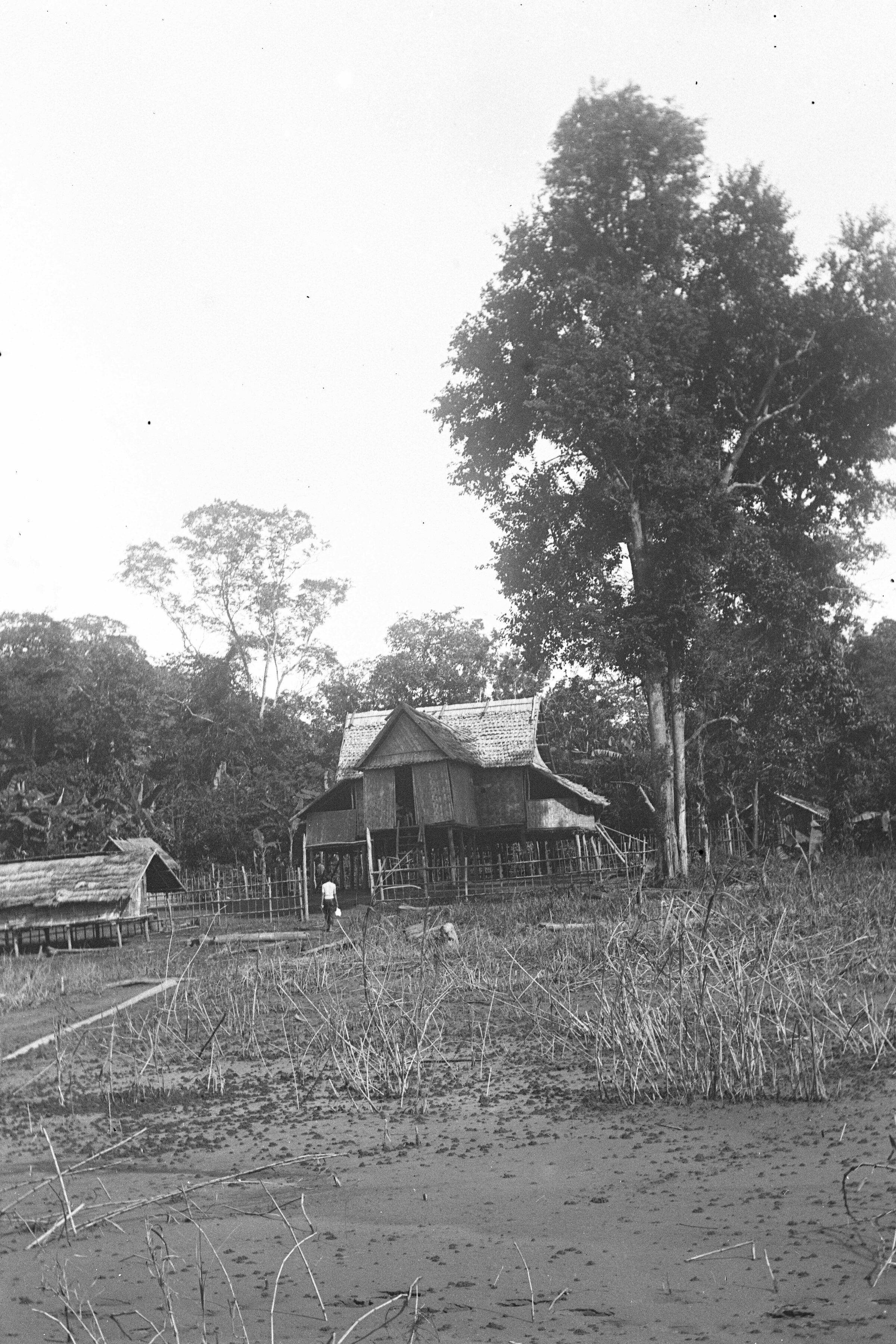

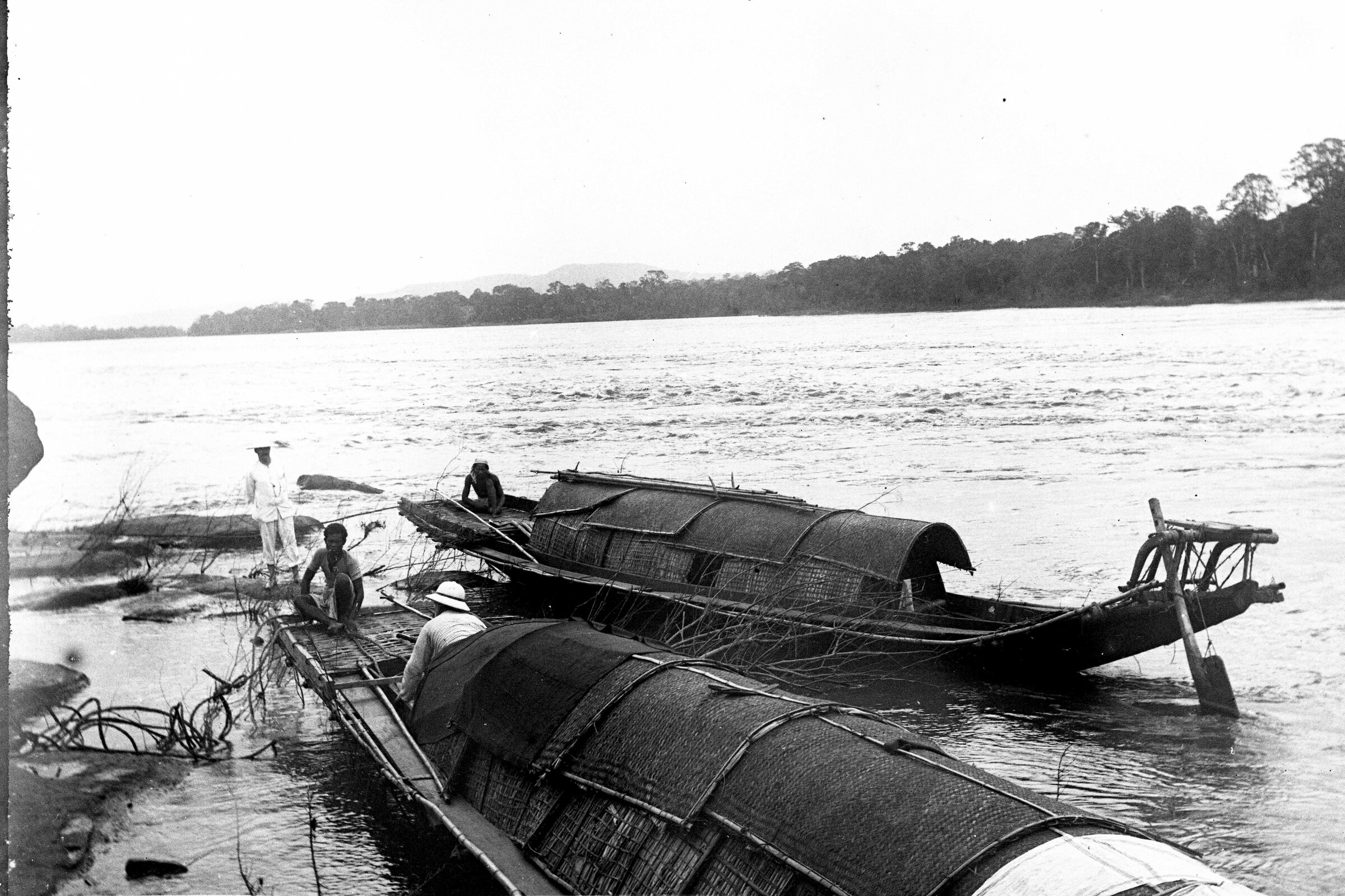

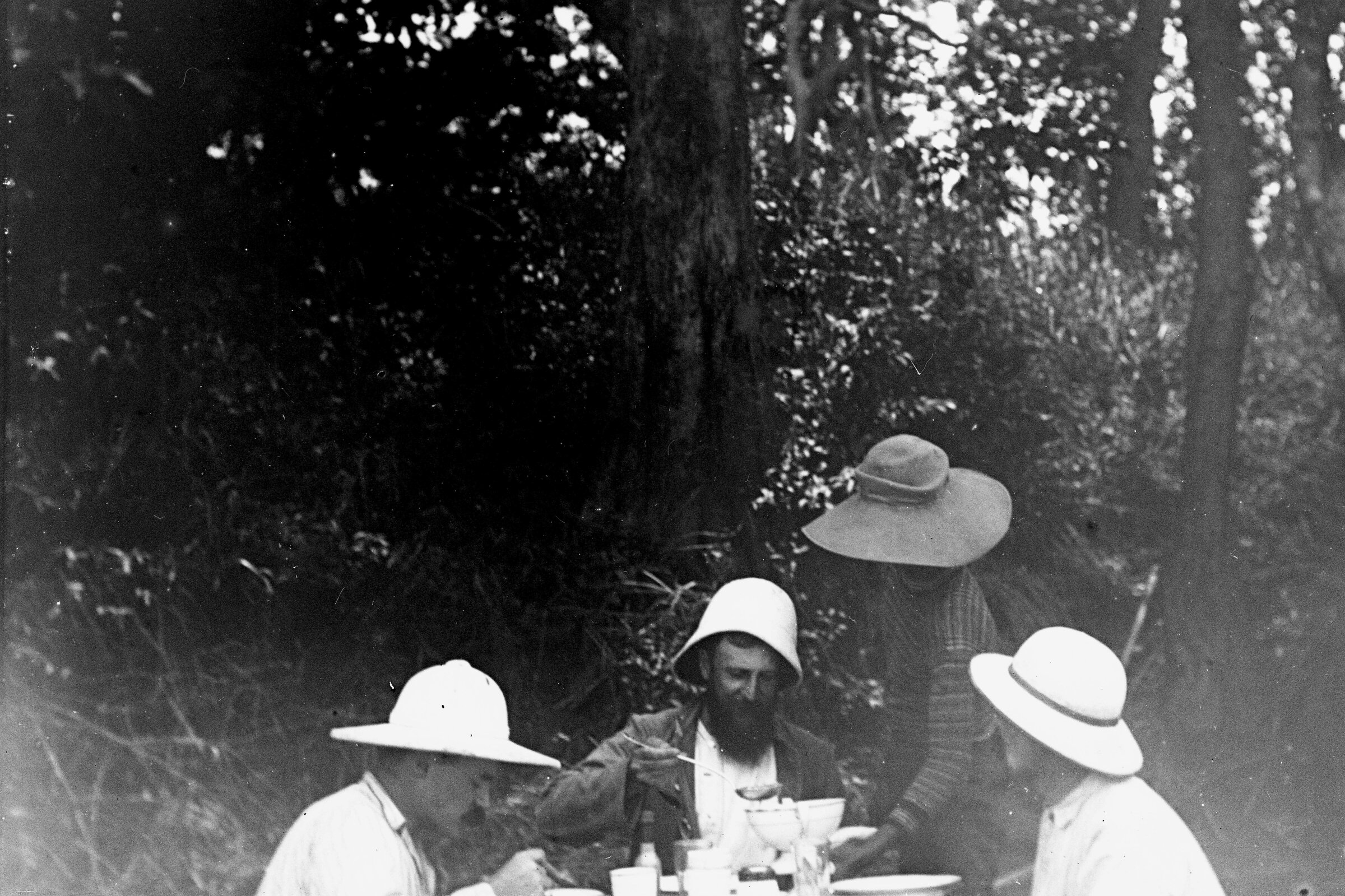
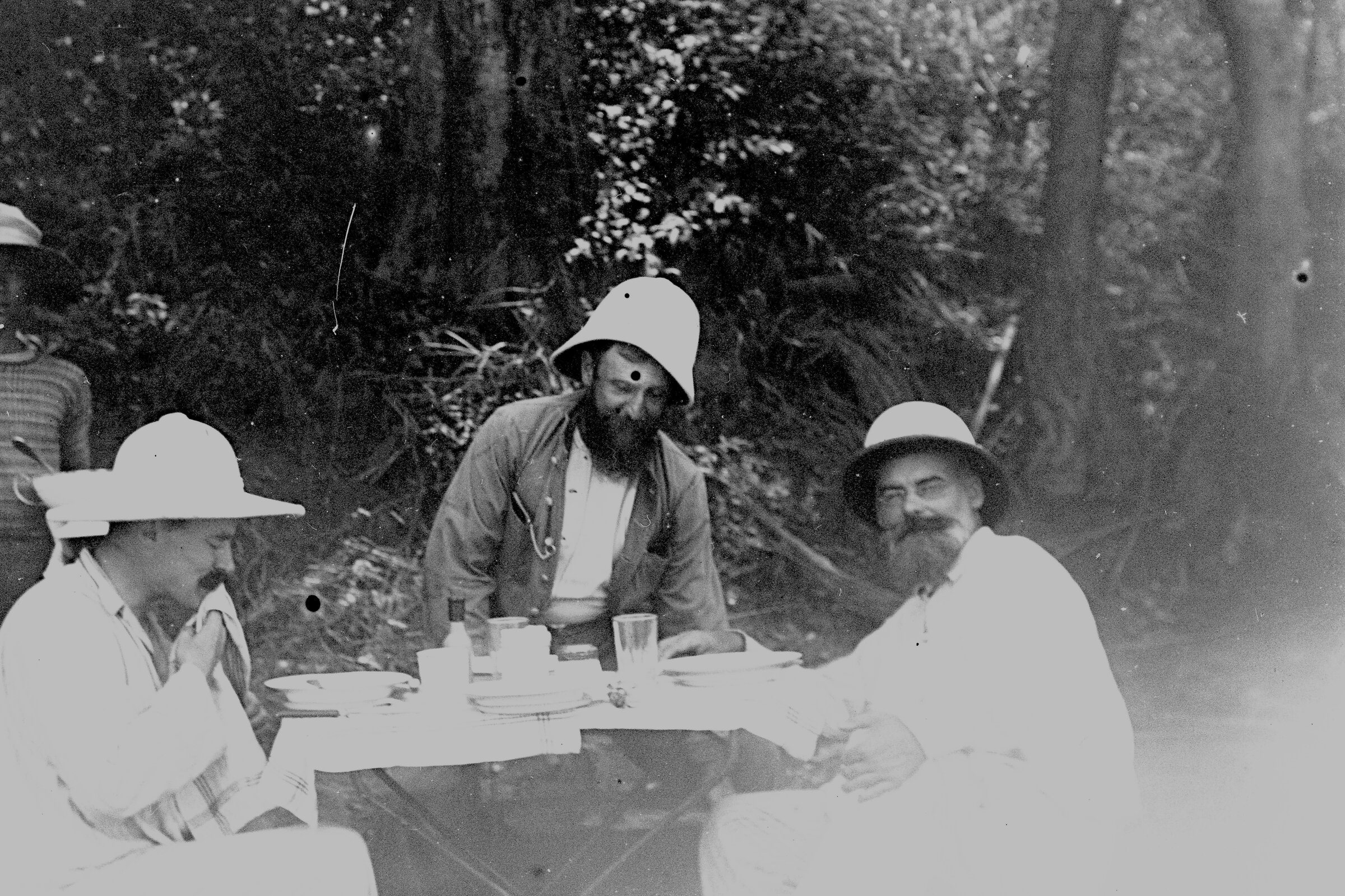
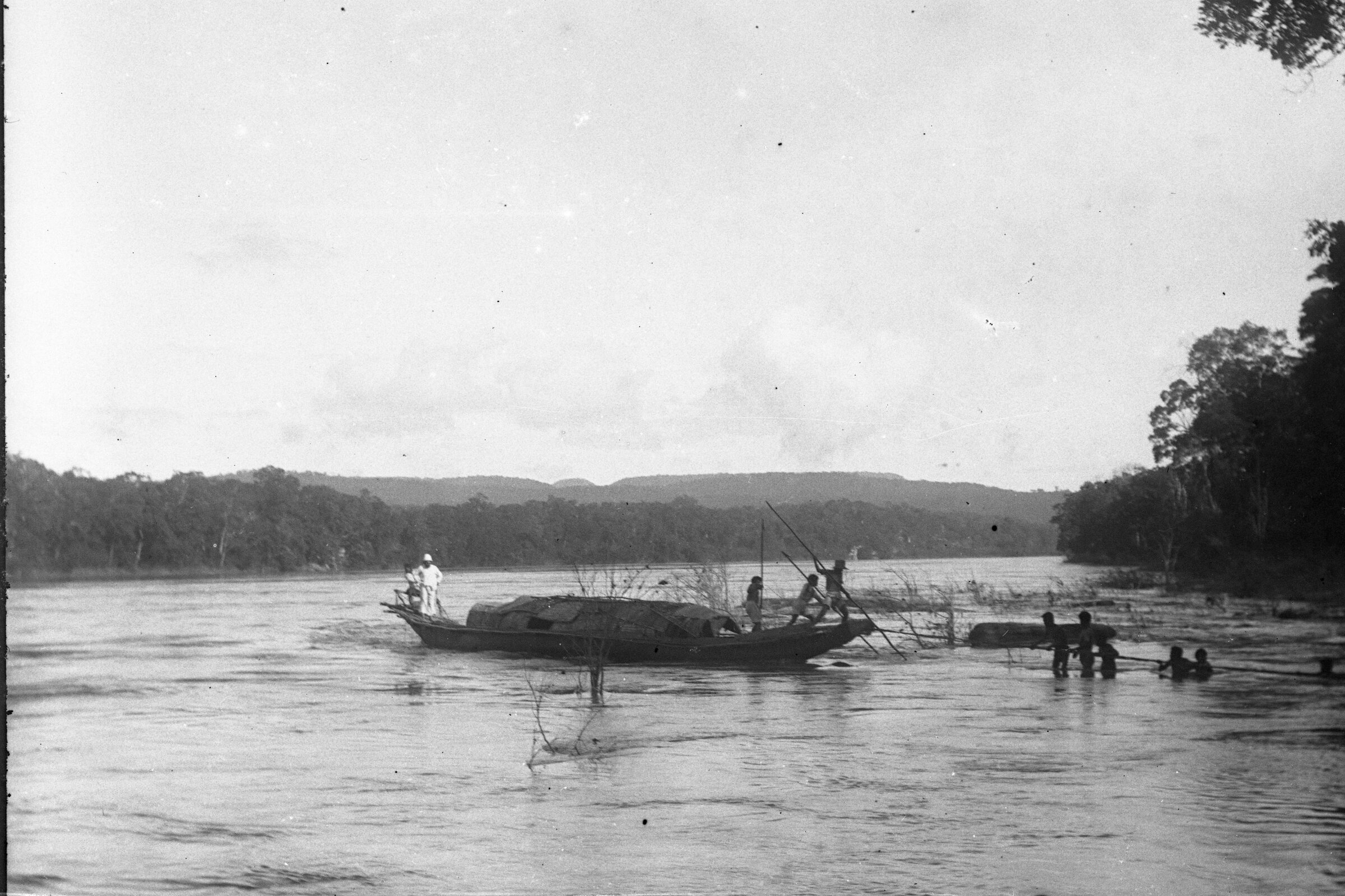
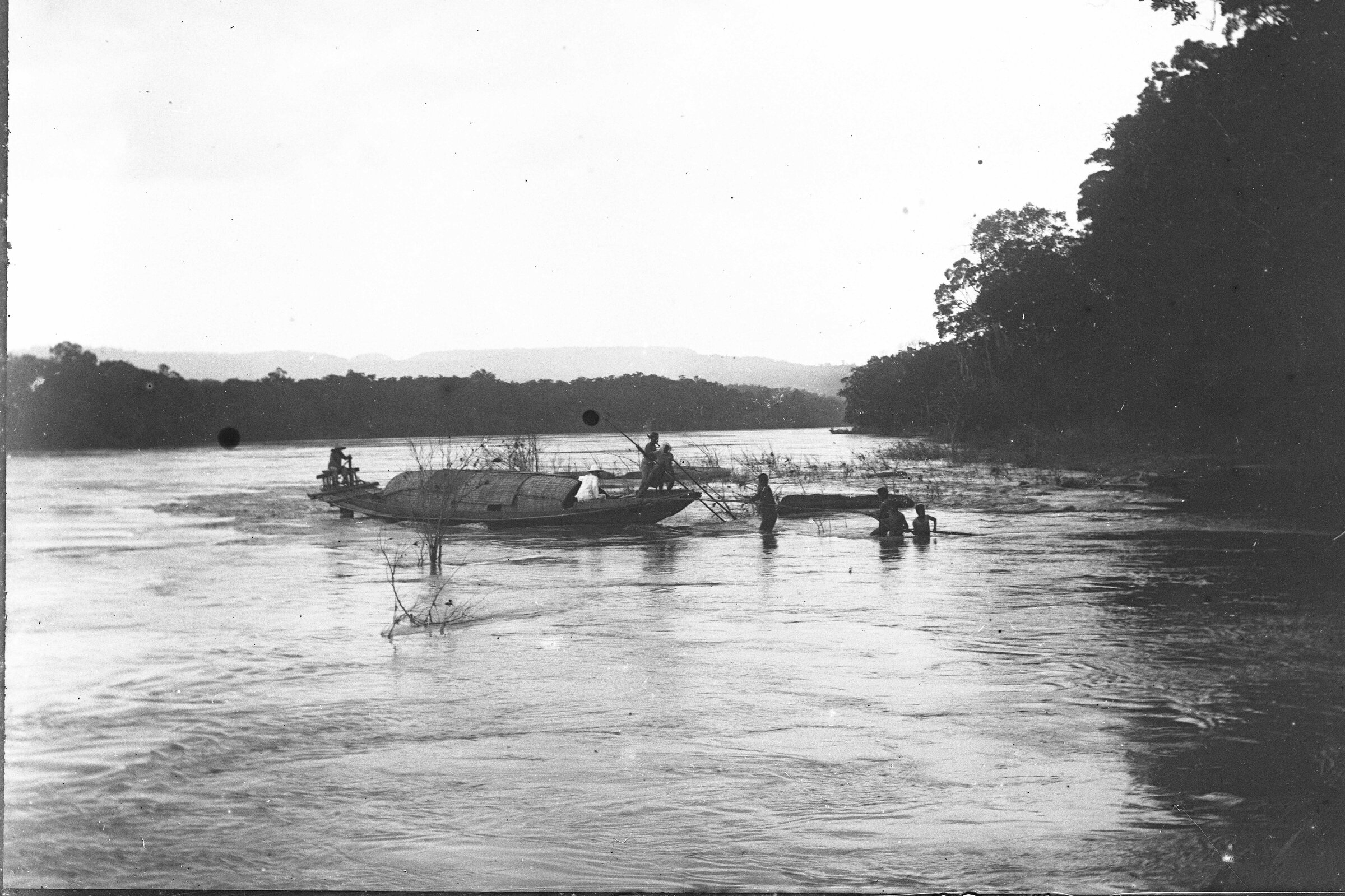
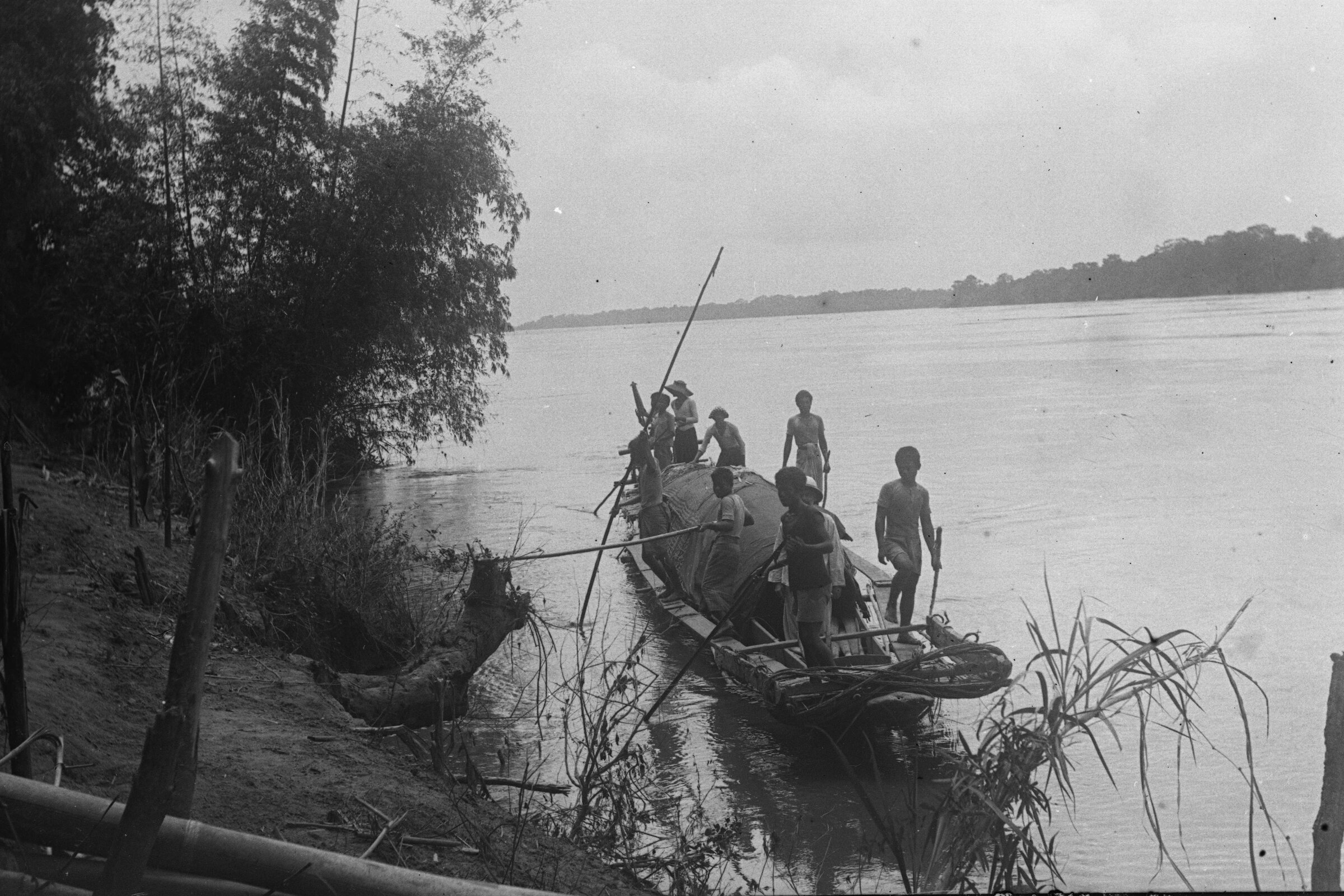
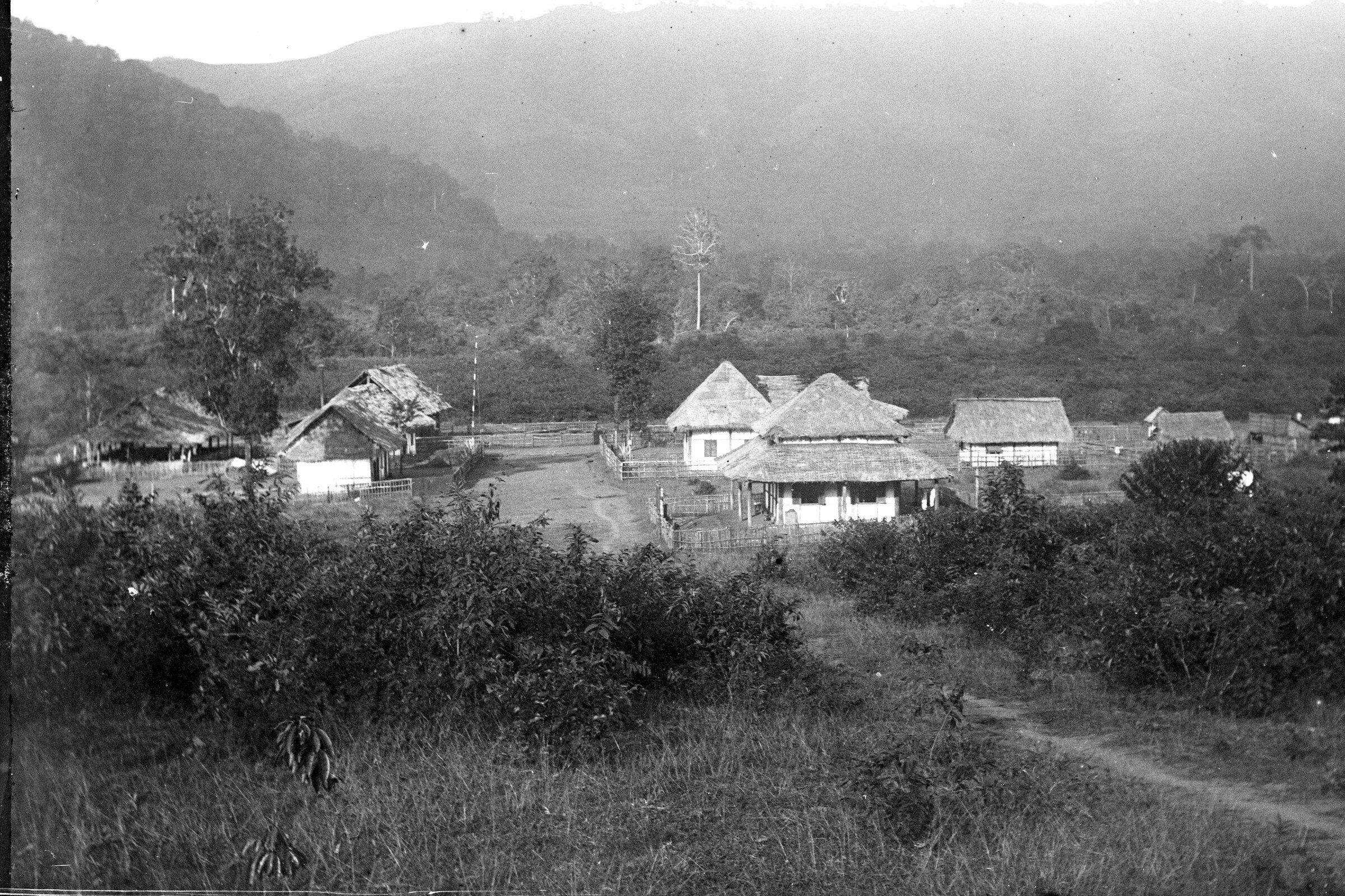
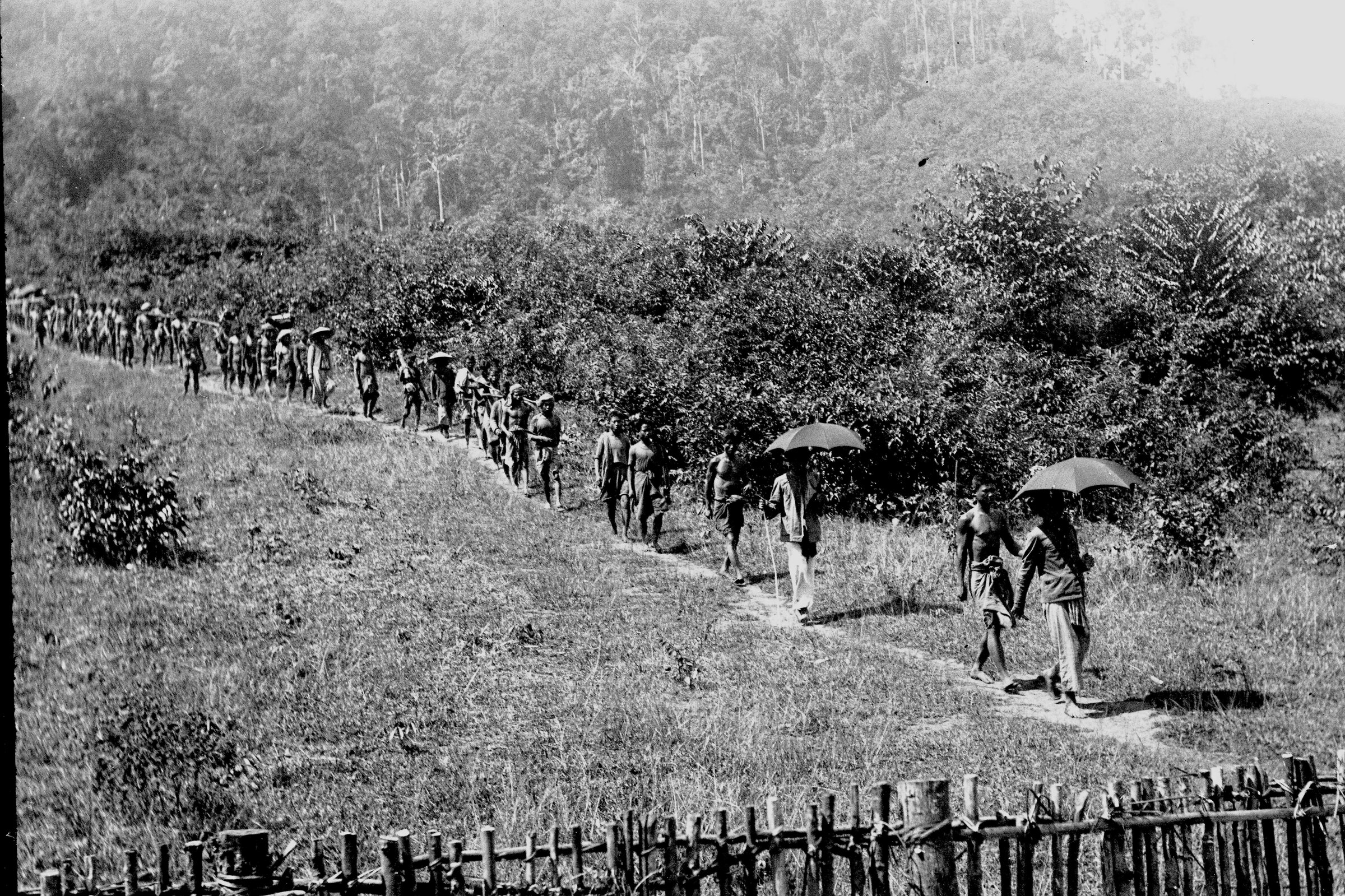
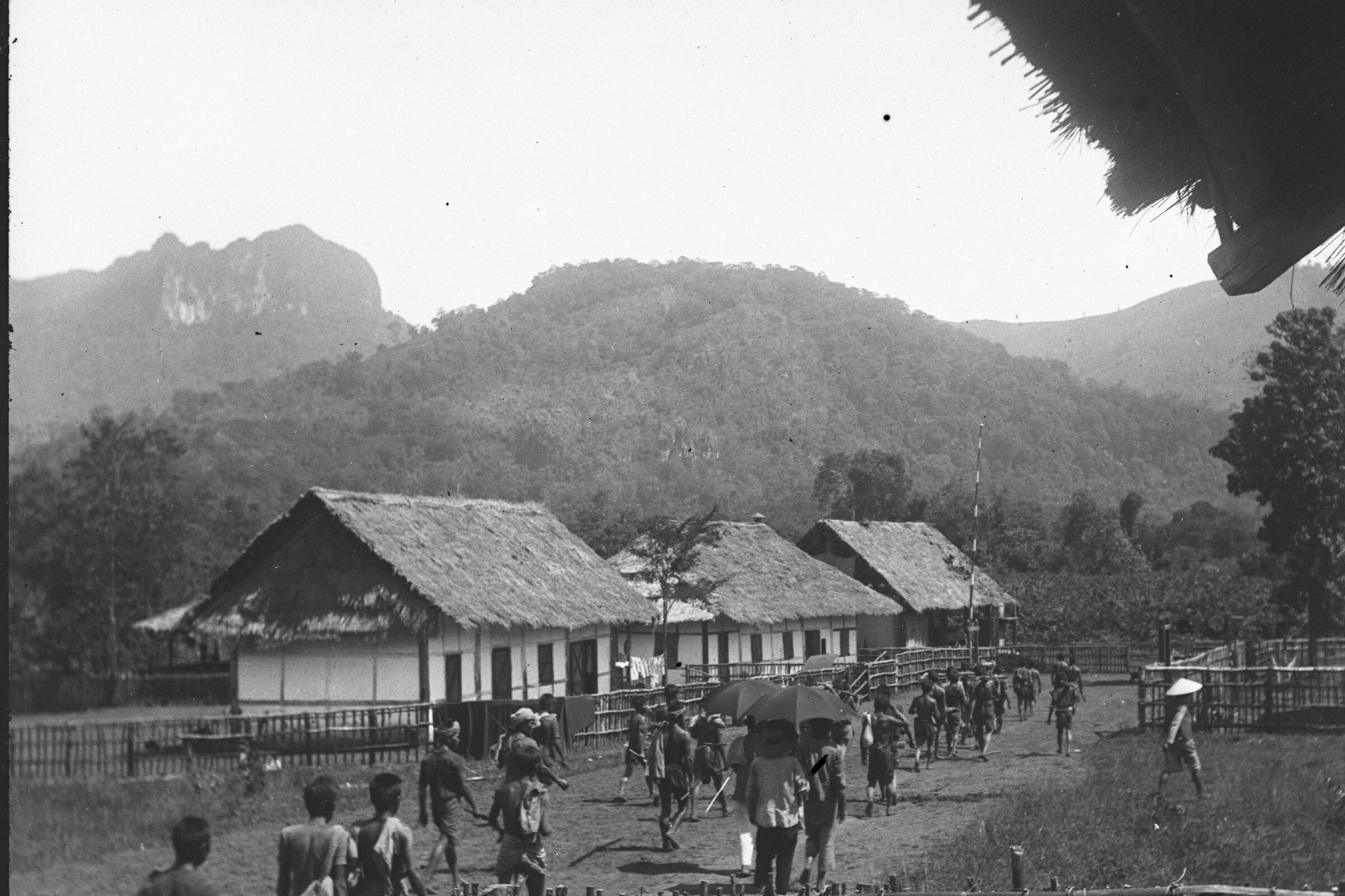
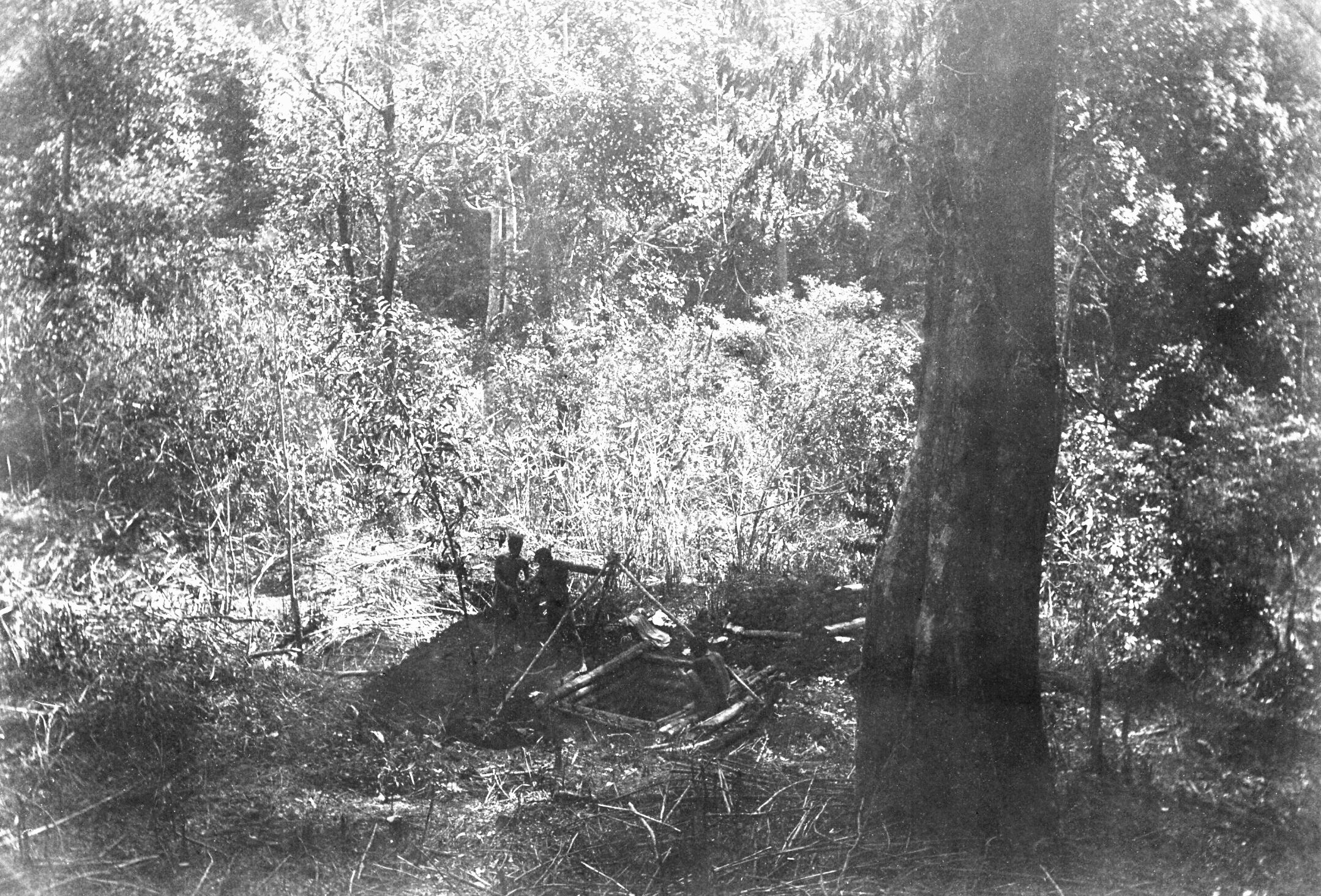



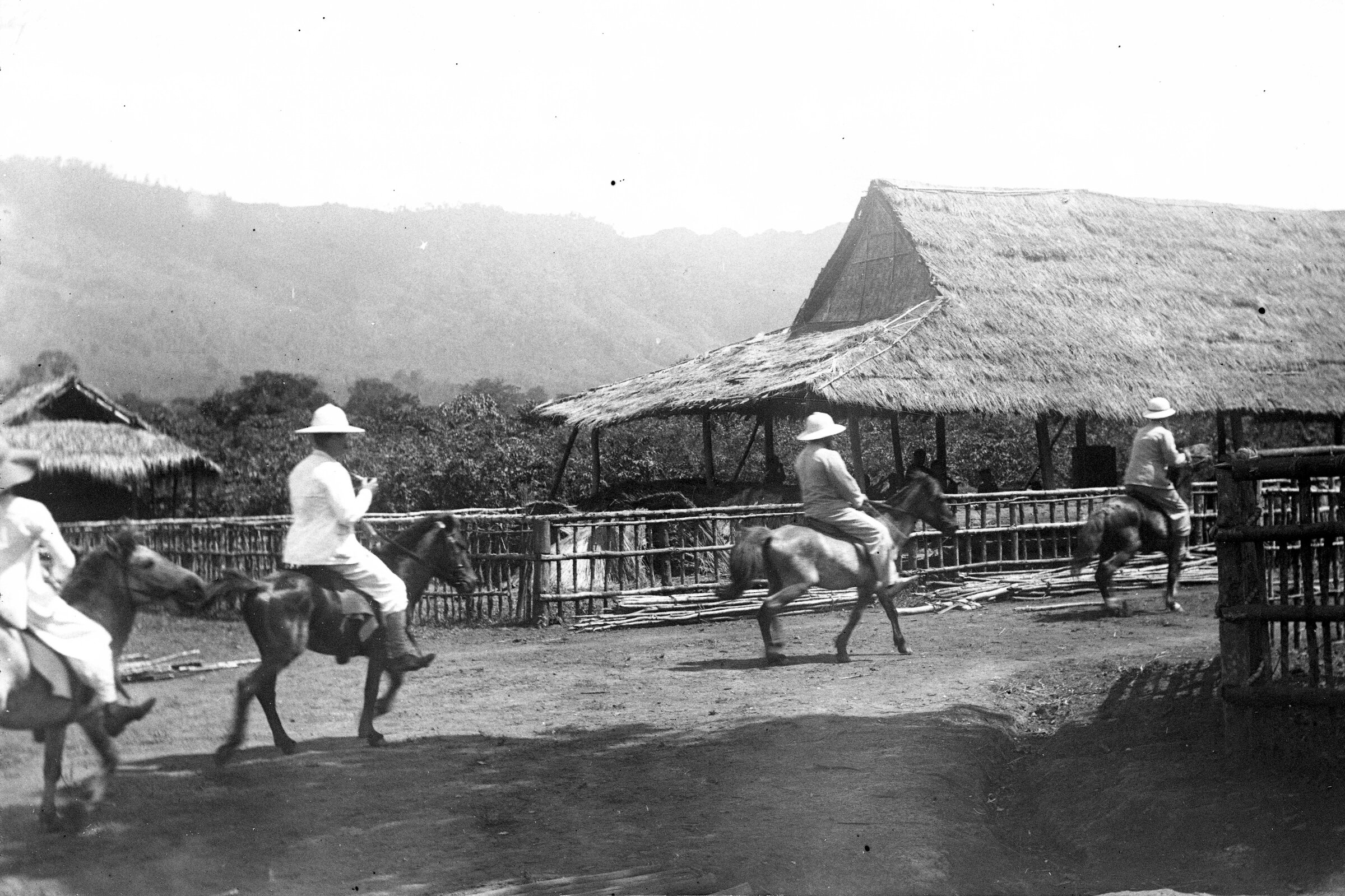
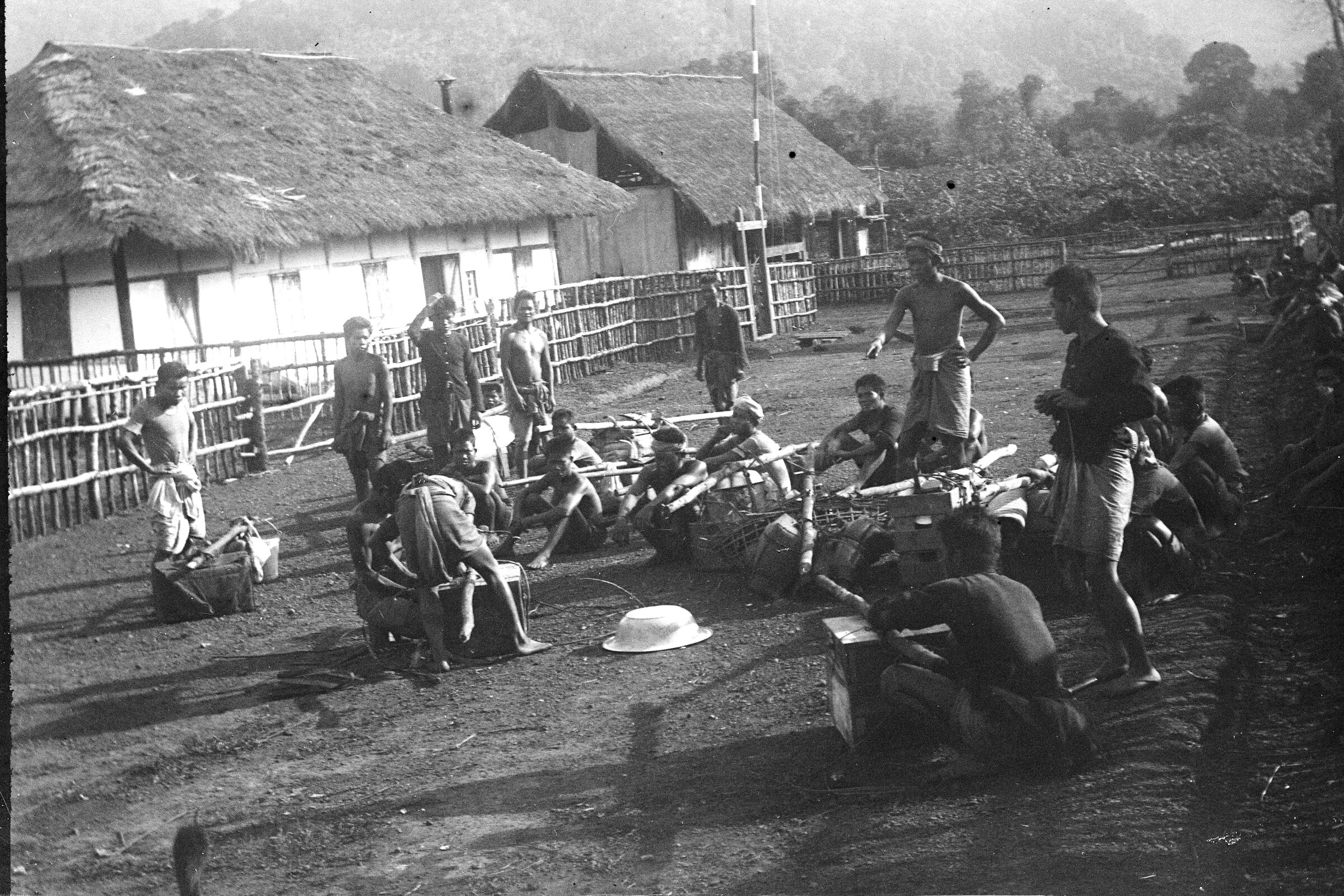
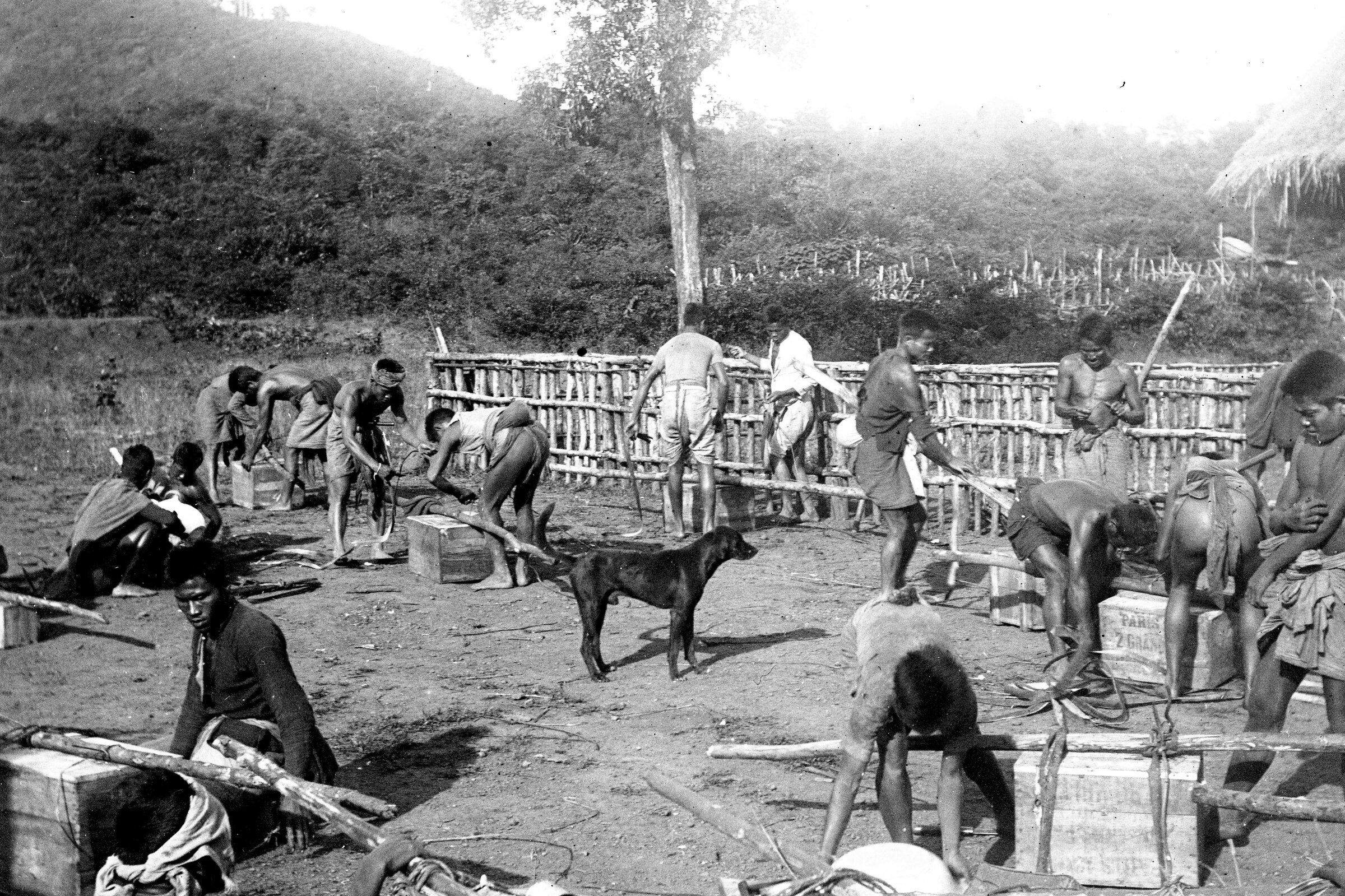

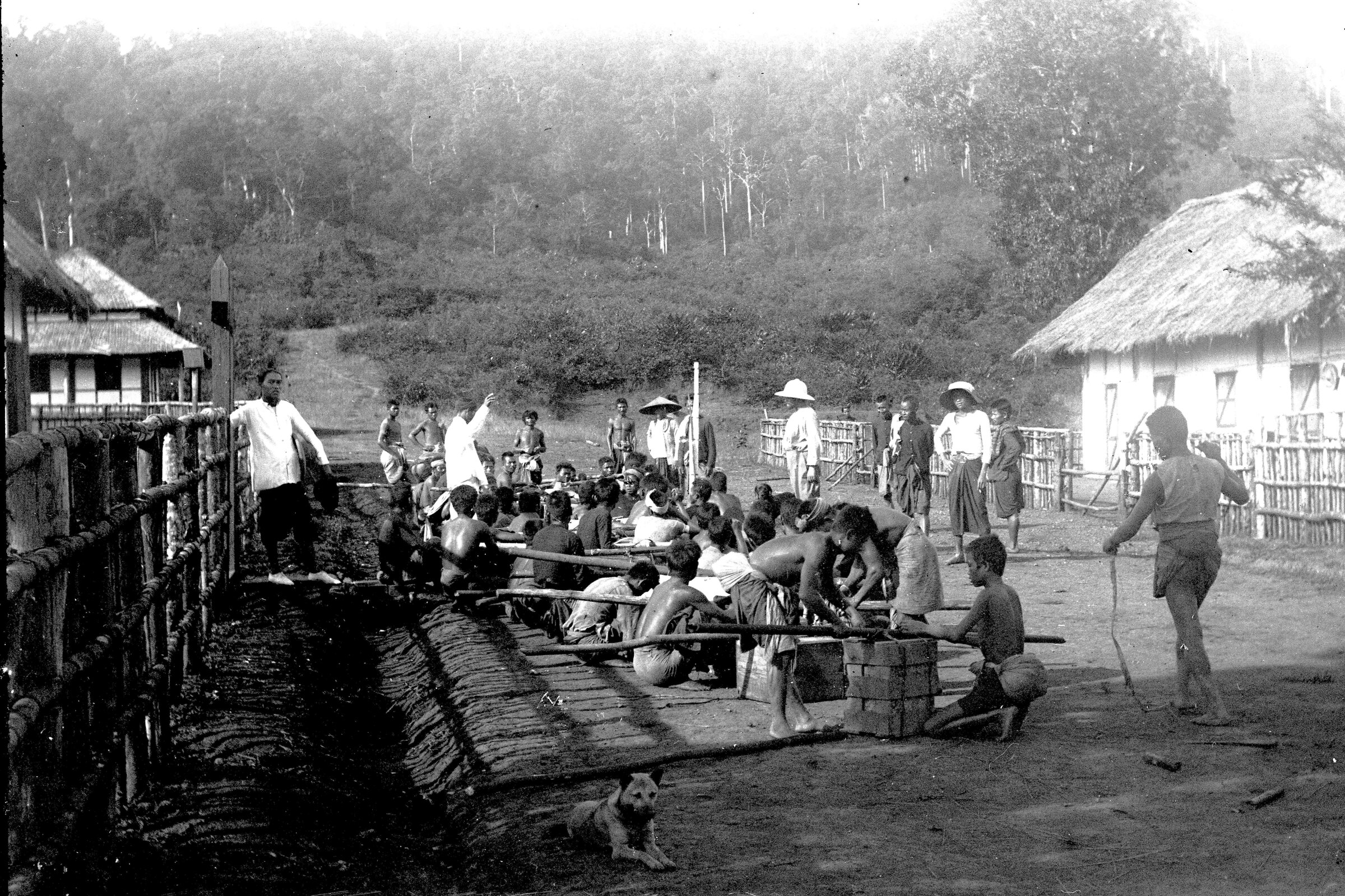
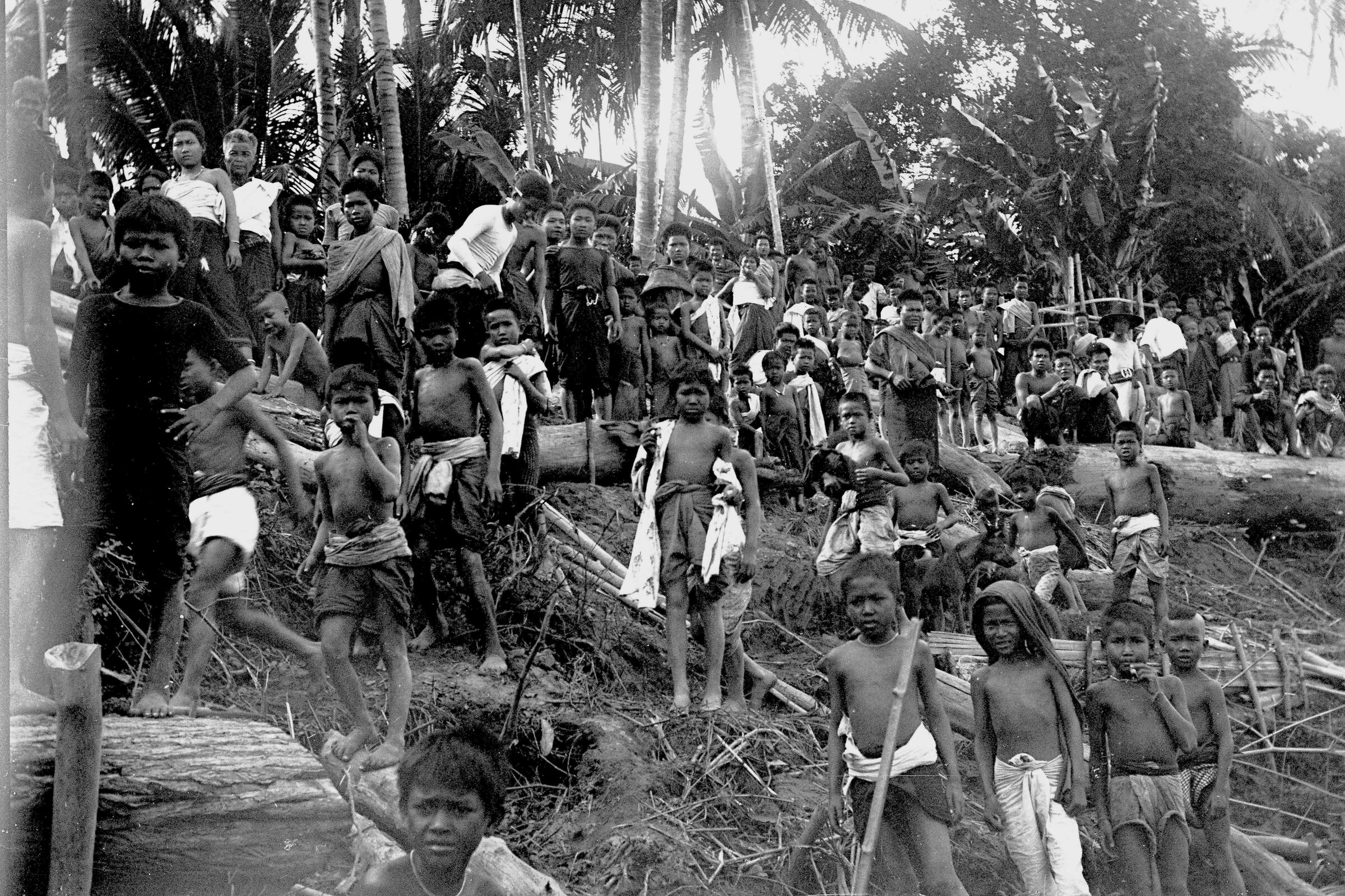


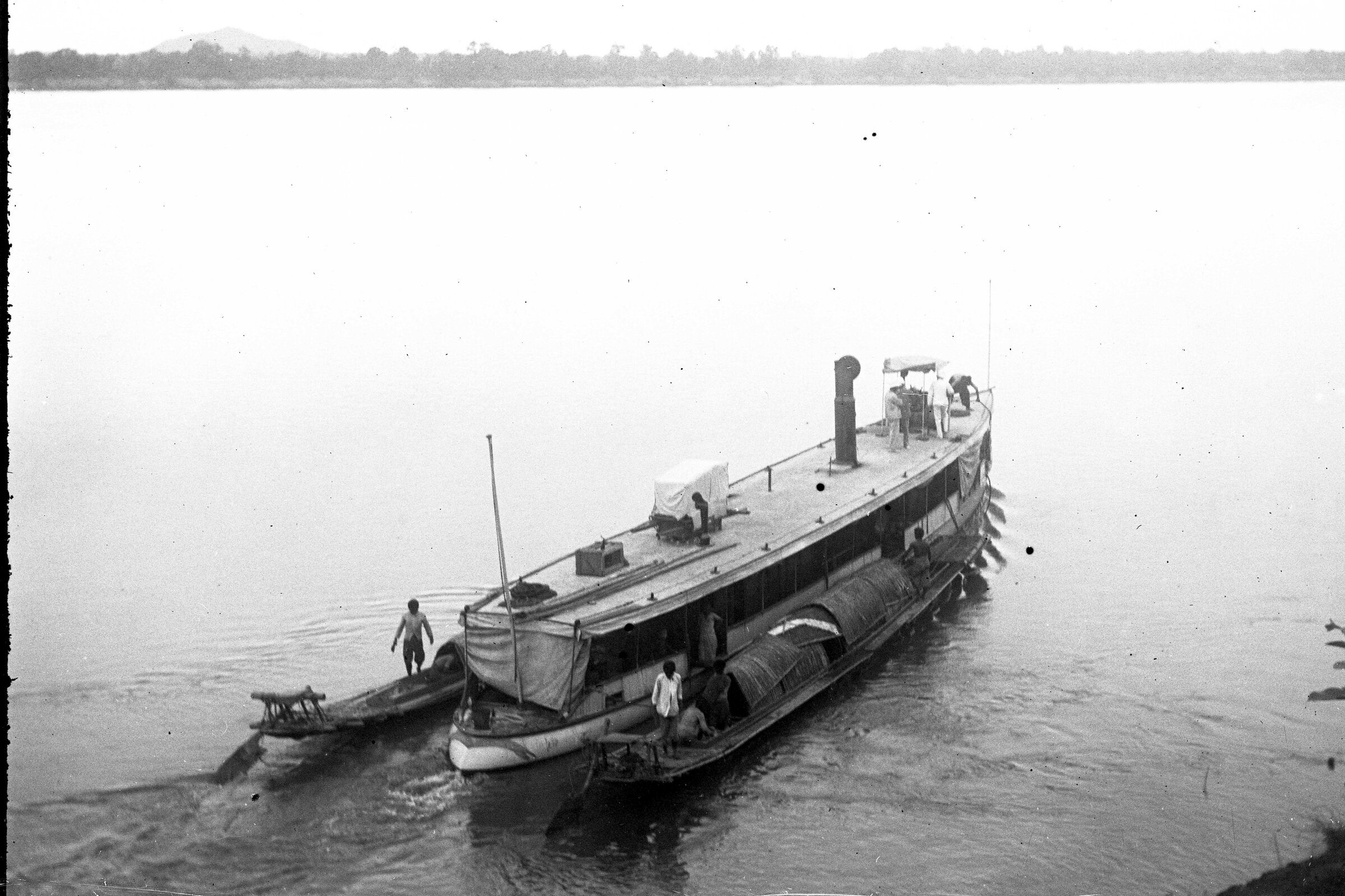

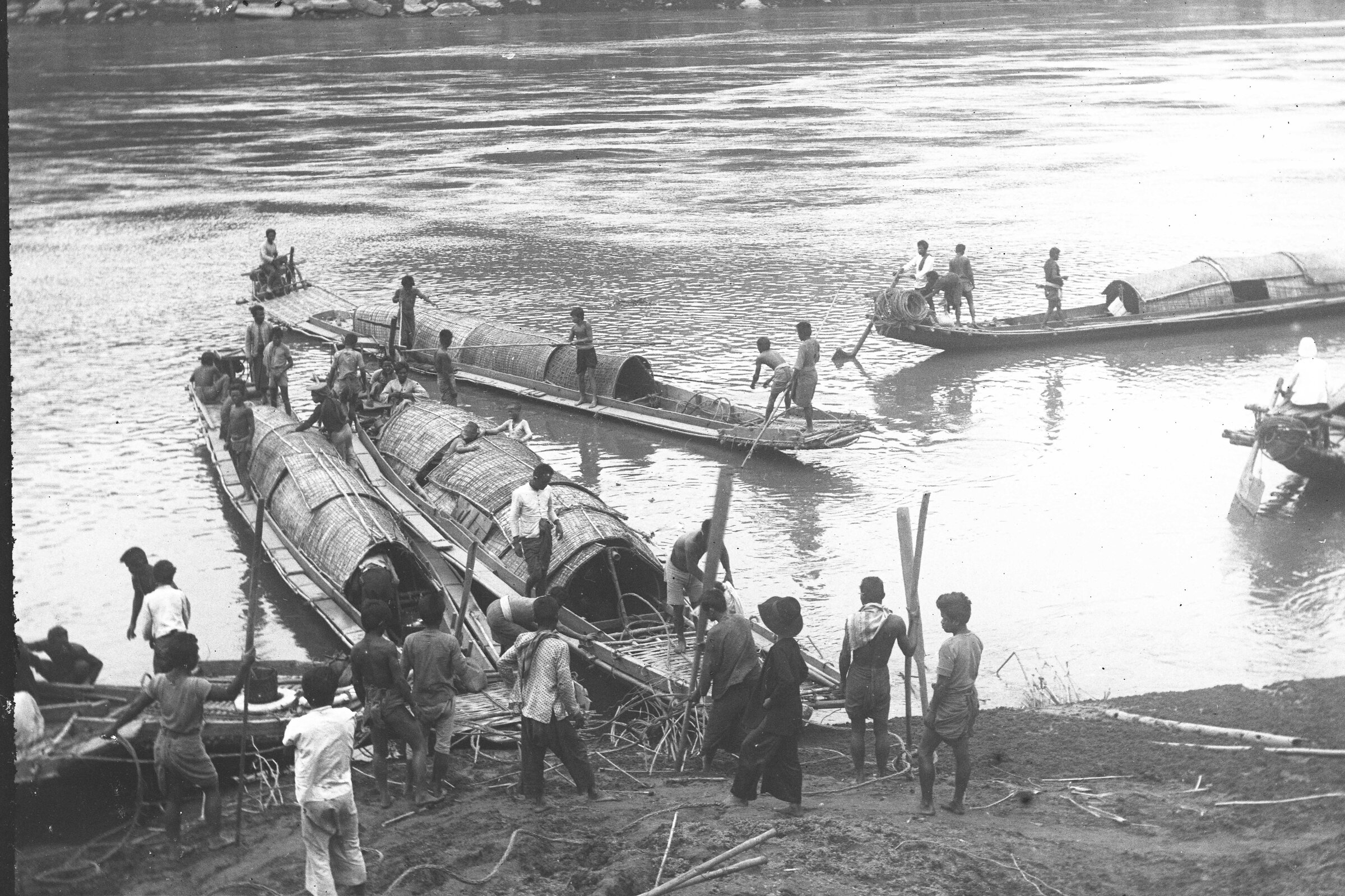
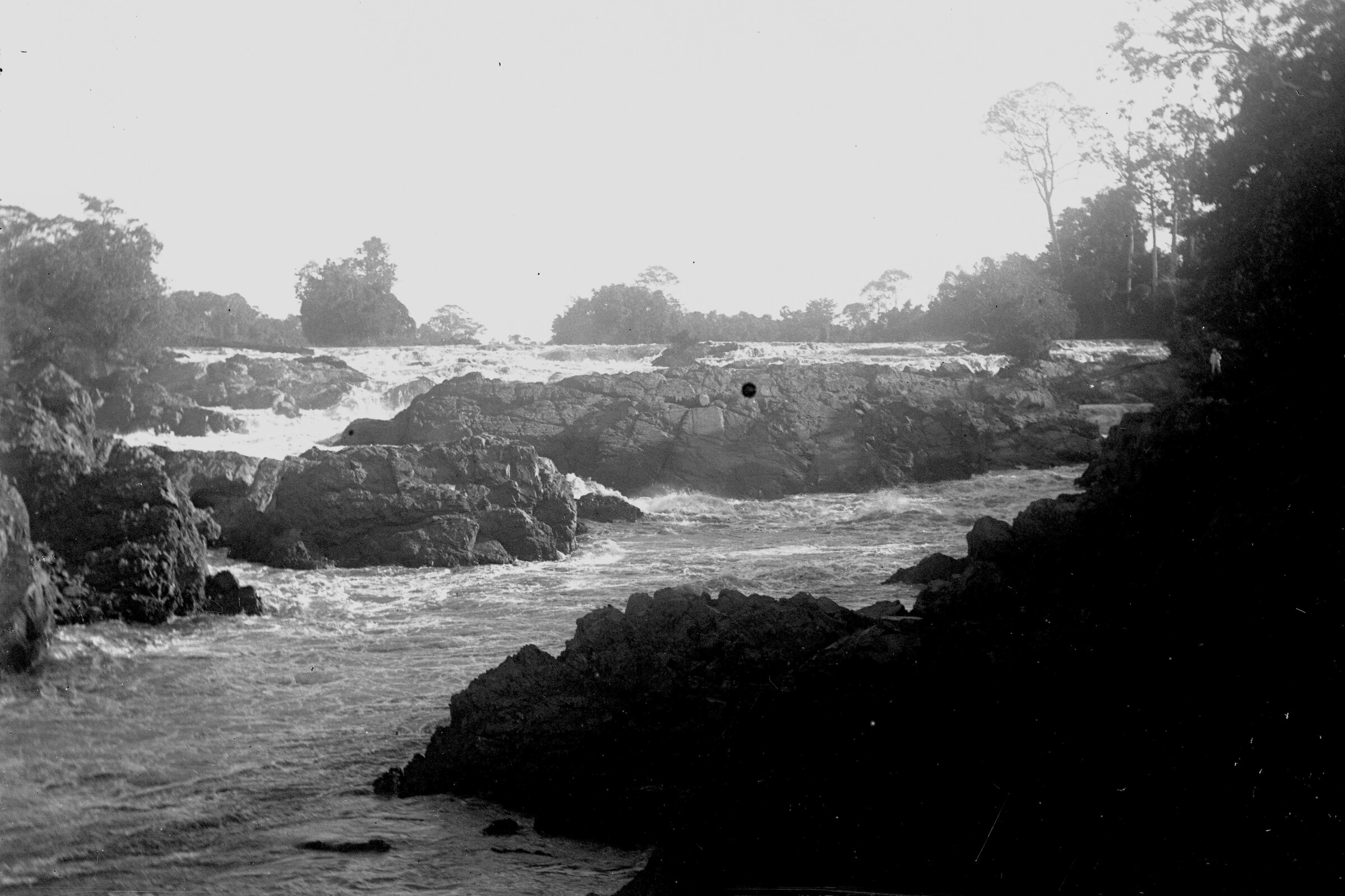
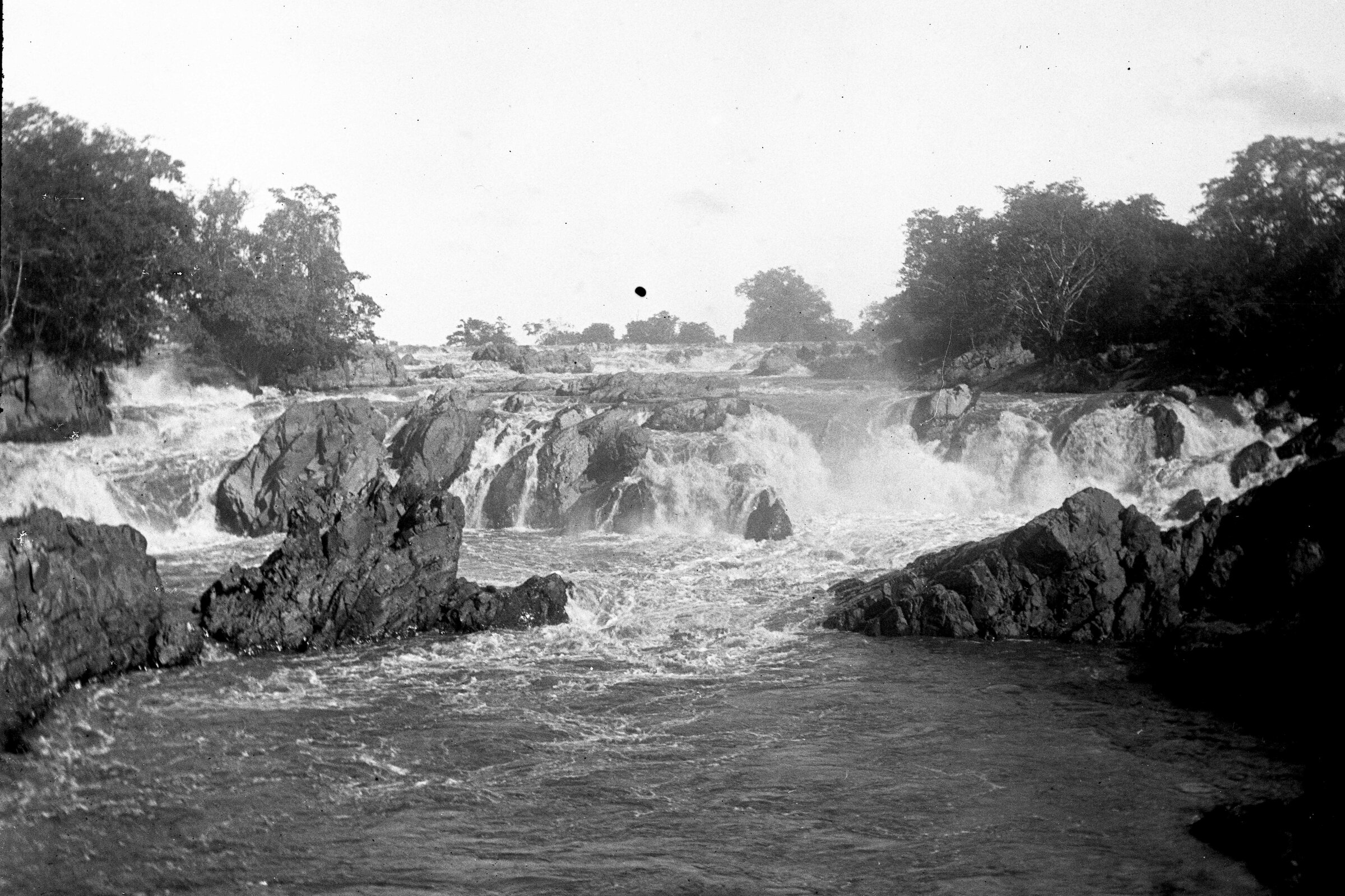
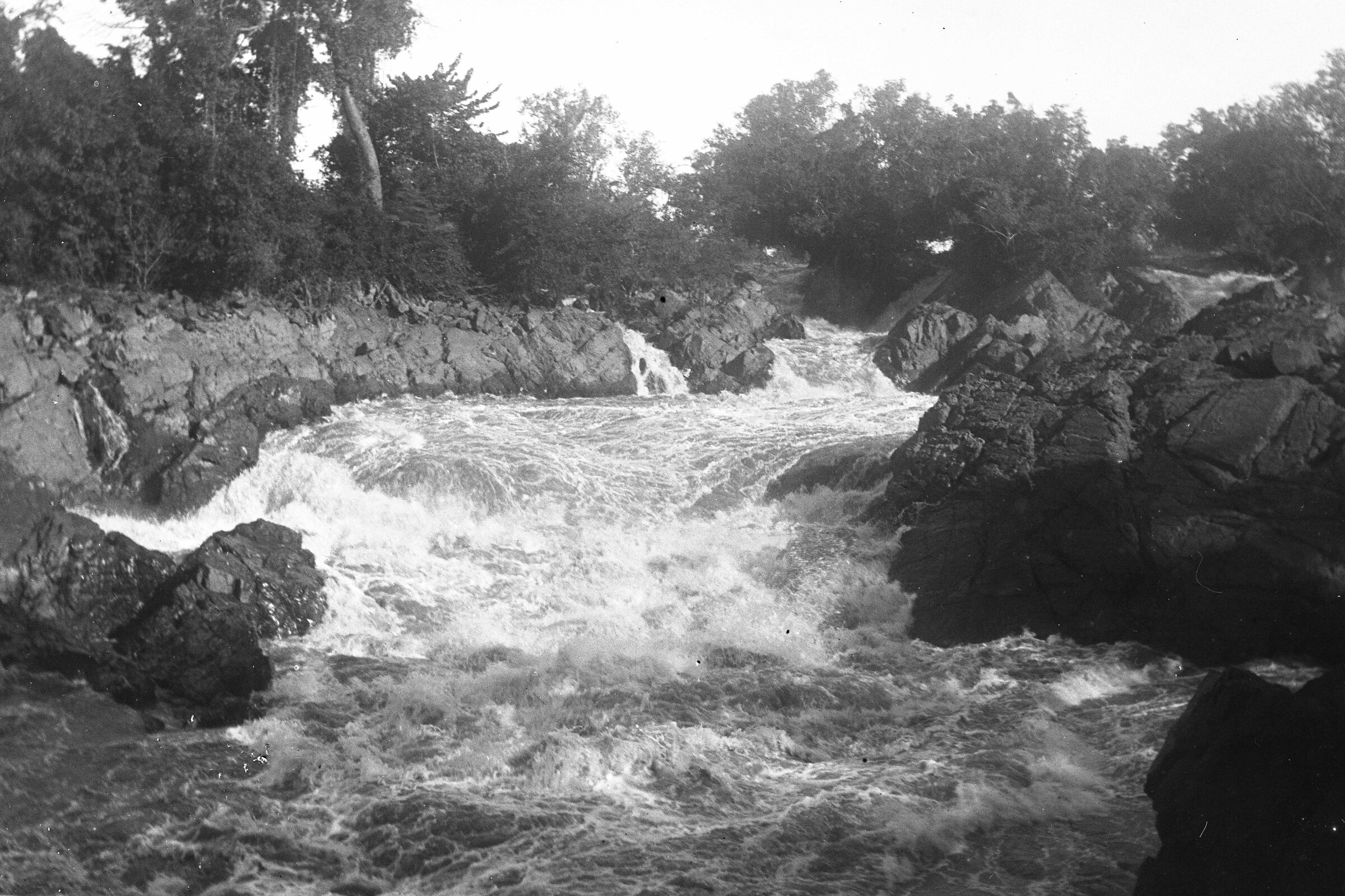
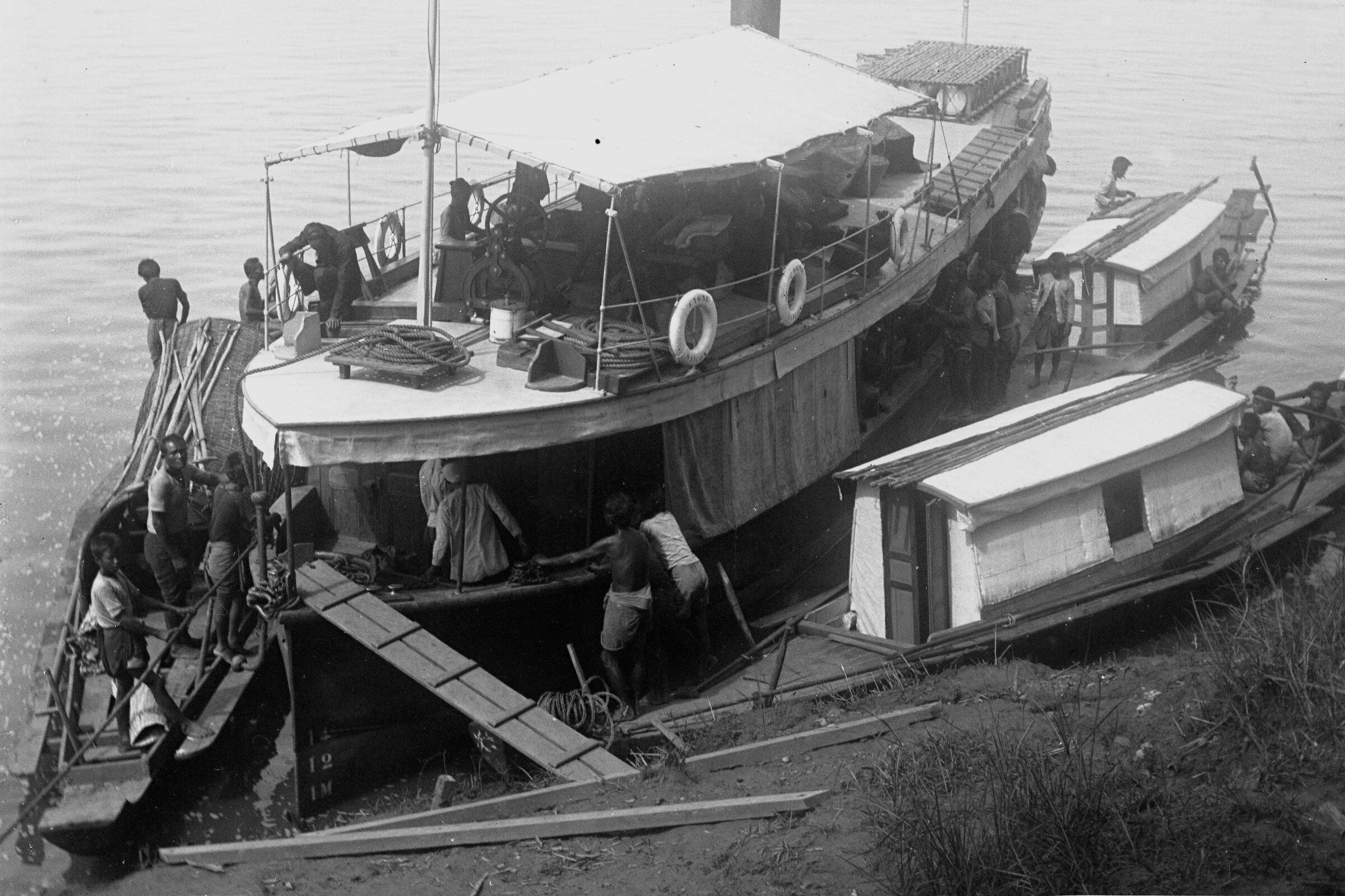
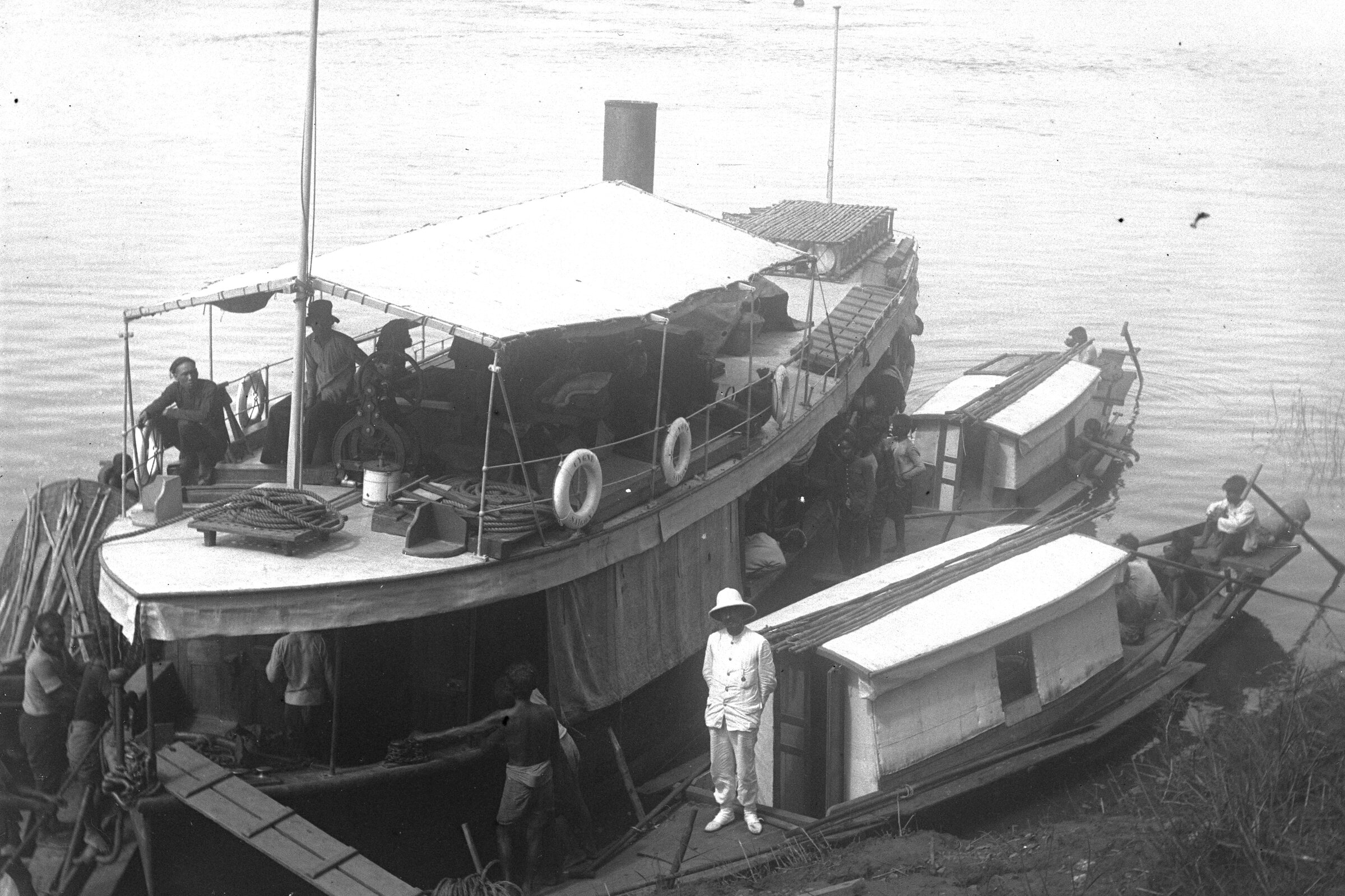
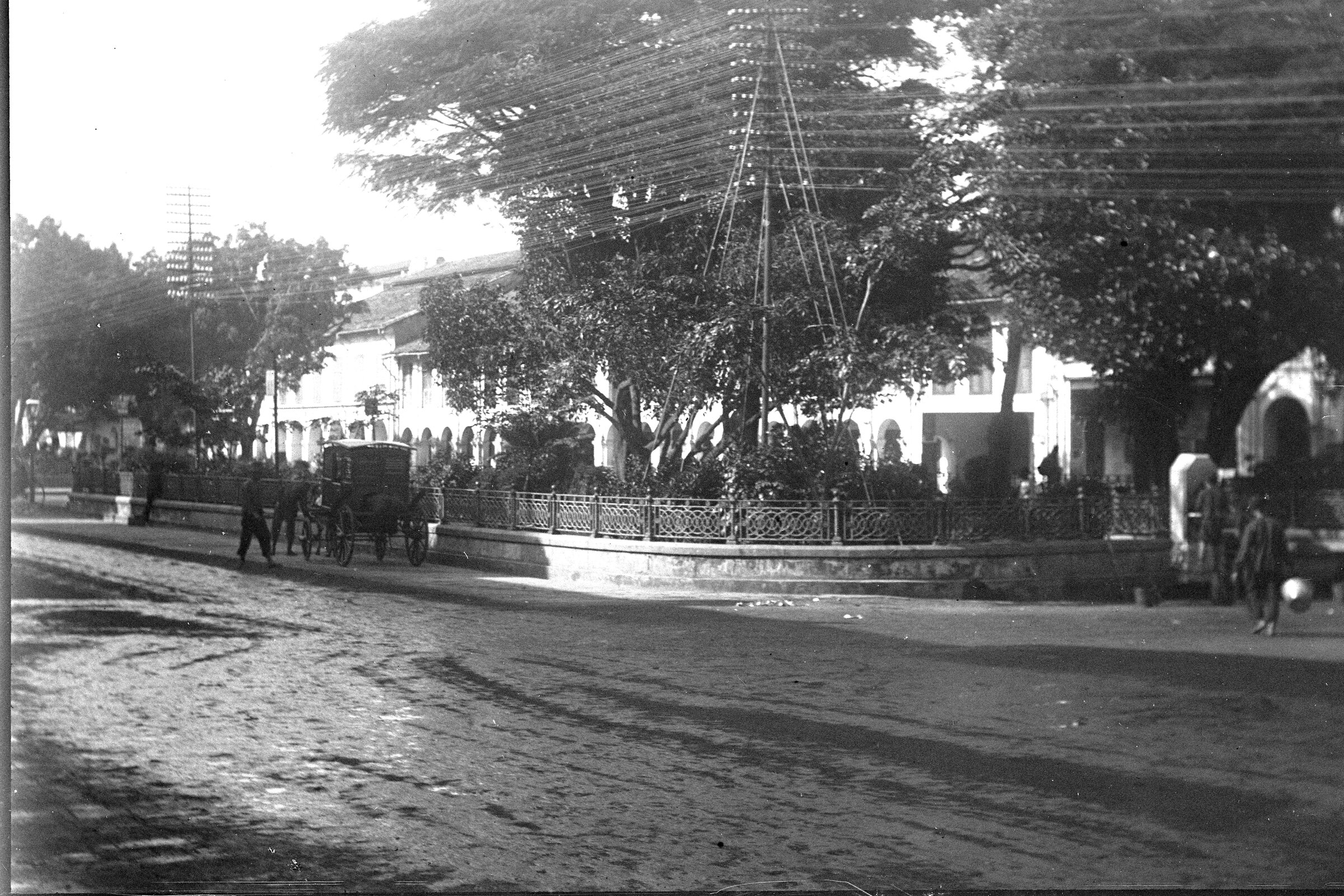
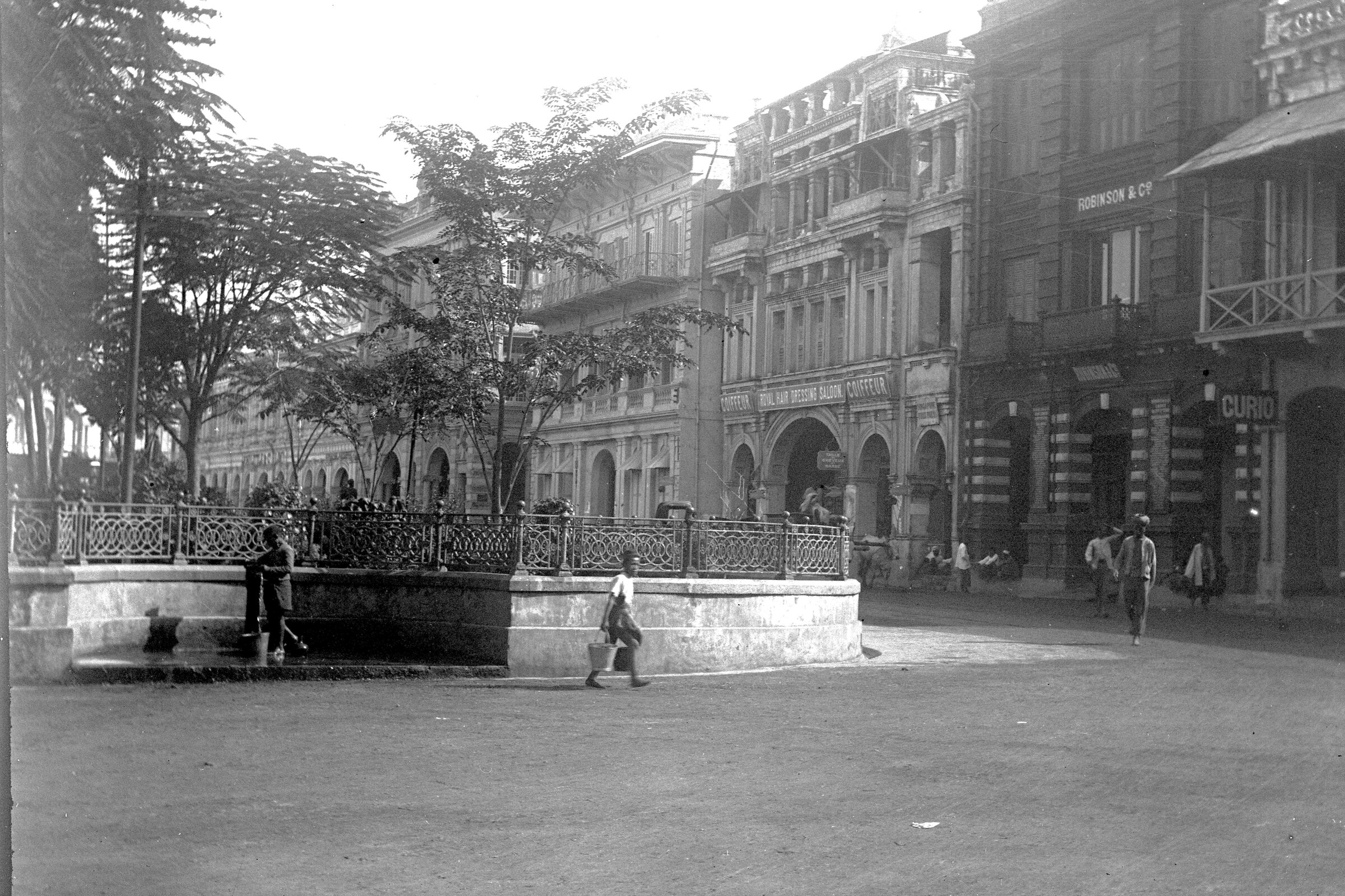
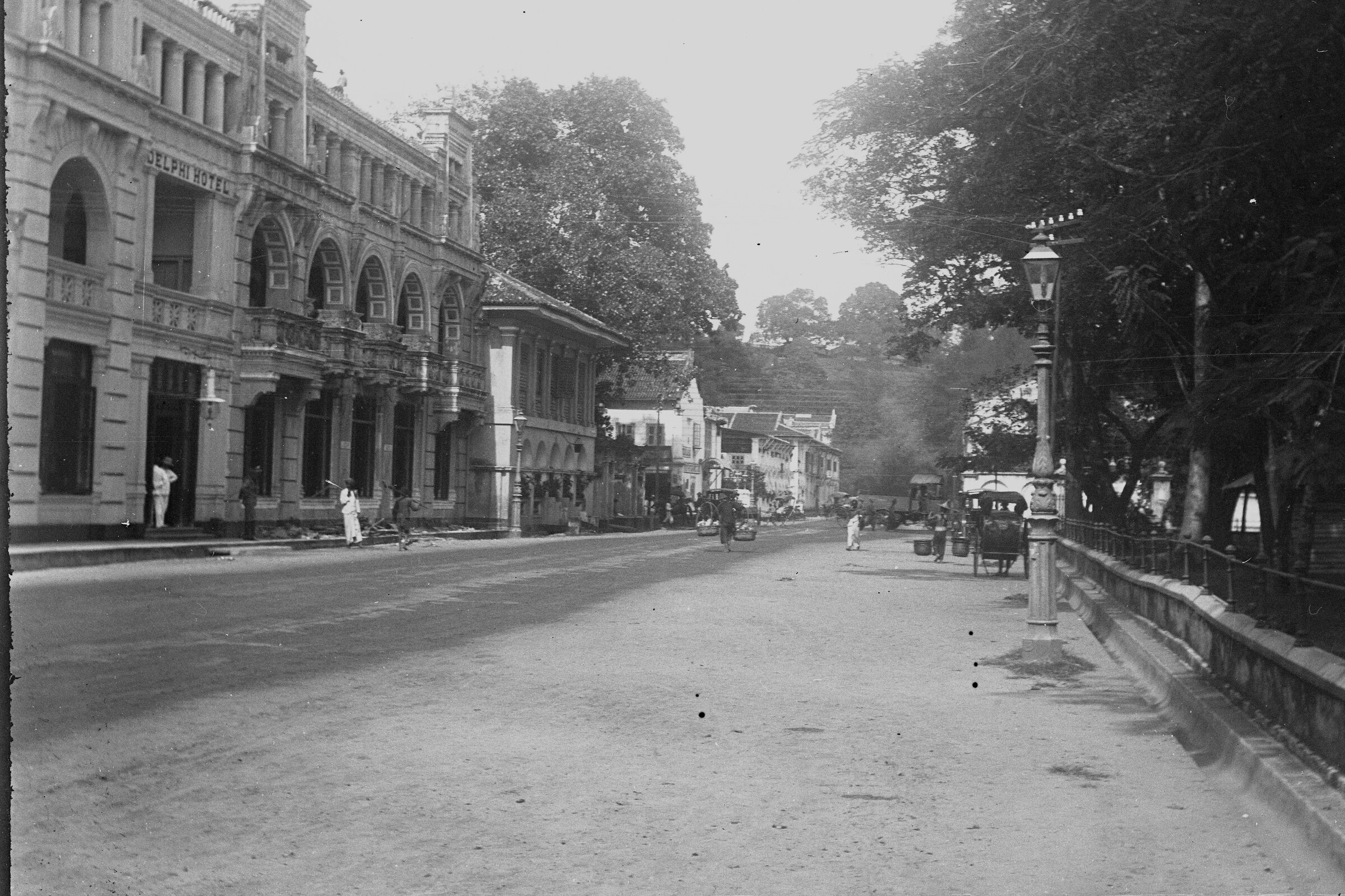

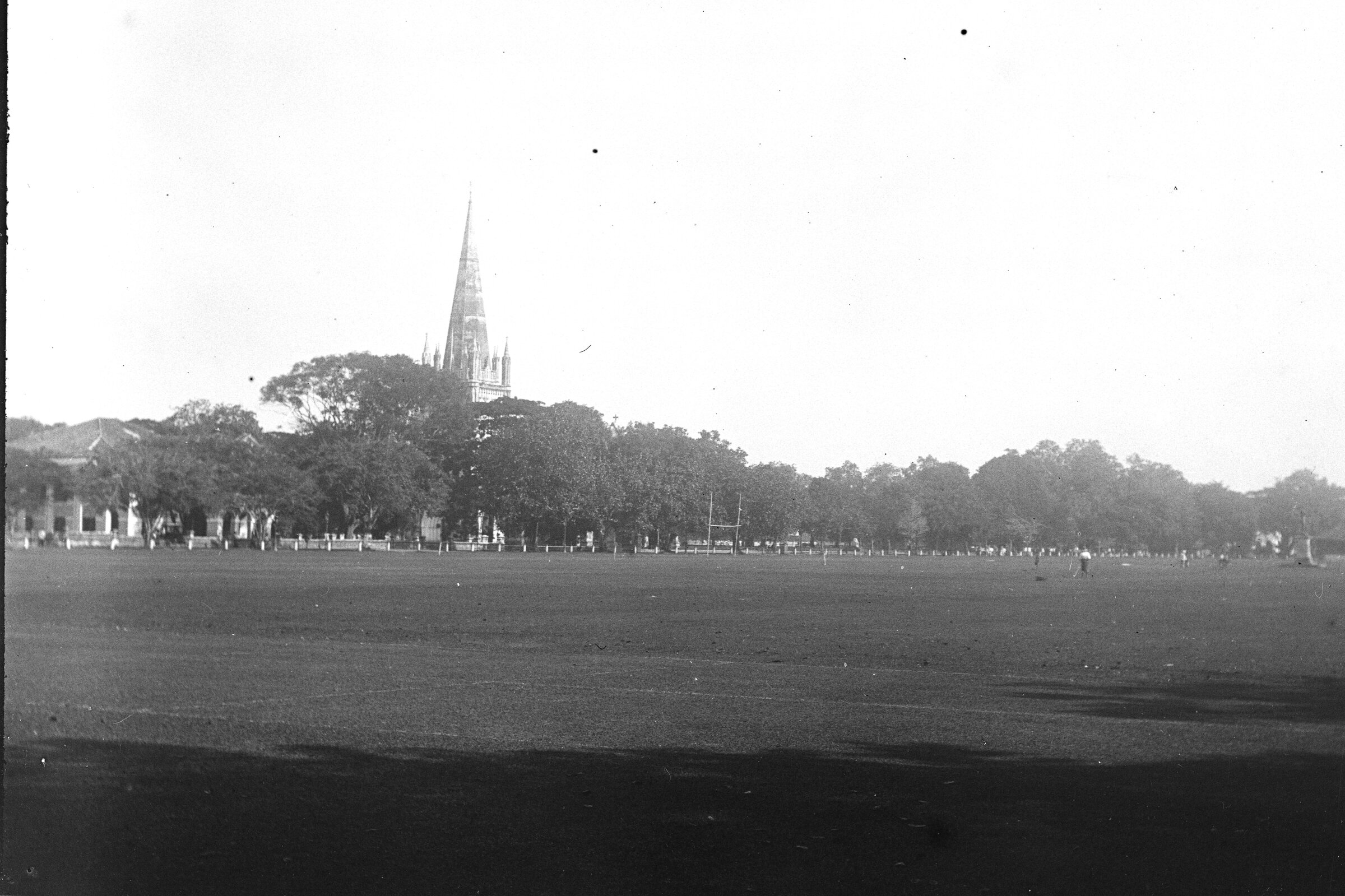
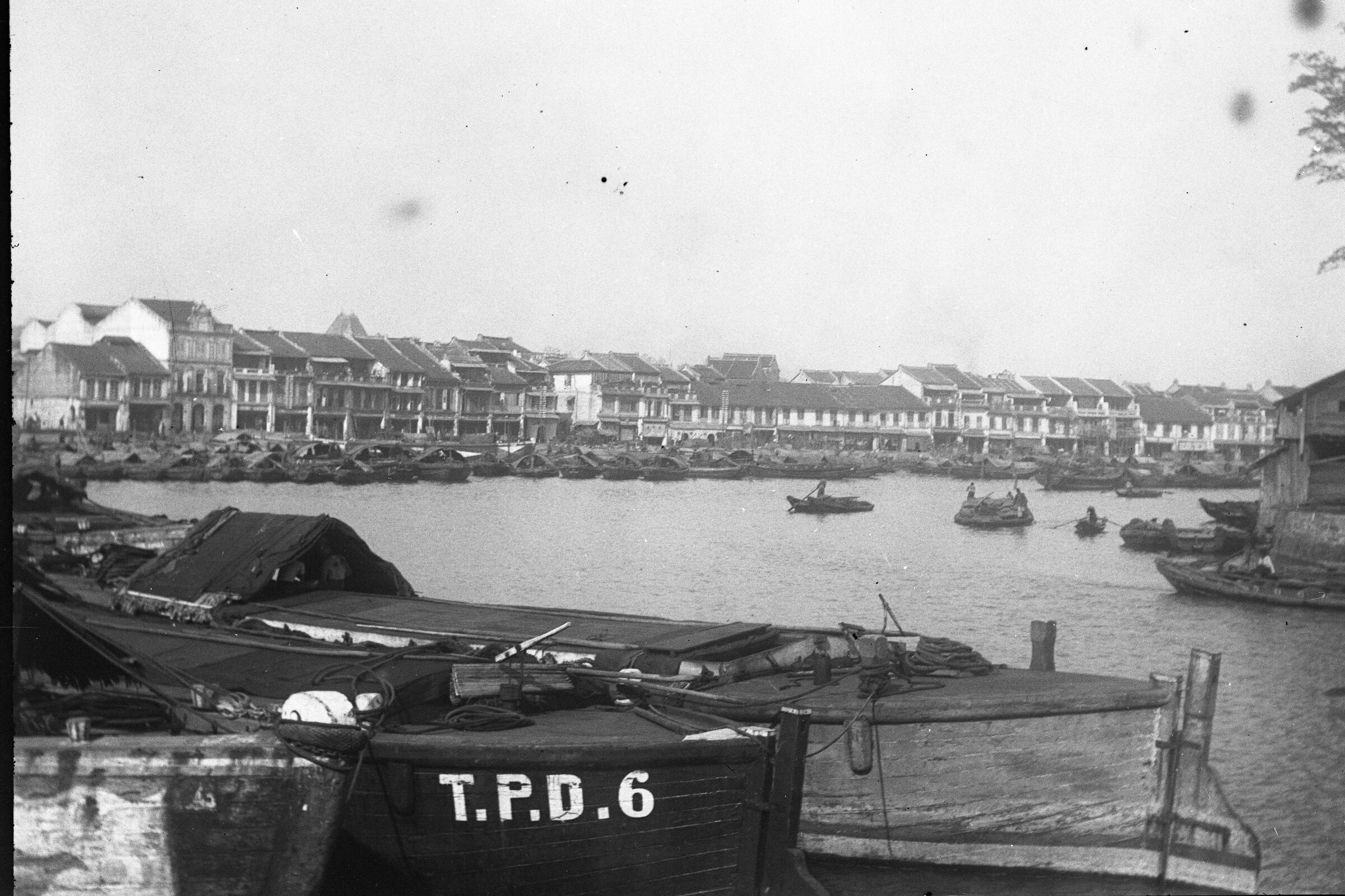
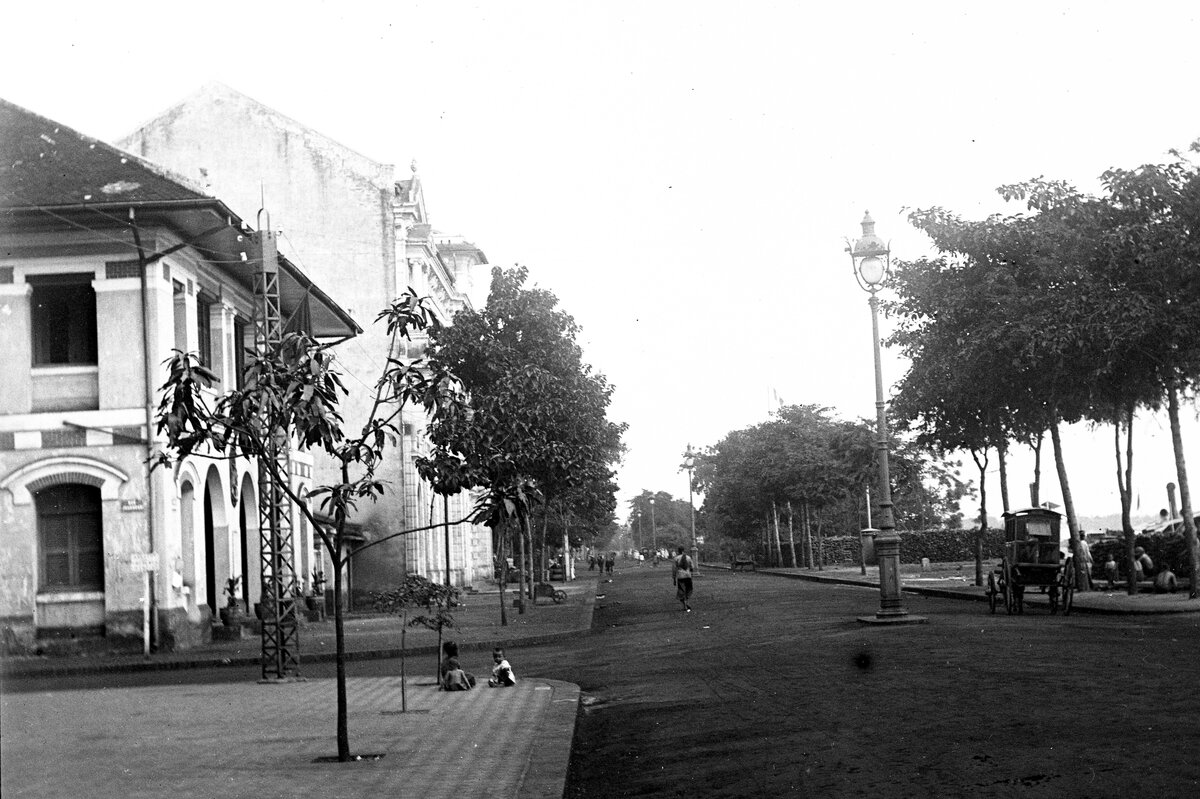
Published: 1905
Author: Louis Gascuel
Source: Gascuel Family Archive (courtesy of Anne Gascuel and Alain Gascuel)
When mining engineer Louis Gascuel (1865−1939) arrived in Saigon in August 1904, he was on a mission: assessing the tin mines of Hin Boun, a remote Laotian district. In January 1905, he had completed his report and sailed to Singapore. But the diligent specialist was also a fervent amateur photographer since his young age, and along the way he took some remarkable images of Saigon, Phnom Penh, the Mekong up and down river, the daily life of Laotian mine workers, and Singapore.
This serie of more than 100 never-published photographs can be enjoyed like a travelogue across “Indochina” of yore.
The collection
[original author’s caption in French, followed by English version with clarifications when needed]
- 005 > 029: Arrival in Saigon on French liner Manche, the city, Rue Catinat, Cholon.
- 030 > 034: Cruising from Saigon to Phnom Penh via Vinh Long.
- 035 > 054: Phnom Penh, the city, main market, Wat Phnom, elephants, Royal Palace, Royal Pagoda. [Note that that the Royal Pagoda [later called Silver Pagoda or Emerald Buddha Pagoda configuration has not changed much since 1904. And the “Iron Pavilion” can be seen on photo 051, left side.]
- 055 > 056: “Kompong Tiam” (Kompong Cham), river views, Australian mining engineer Opie on a boat. [Little is known about W.T. Opie, who was with Louis Gascuel on that trip, and was then or was to become manager of the Kitticoola gold mine in Australia.]
- 057 > 071: Pakse, Kemmarat Rapids: up north the Mekong River.
- 072 > 081: “Ban Ta Coua” (today Ban Nongboua, Hinboun district), village and mining operation. For more information about Hin Boun tin mining, see Louis Gascuel’s 1905 report.
- 082 > 096: Sailing down the Mekong River, via Pakse, Savannakhet and Khone waterfalls.
- 097 > 104: Singapore.
About L.G.‘s itinerary: transcription of place names being always tricky, what the traveler called “Boun Kla” (possibly Buon Kla in Vietnam?), “Huong Hin” (seemingly a Vietnamese name), and “Keng-ya-peut” has revealed itself impossible to locate. “Panom” probably stands for Nakhon Phanom, the Thai province spreading over the western bank of the Mekong in the area between Hinboun and Savannakhet. “Pak Se” stands obviously for Pakse, “Kemmarat” for Khemmarat and “Savannaket” for Savannakhet.
Our assumption is that Louis Gascuel sailed the Mekong River from Phnom Penh up to the place in Laos where the Nam Hinboun River runs into the Mekong, and on the way back exited Laos at the Khone waterfalls, heading through Vietnam back to Saigon, in order to sail to Singapore. The views of the city-state are particularly striking, and one wonders if the island depicted on photo 104 could be Sentosa.
The Photography
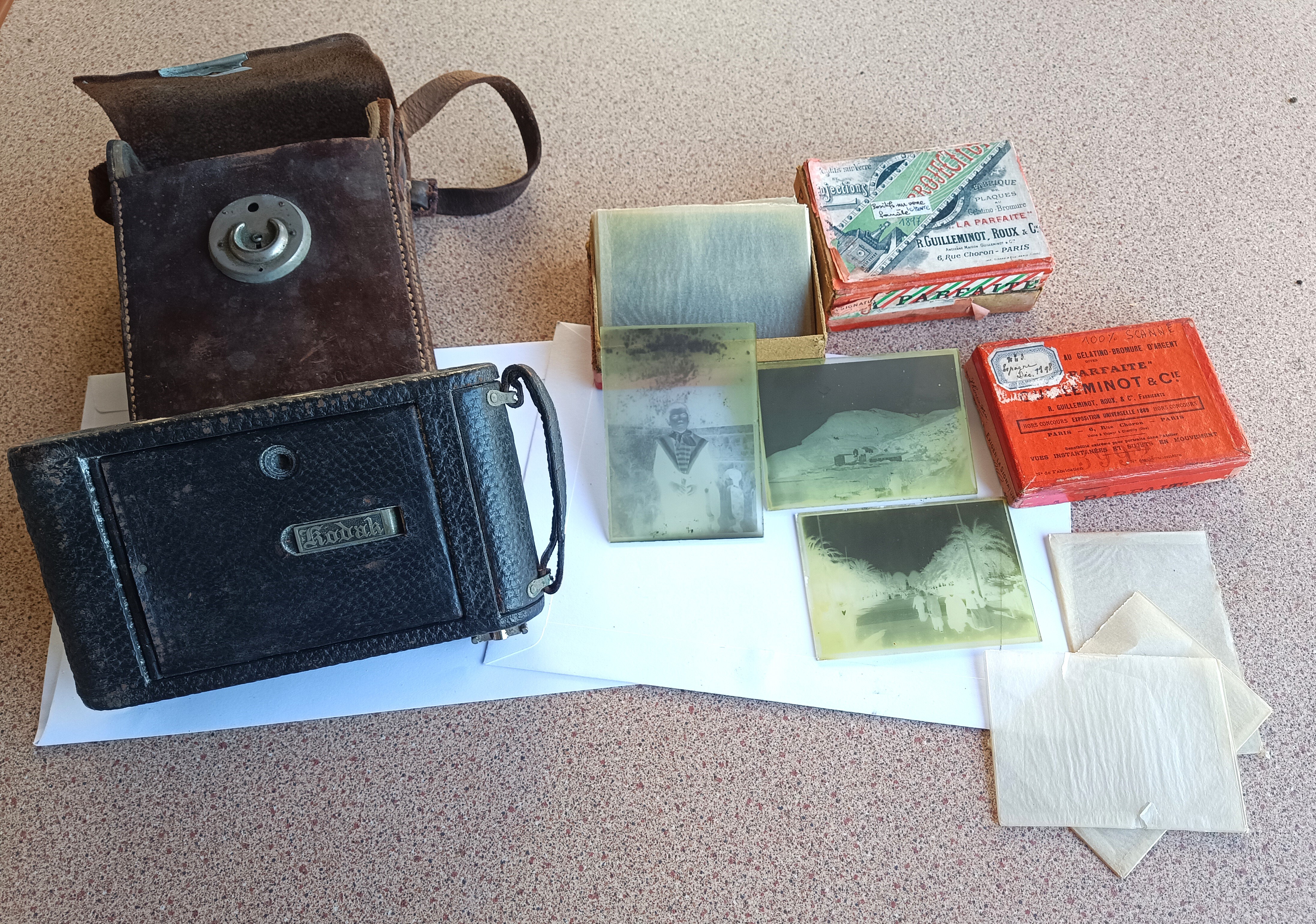
When Anne Gascuel, Louis’s grand-granddaughter, started to work over more than 1,000 images left at the family’s residence in Boisset (France), she had the prints originally made by her ancestor, “all faded and really small — 6 X 9 cm, the same size than the glass plates –, with his captions and, very meticulously, a code number referring to the boxes where the plates were kept. These boxes had been carefully stored, so I was able to identify each plate, and scan it to obtain a digital image.”
The “plaques au gélatino-bromure” [gelatin-silver bromide glass plates], branded “La Parfaite” and made by R. Guilleminot in Paris, were at that time the most advanced photographic medium, replacing the wet collodion plates. Since 1871, when English physician Richard Leach Maddox conceived the gelatin-bromide combination, and 1878, when chimist Charles Harper Bennett found out that the emulsion better stabilized upon the glass surface if prealably heated, these plates became so reactive that they allowed for 1⁄25 second shooting.
For exacting amateur photographers like Louis Gascuel, the plate remained superior to the film, which at its origin was highly inflammable and could not be easily developed, especially when traveling to remote places. Even if he used a portable Kodak camera — possibly two during his life, according to Anne Gascuel –, he never was tempted by the pre-loaded cameras the George Eastman’s company started to commercialize as early as 1888.
The Boats
During his travel to Laos mines, Louis Gascuel boarded 1) upriver, chaloupe a vapeur (steam launch) La Garcerie, 2) downriver, steam launch Le Massie. In 2016, the discovery of a wrecked ship in the Mekong waters near Ban Tha Krai Buen-Kan Province, Thailand (close to Laos border), triggered a technical research on these boats, both operated in the 1900s by the Messageries Fluviales. Le Massie, originally a 26-meter French Navy gunboat, had been converted into a civil boat in 1893, and took part in the famous “Mission hydrographique du Haut Mékong” led by Lt Georges Eugène Simon in 1897. Interestingly, this boat had a Laotian (or Vietnamese) captain in the 1900s, Huu, while other Messageries boats were steered by French pilots. La Garcerie, a 50-meter steamer, had been built by Dubigeon Shipbuilders in Nantes (France) in 1895 directly for the Messageries. [source: Frédéric Pécout, Découverte d’une chaloupe à vapeur (Mékong) Thaïlande, rapport d’expertise, INRAP, 2016, hal-01773796, with Ms. Sirin Yuanyaidee, Head of Ban Chiang National Museum (in French)].
In addition, the traveler used several smaller boats and pirogues during his trip.
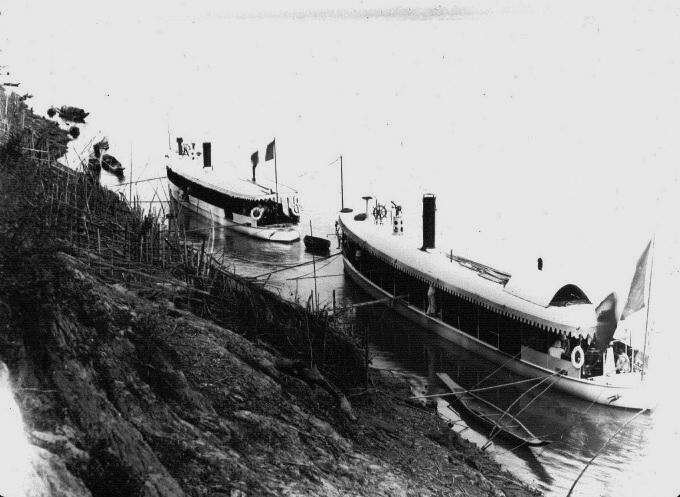
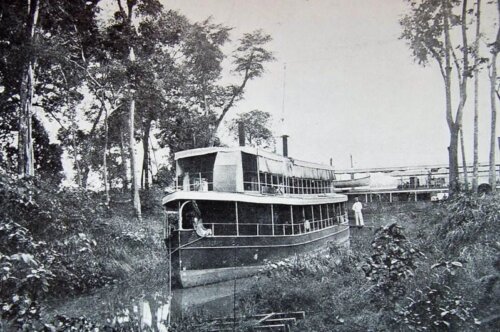
Tags: Modern Cambodia, mines, mining, Lao, French Indochina, photography, 1900s, French travelers, Phnom Penh Royal Palace, Singapore, Mekong River, boats, ships
About the Photographer
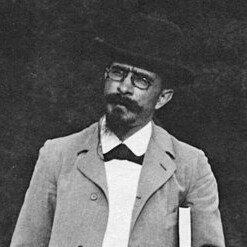
Louis Gascuel
Louis Gascuel (23 Dec. 1865, Alès, France — 12 March 1939, Alès, France) was a mining civil engineer and alumni of École Polytechnique (year group 1885) who visited Cambodia in 1905, on his way to the Hin Boun (Hinboun) tin mines in central Laos, close to the Thai border.
From 1896 to 1923, he traveled the world extensively, first with wife Emma Gascuel (they had married in Le Havre in 1893) for a worldwide tour starting in Australia and New Zeland, then to the USA (1896−1897), followed by a visit to Brazil in 1897 – 1898, and later on his own for mining prospection, for instance to Coolgardie, the Western Australia gold deposit at the core of the 1890s Australian gold rush (up to seven hundred mining companies were based in the town of Coolgardie, established in 1892 and the third largest settlement at the time, were registered with the London Stock Exchange.
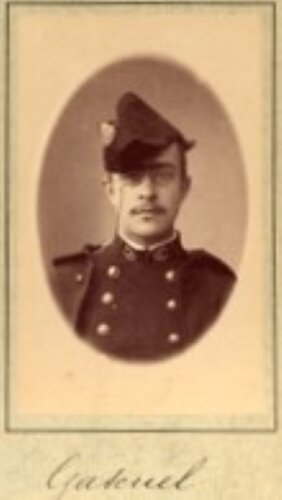

In July 1904, the Banque de l’Union Parisienne tasked him with the the assessment of Hin Boun tin deposit, in Laos’ Nam Pathen River Valley, which he reached via Singapore, Saigon and Phnom Penh. When Gascuel inspected the site, the company operating Hin Boun was in trouble: its first prospector, Ménager, had been killed by his Vietnamese workers only two months after its launching, and even if the Société des Etains du Hin Boun had officially received a 1,650 ha concession in 1902 — and a promise from Governor-General Paul Doumer that a road would be built to access this remote, mountainous area -, mining operations were ill-organized, Gascuel estimating the total production at “2 to 3 tons per year”.
Noting that the mine shafts “never go more than five meters below ground, without any wood framing”, that “men dig after the November harverst until February, with women and children carrying away the soil to filter it”, he remarked that the site was “un indescriptible chaos de tas de terre, de blocs amoncelés, d’excavations et de trous de toutes formes” [“an indescribable chaos of piles of earth, piled up blocks, excavations and cavities of all shapes”]. (Gascuel’s report in Annales des Mines 1905)

The colonialist lobby blamed SAEHB’s failure partly on Gascuel’s report, while he was only giving his expert assessment. On 19 May 1919, L’Eveil écononique de l’Indochine railed against what it called a “fiasco”: “En 1902, 113 Annamites et Laotiens étaient employés par la Société, une petite usine traitait 4 tonnes de minerai brut par jour; un arrêté du Gouverneur Général du 3 juin 1903 accordait la Société des Étains du Hin-Boun la concession définitive de trois périmètres miniers dans la vallée de la Nam Patène. Les publications de l’époque se font l’écho de vastes projets de la Société : on devait créer des pâturages, des rizières, on espérait une extraction de 1.200 tonnes d’étain métal ; à Saigon, à la devanture des magasins Jacque, des saumons d’étain de Bao Ta Coua étaient exposés. En août 1903, on annonce que les travaux de recherché et de laboratoire sont terminés, et que l’entreprise va entrer dans la période d’exploitation : le capital des Étains de Hin-Boun va être porté à 3 millions de francs, la moitié étant souscrite à Paris, l’autre moitié étant assurée par la Banque de l’Indochine et la « Société des Mines d’Or ». Après cela, plus rien. Ban Ta Coua sombre dans le silence et dans l’oubli, la Société des Étains du Hin-Boun est dissoute, un de ses principaux actionnaires se refusant à prolonger la vie de la Société, né fut-ce que pour conserver les concessions. Pour n’avoir pas voulu acquitter quelques centaines de francs par an de redevances, le groupe laisse échapper des gisements que la Bourse a capitalisés aujourd’hui à plus d’un milliard. À partir de 1904, semble-t-il, les périmètres sont à qui veut les prendre. Il y a un milliard là, par terre, dans la vallée de la Nam Patème, mais personne né se baisse pour le ramasser. Pourquoi la Société des Étains du Bin-Boun a‑t-elle abandonné la partie ? Nous nous sommes laissé dire qu’elle avait eu affaire à un ingénieur peu compétent et pessimiste. En tout cas, après le qu’elle eût abandonné les gisements, personne né voulut s’y intéresser.” [In 1902, 113 Annamese and Laotians were employed by the Company, a small factory processed 4 tons of raw ore per day; a decree from the Governor General of June 3, 1903 granted the Société des Étains du Hin-Boun the definitive concession of three mining perimeters in the Nam Pathen Valley. Publications of the time lauded the Company’s vast projects: pastures and rice fields were to be created, and 1,200 tons of tin metal were hoped to be extracted; in Saigon, in the windows of Magasins Jacque, tin blocks from Bao Ta Coua were on display. In August 1903, it was announced that the research and laboratory work was completed, and that the company would enter the operating period: the capital of Étains de Hin-Boun would be increased to 3 million francs, half being subscribed to in Paris , the other half being provided by the Bank of Indochina and the “Société des Mines d’Or”. After that, nothing more. Ban Ta Coua sinks into silence and oblivion, the Hin-Boun Tin Company is dissolved, one of its main shareholders refusing to prolong the life of the Company, if only to preserve the concessions. To not have unwilling to pay a few hundred francs per year in royalties, the group let slip deposits that the Stock Exchange has today capitalized at more than a billion. From 1904, it seems, the perimeters are for whoever wants to take them. There are a billion there, on the ground, in the valley of the Nam Patème, but no one bends down to to pick it up. Why did the Société des Etains du Bin-Boun abandon the game? We were told that it had dealt with an incompetent and pessimistic engineer. In any case, now that she had abandoned the deposits, no one wanted to be interested in them.”]
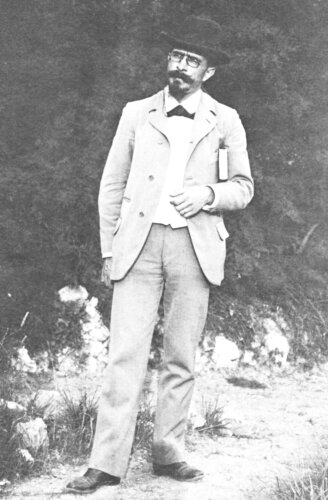
Louis Gascuel also traveled to Borneo and Sebuku Islands in 1901 and 1906, and to Algeria (Ain Sefra in 1901, Constantine in 1908).
From August to December 1909, Louis Gascuel went on a mission to Carocoro, Savanilla (Colombia), Guayaquil (Ecuador), Arequipa (Peru), La Paz (Bolivia), Santiago de Chile (Chile), and was back to Peru from October 1910 to March 1911, spending most of his time there from 1913 to 1920. Two Peruvian mining sites occupied him: The Huarón mine, a vast polymetallic (Zn-Pb-Ag-Cu) deposit in central Peru, one of the largest silver reserve in the world exploited since 1912 and operated since 2001 by Pan American Silver; and the three major silver mining sites of the Cerro de Pasco area, already mined by the Spaniards and taken over in 1913 by a “syndicate” aggregating some of the wealthiest American investors like James Ben Ali Haggin, Alfred W. McCune, George and Phoebe Hearst, J. P. Morgan, Henry Clay Frick and the Vanderbilts.
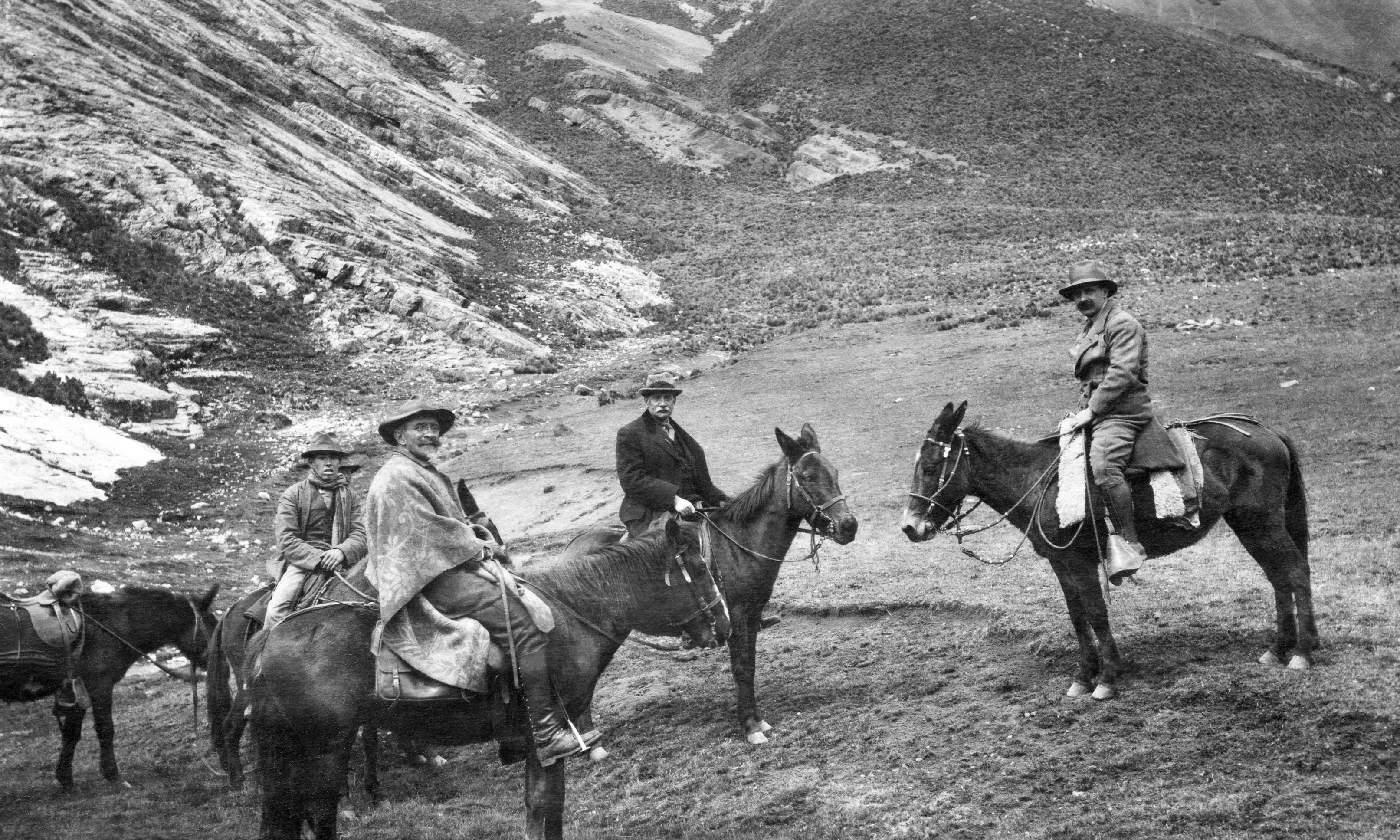
A member of the Société des américanistes since 1921, Louis Gascuel was an accomplished amateur photographer, and brought back from his travels more than 1,000 photographs on quarter (6 x 9 cm) glass plates, always dating and captioning them. One of his great-granddaughters, Ms. Anne Gascuel, has recently completed the restoration and digizitization of negatives taken from the plates.
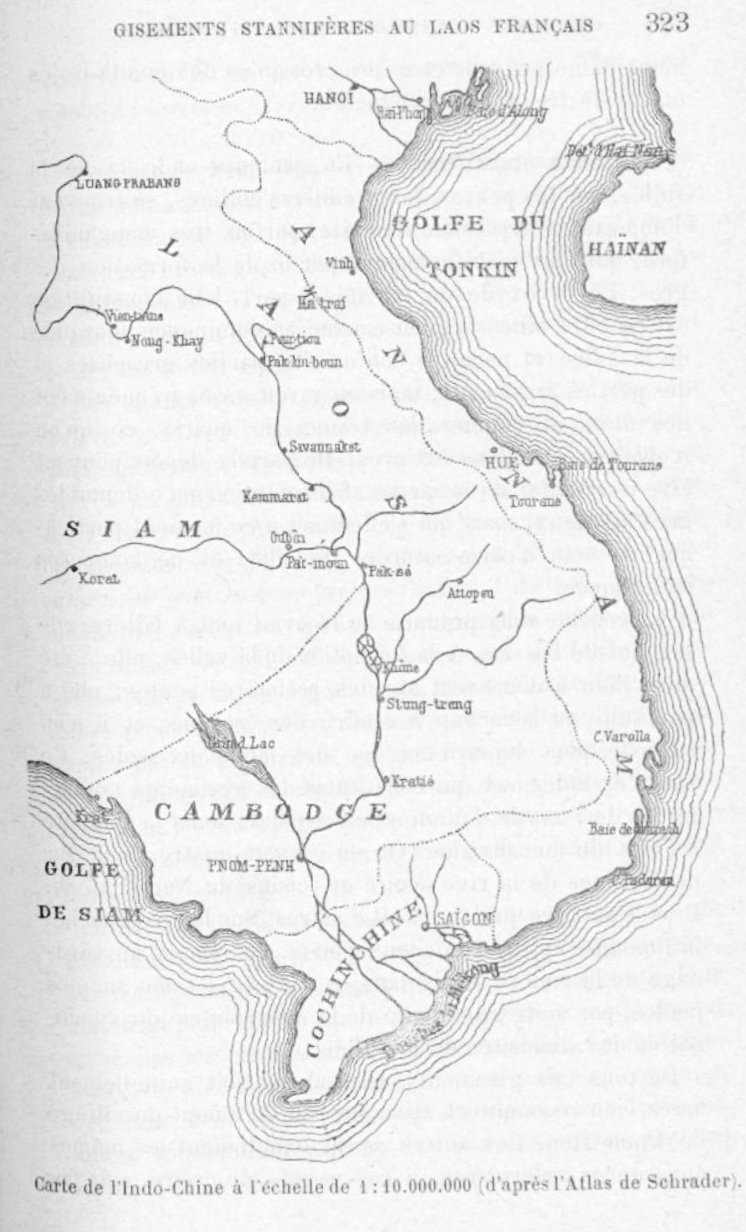
Publications:
- “Notes sur les champs d’or de Coolgardie” (Dunod ed., Paris, 1899)
- “Note sur le district cuprifère de Walloroo (Australie du Sud)” (Dunod, Paris, 23p.,1900?)
- “Les Gisements diamantifères de la région sud-est de l’île de Bornéo, possessions hollandaises” (1901)
- “Société anonyme des étains du Hin-Boun, Laos. Rapports de MM. L. Gascuel et J. S. Mac Arthur” (1905)
- “Gisements stannifères au Laos français”, in Annales des Mines, serie 10, vol 8, September 1905, pp 321 – 31.
- “L’Or à Madagascar” (1906)
- “Le gisement de Cerro de Pasco (Pérou)”, in Annales des Mines, XVII, p, 660 (1913?).
References:
- Alfred Lacroix, “Sur les gisements stannifères de Hin-Boun (Laos)”, Bulletin de la Société française de Minéralogie, volume 24, 8, 1901. pp. 422 – 425 [in French].
- Marc Mouscadet, “L’exploitation des ressources du sous-sol au Laos à l’époque coloniale de 1893 à 1940”, INALCO/HTSM, Paris, 2013) [in French].
[Thanks to Alain Gascuel, one of Louis Gascuel’s grandsons, a former journalist and founder of Cambodge Nouveau magazine (1994−2014), for pointing this research to us, and to Anne Gascuel for sharing her research on her ancestor’s archive.]


